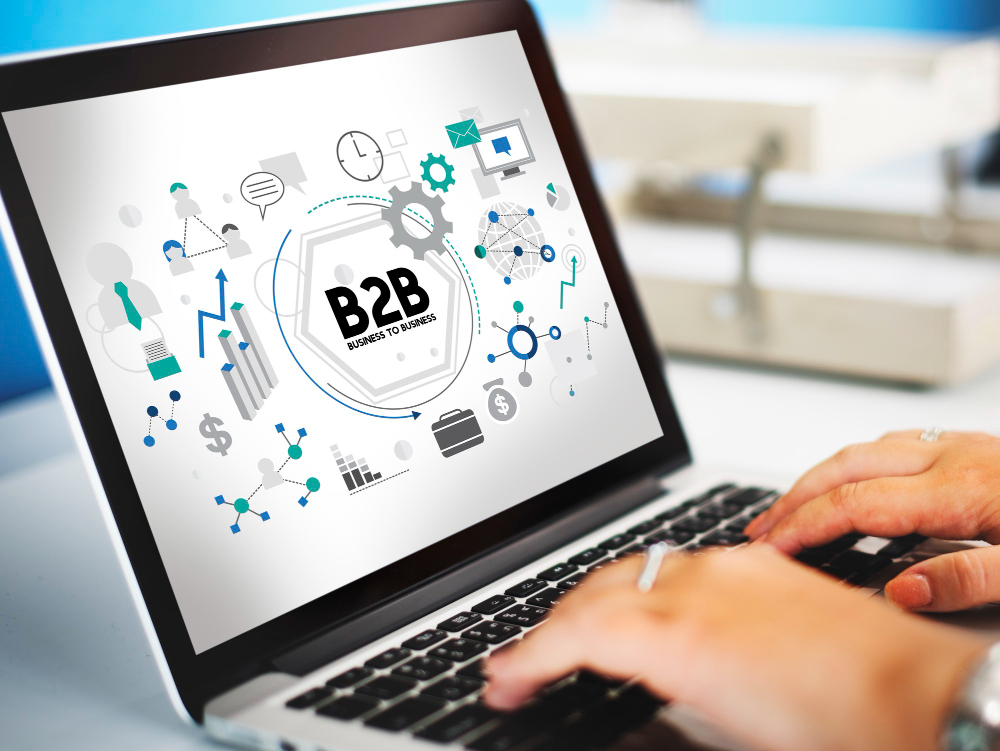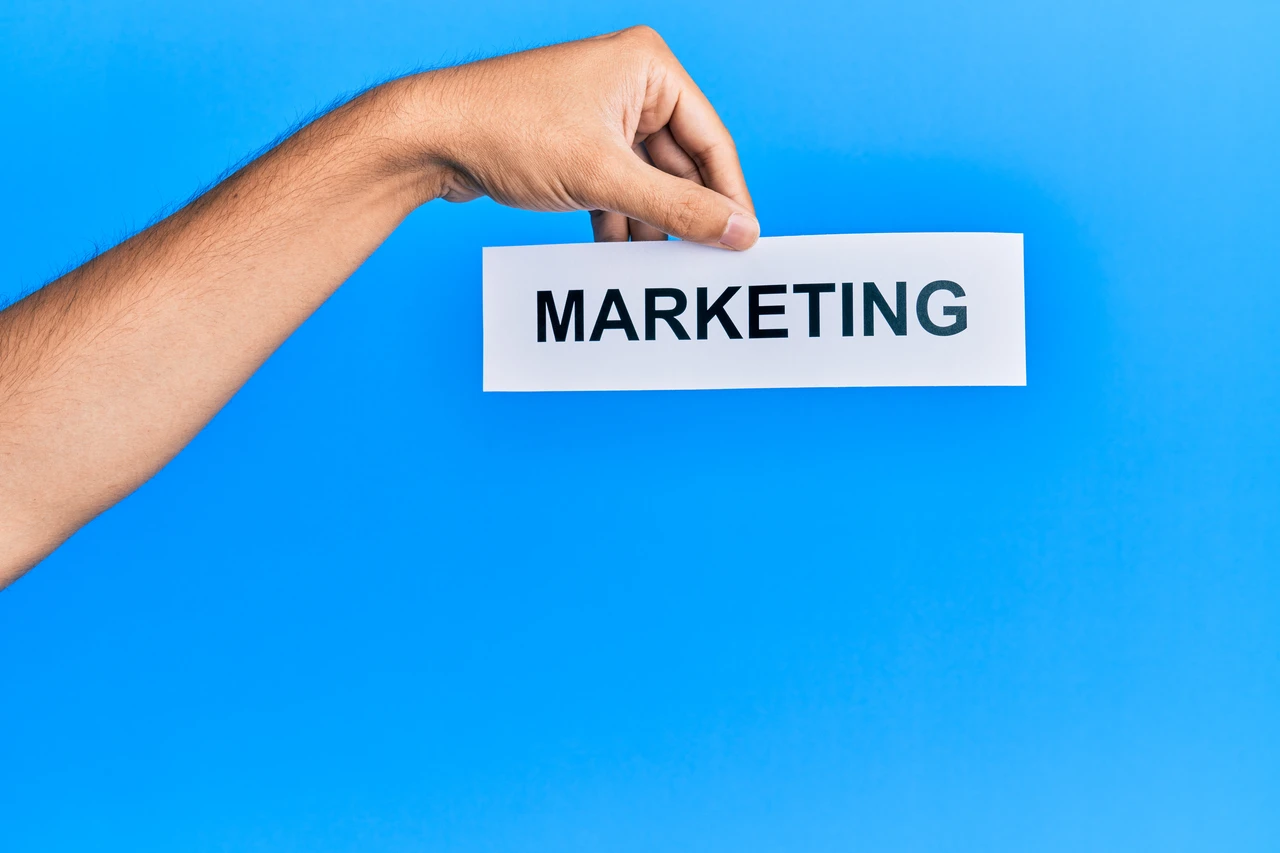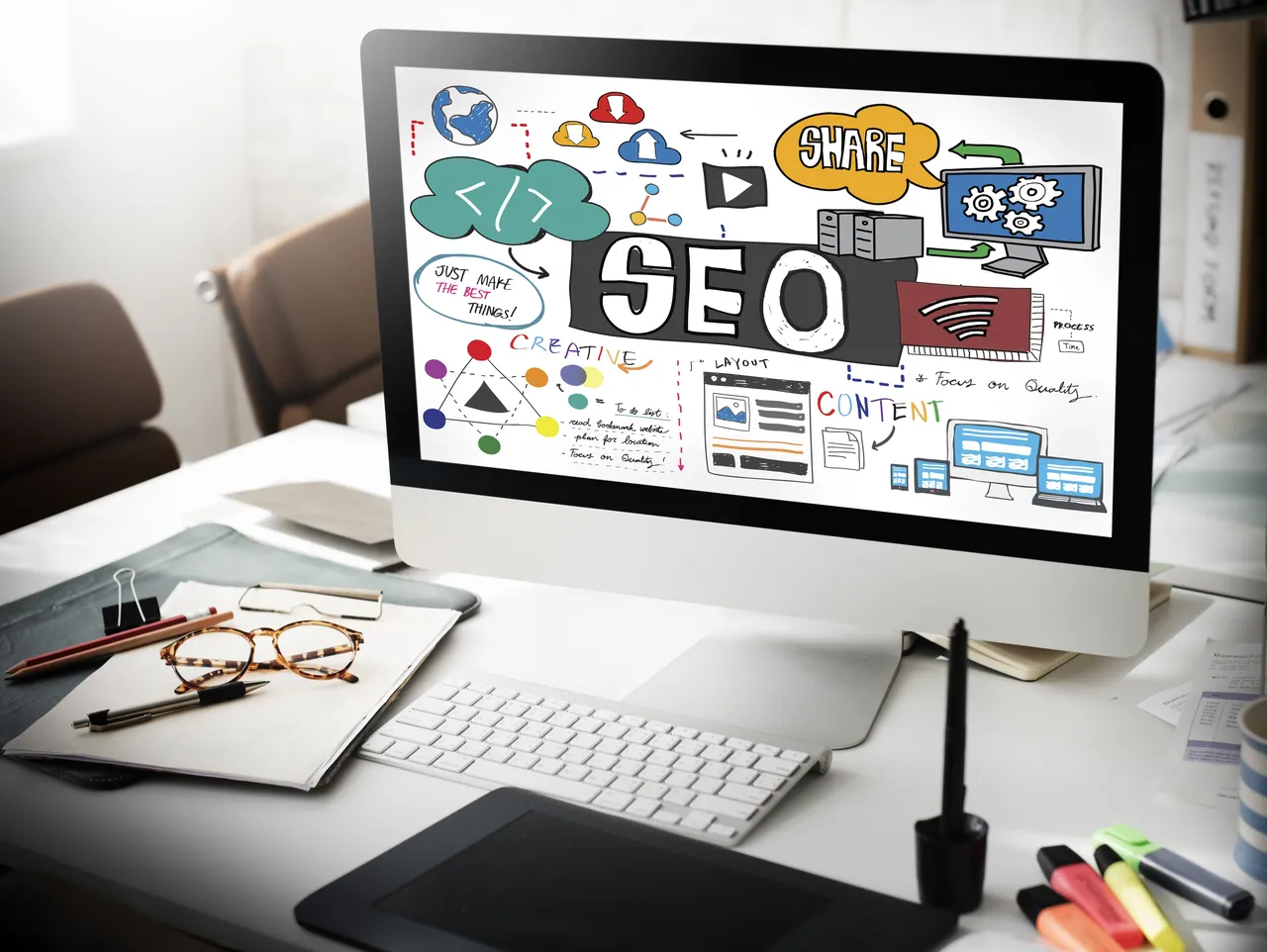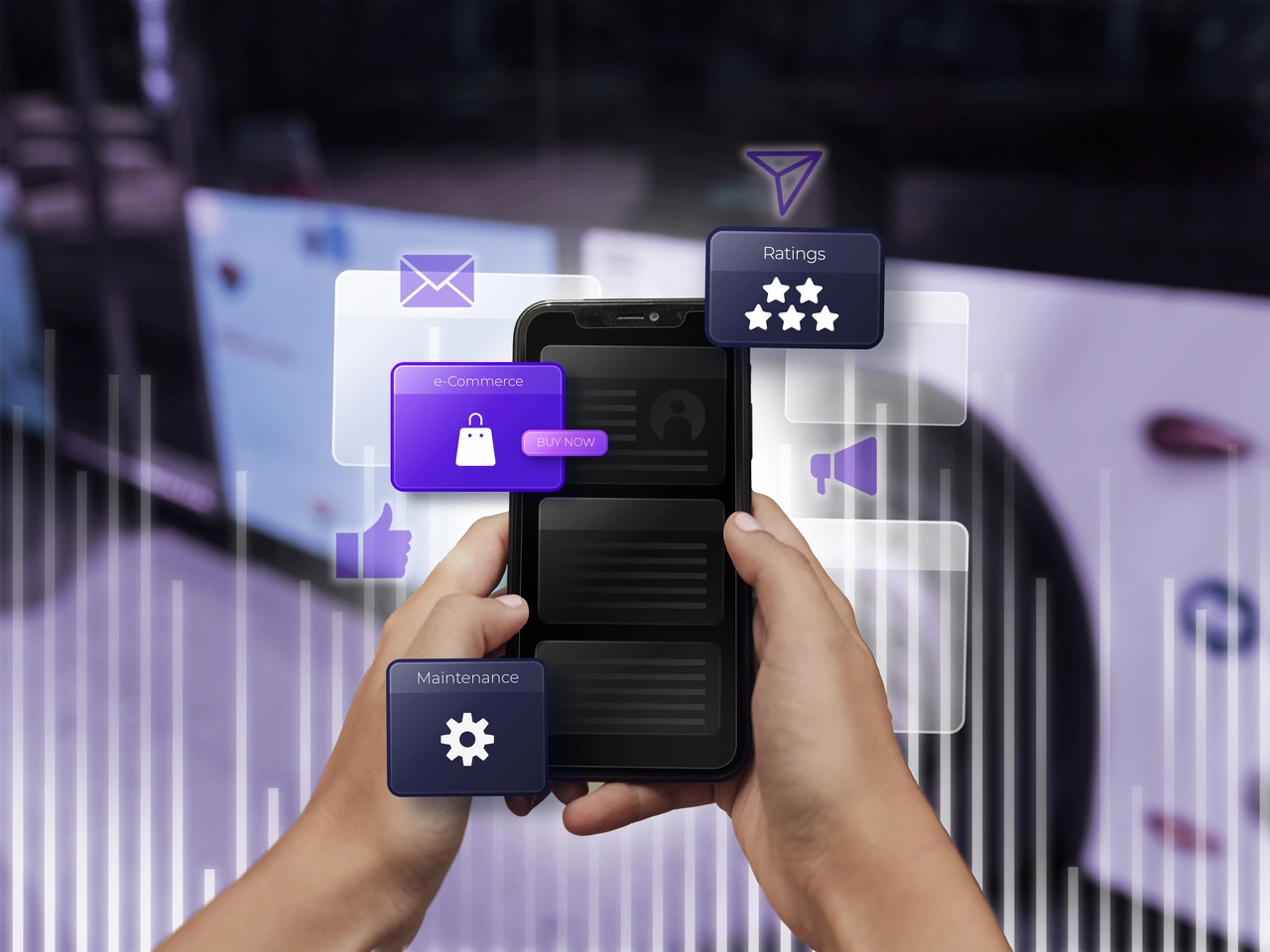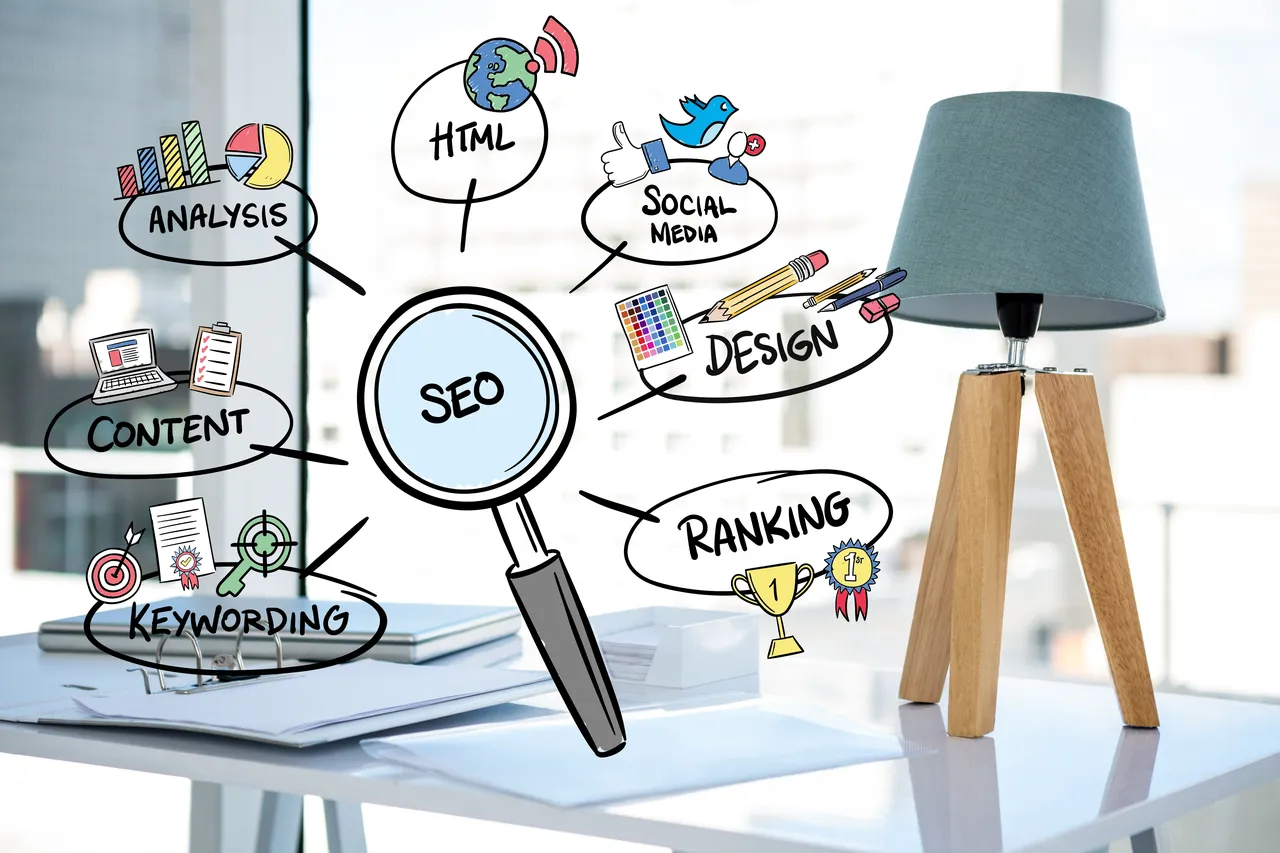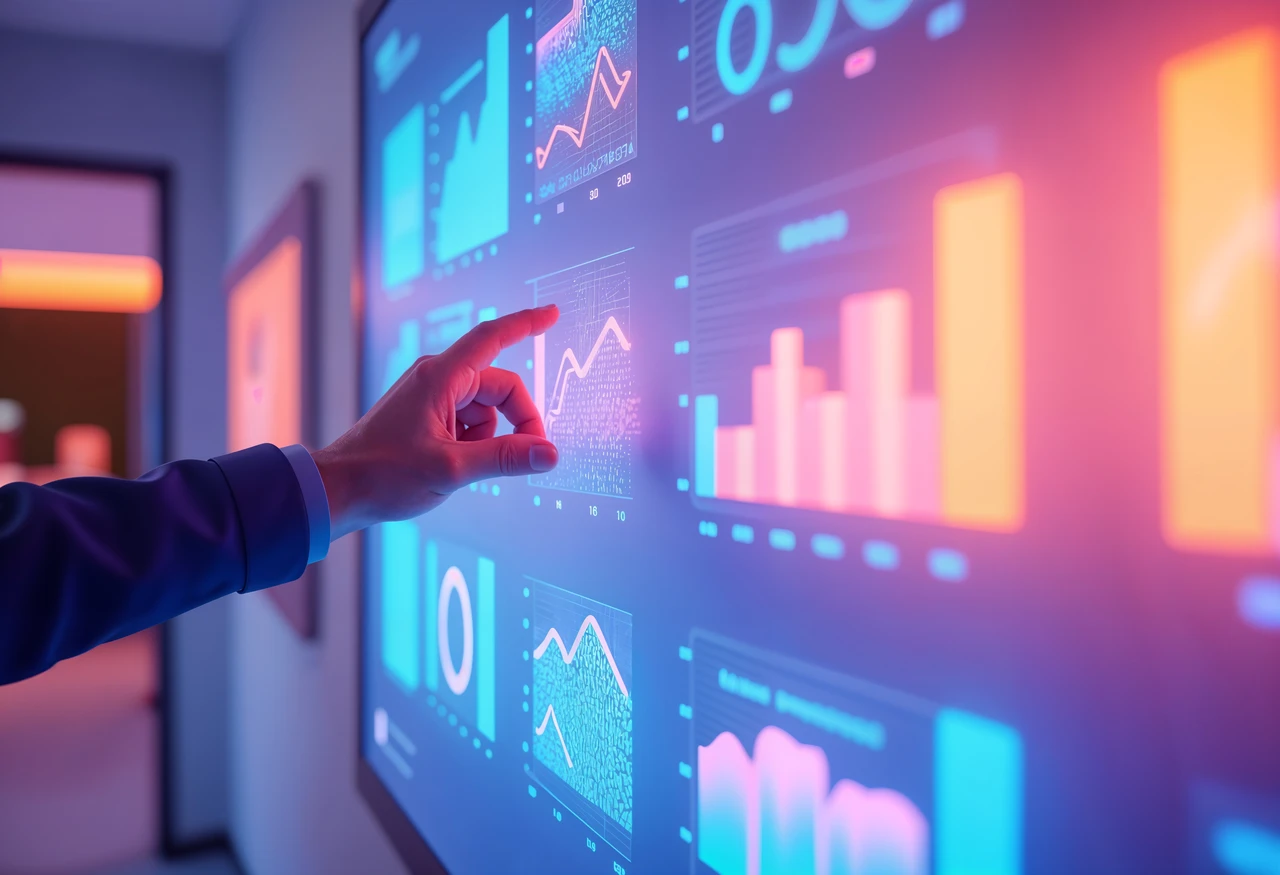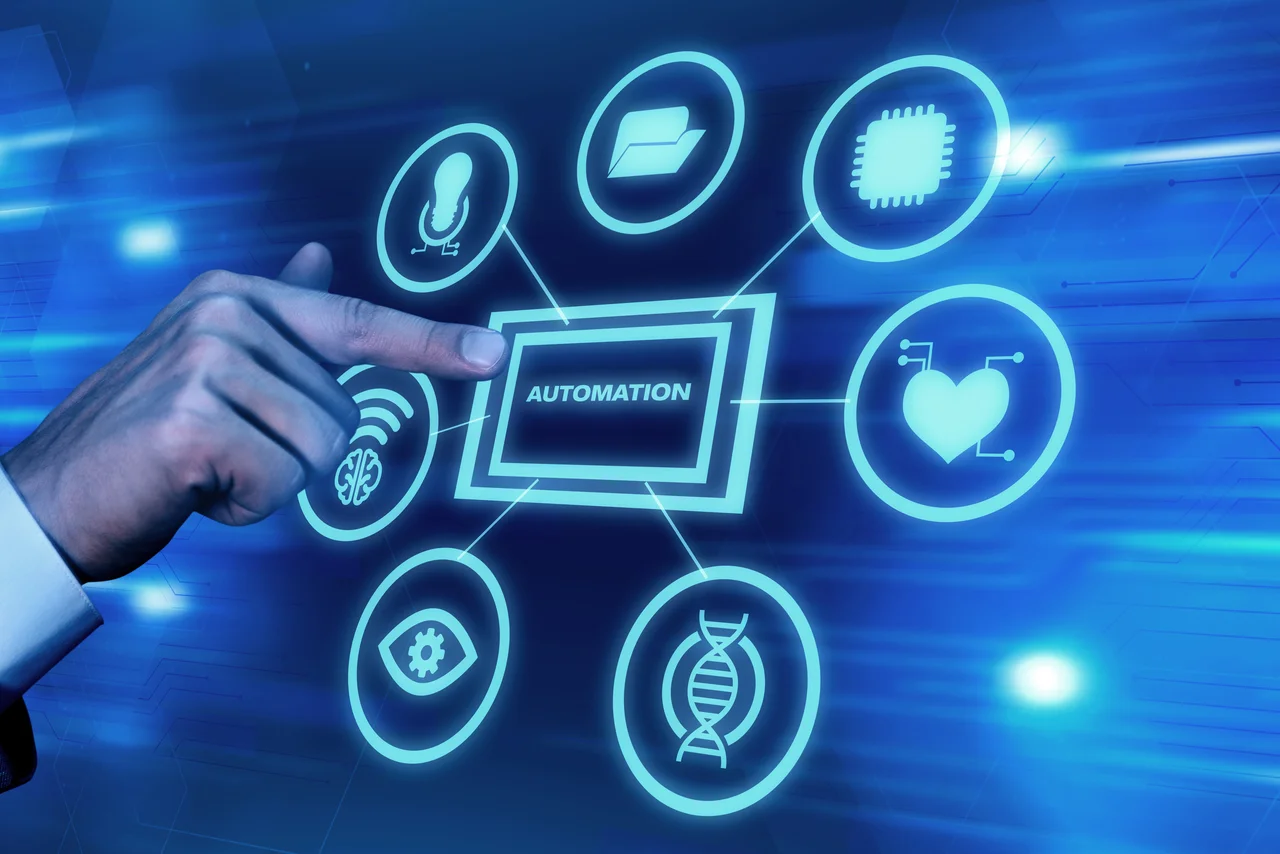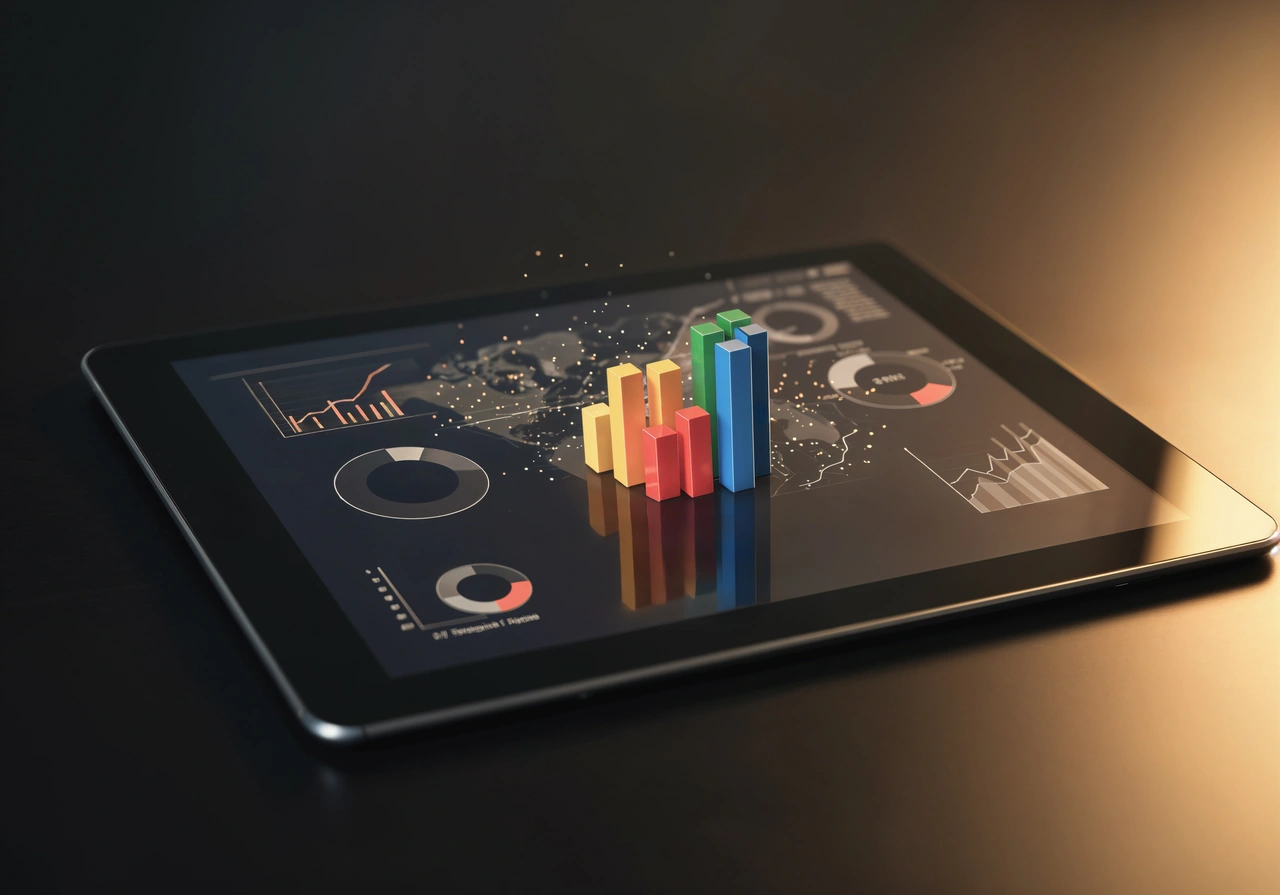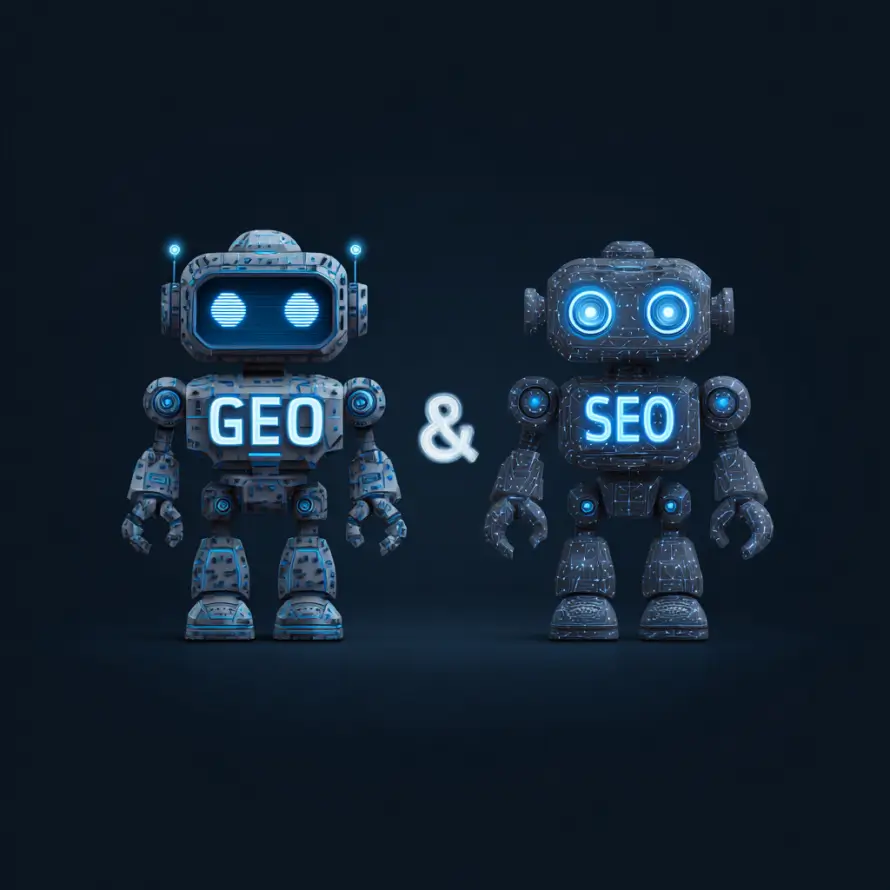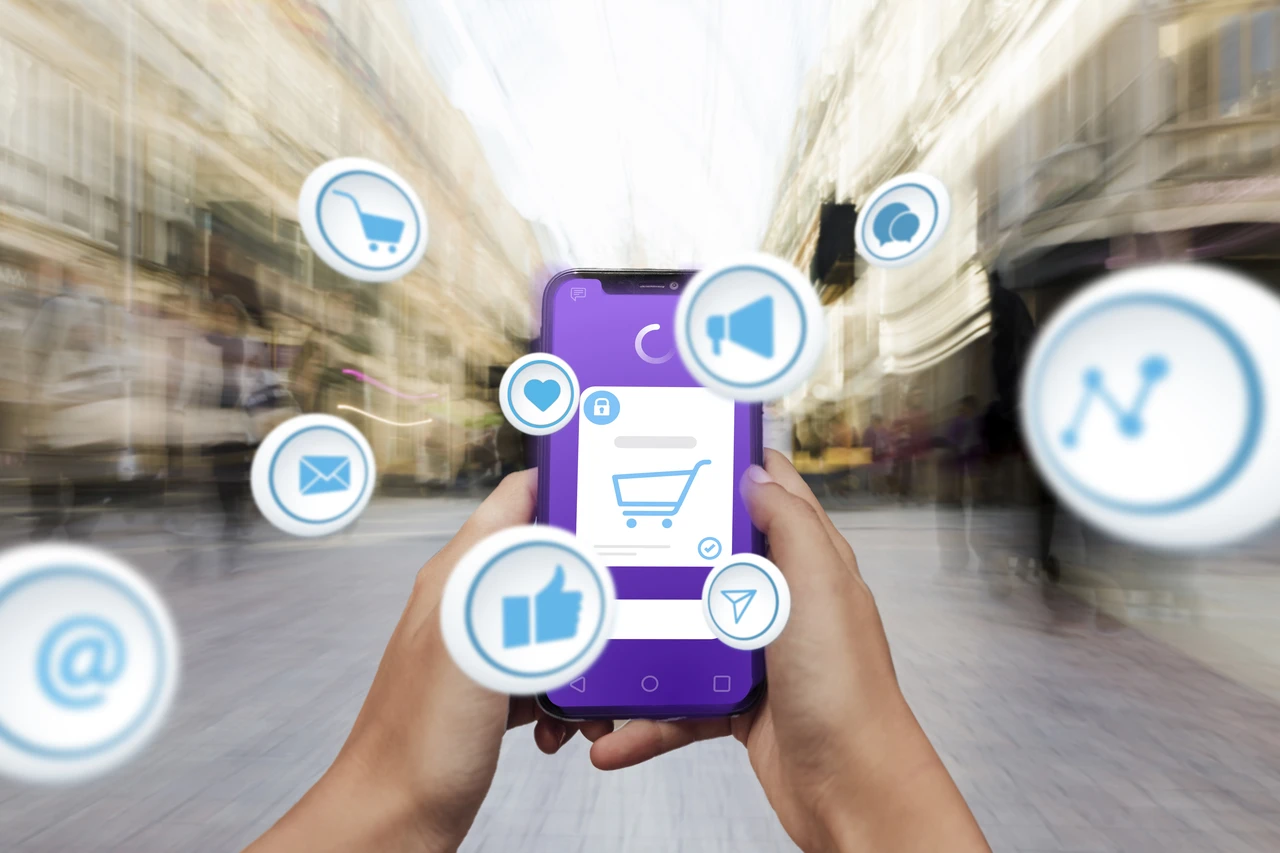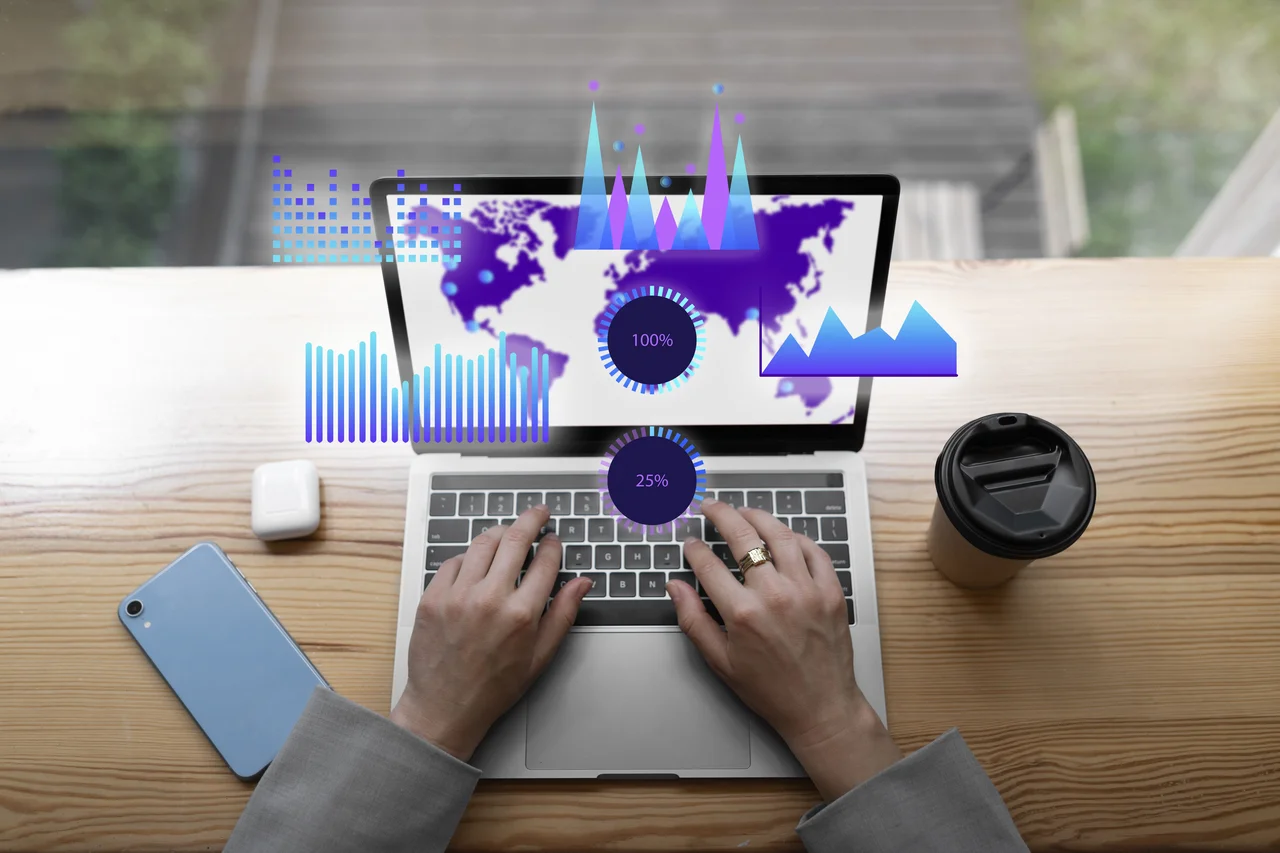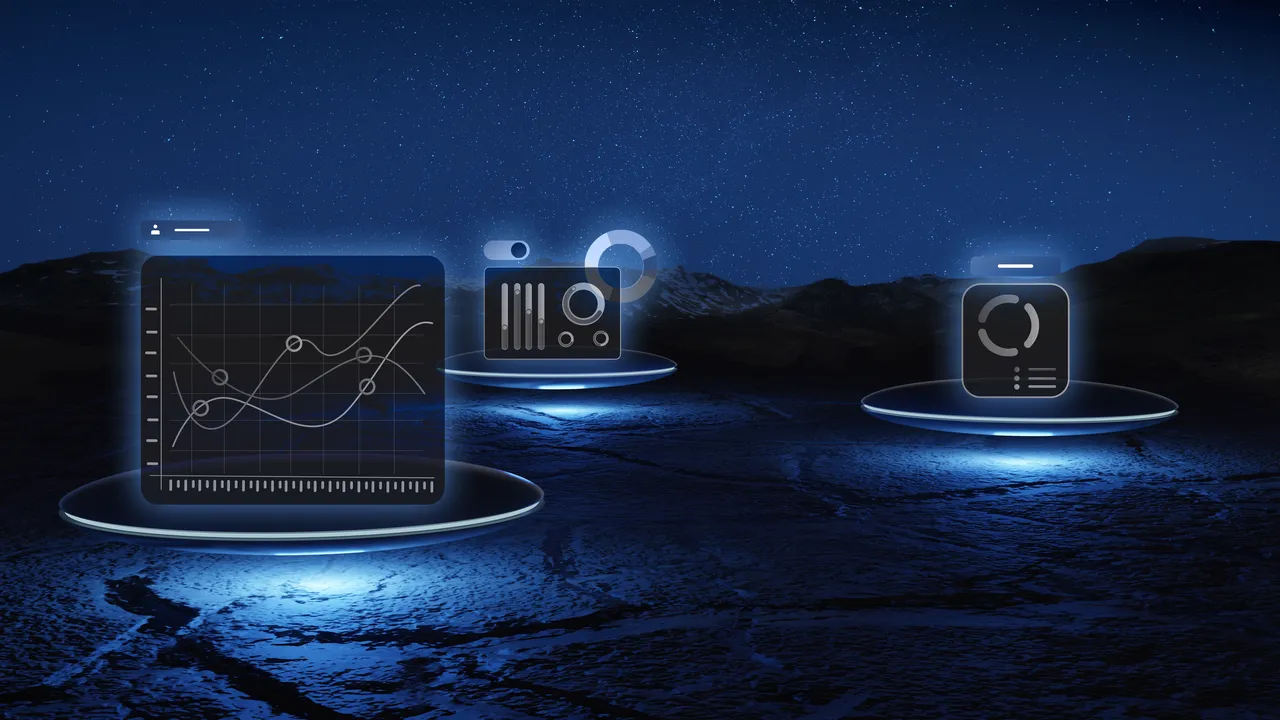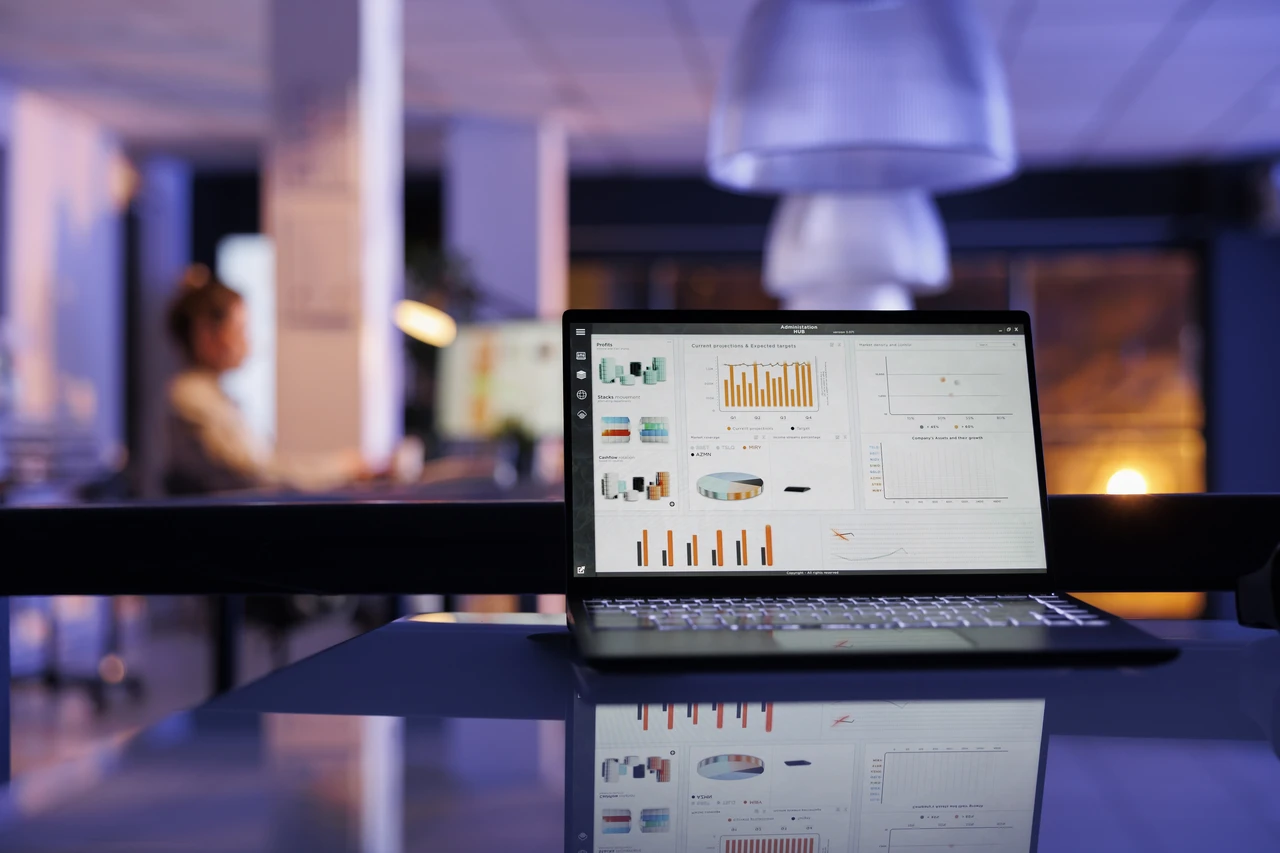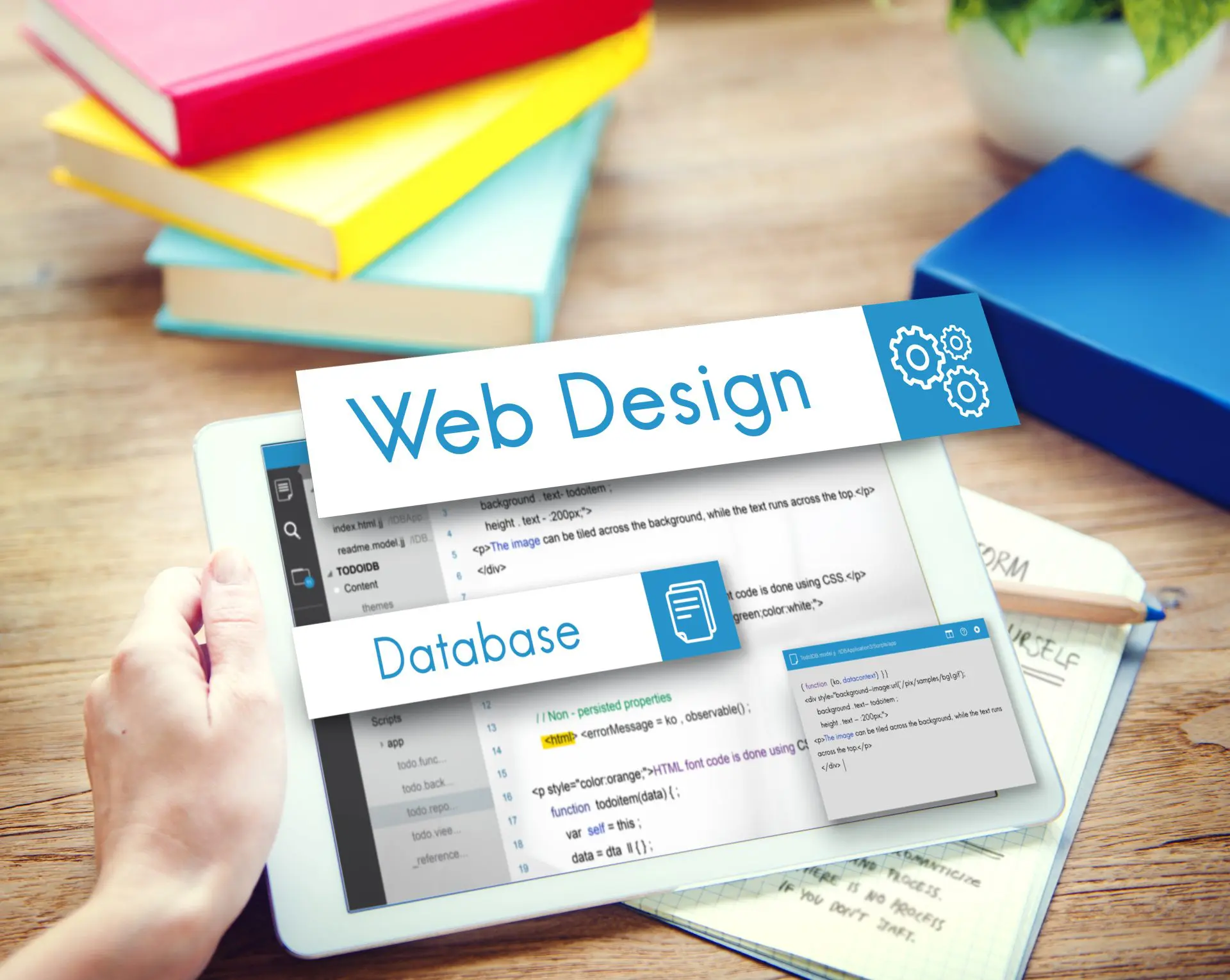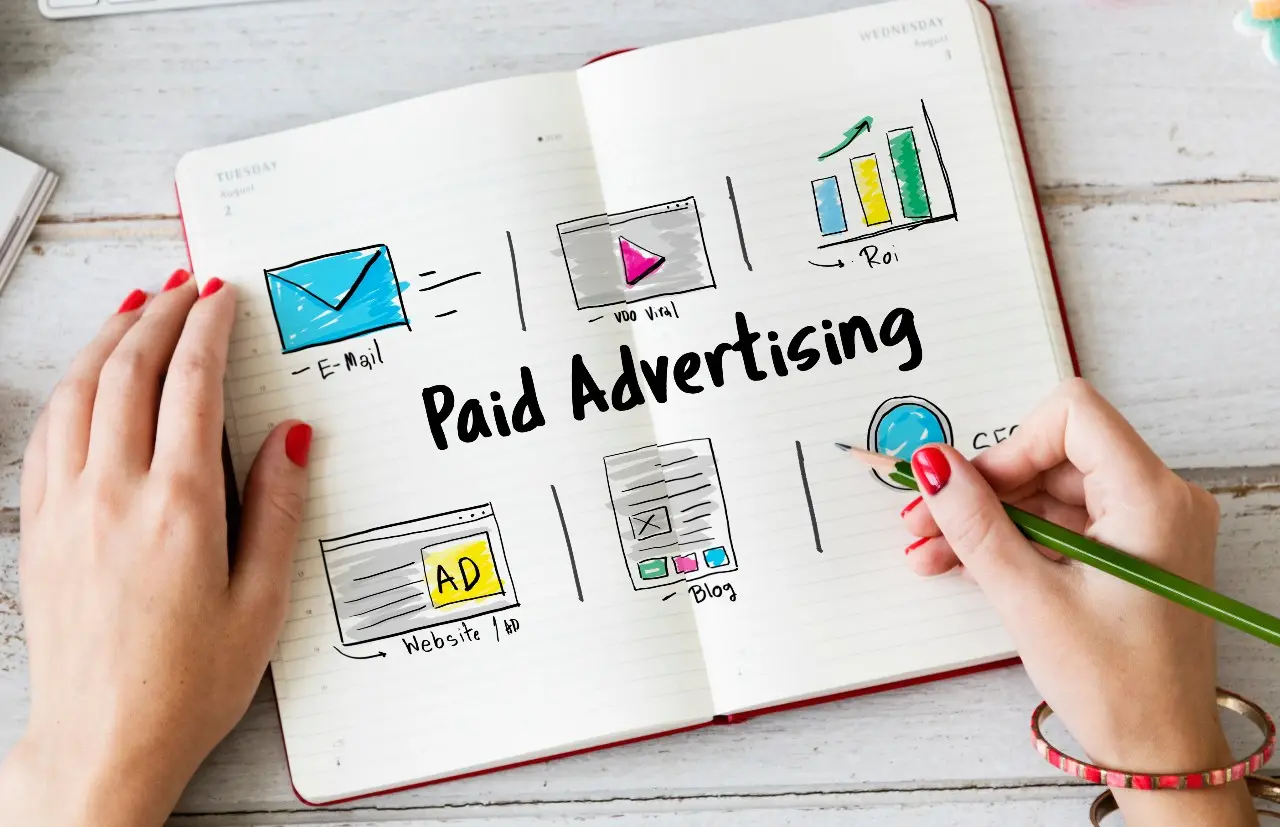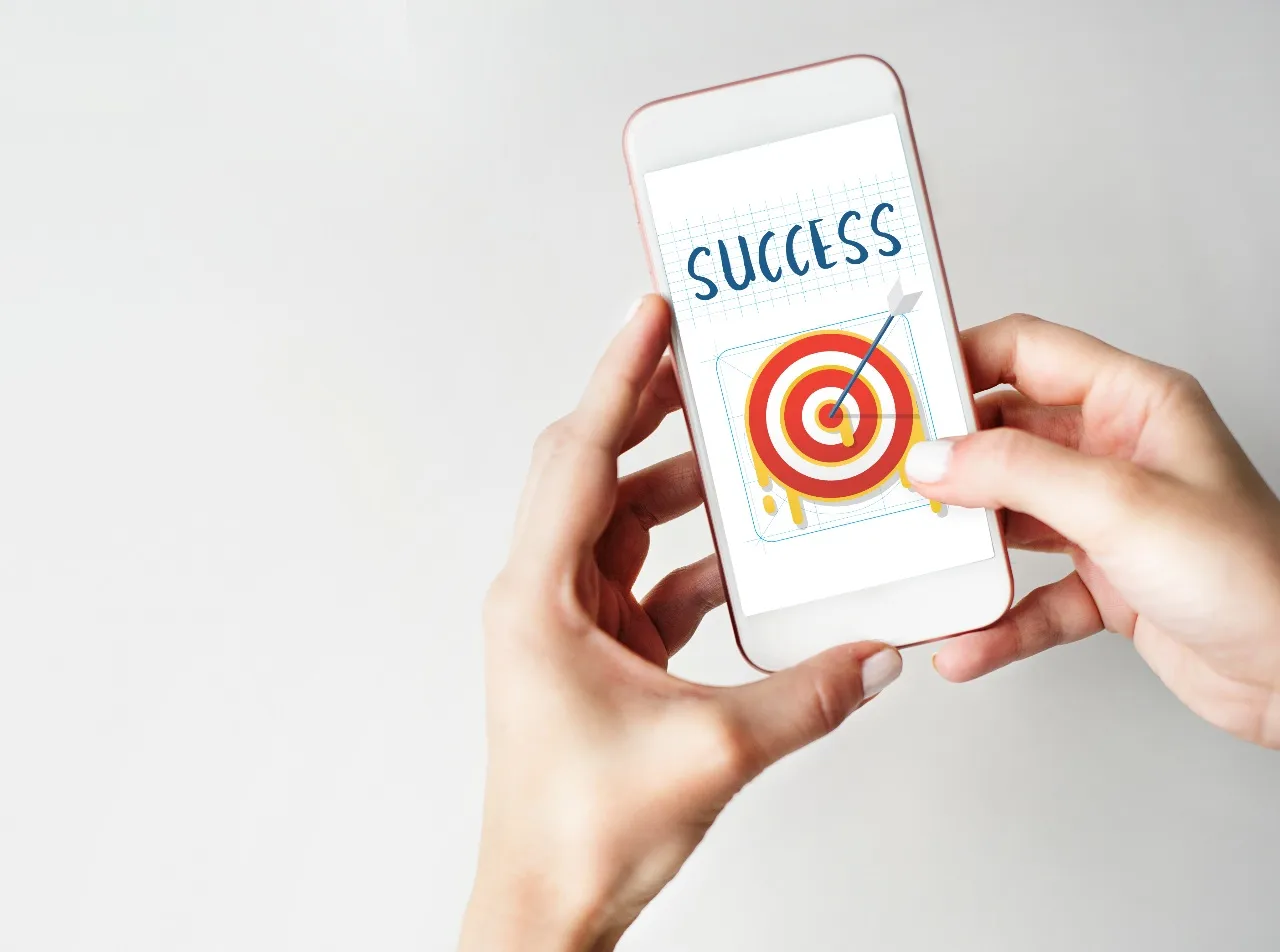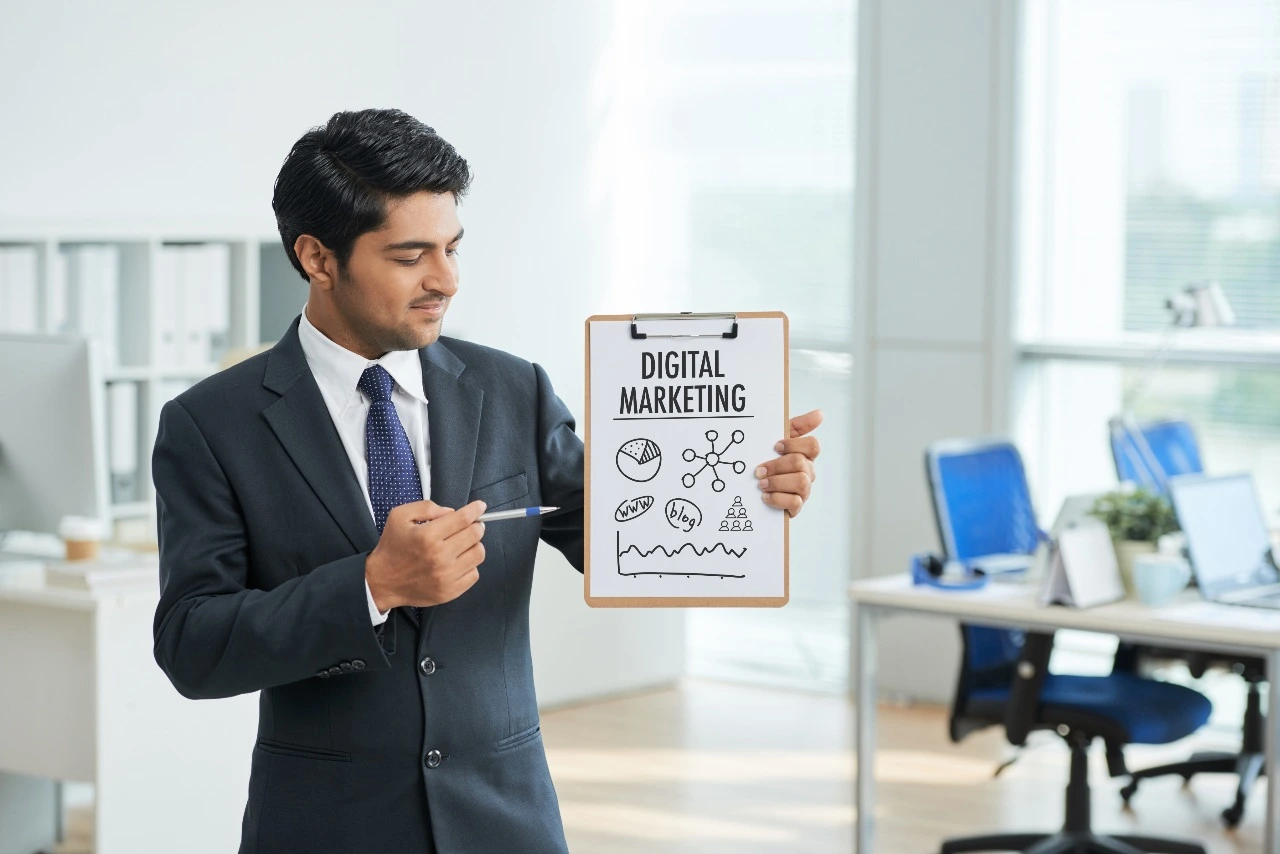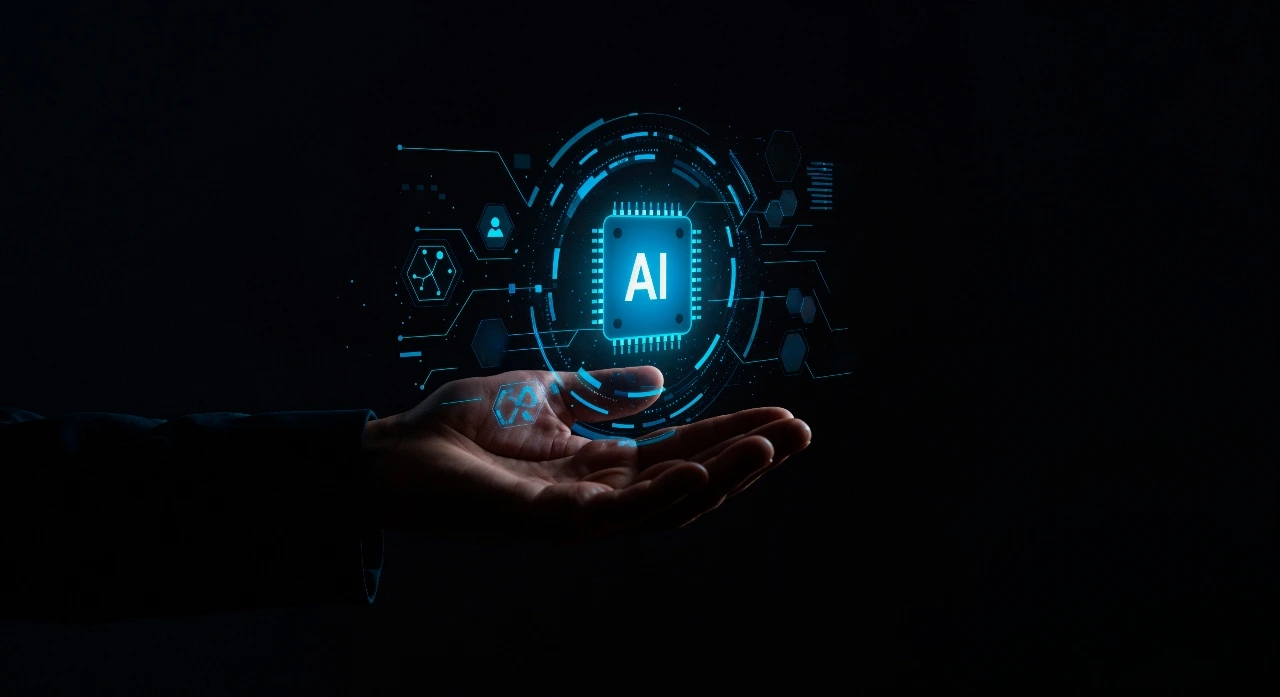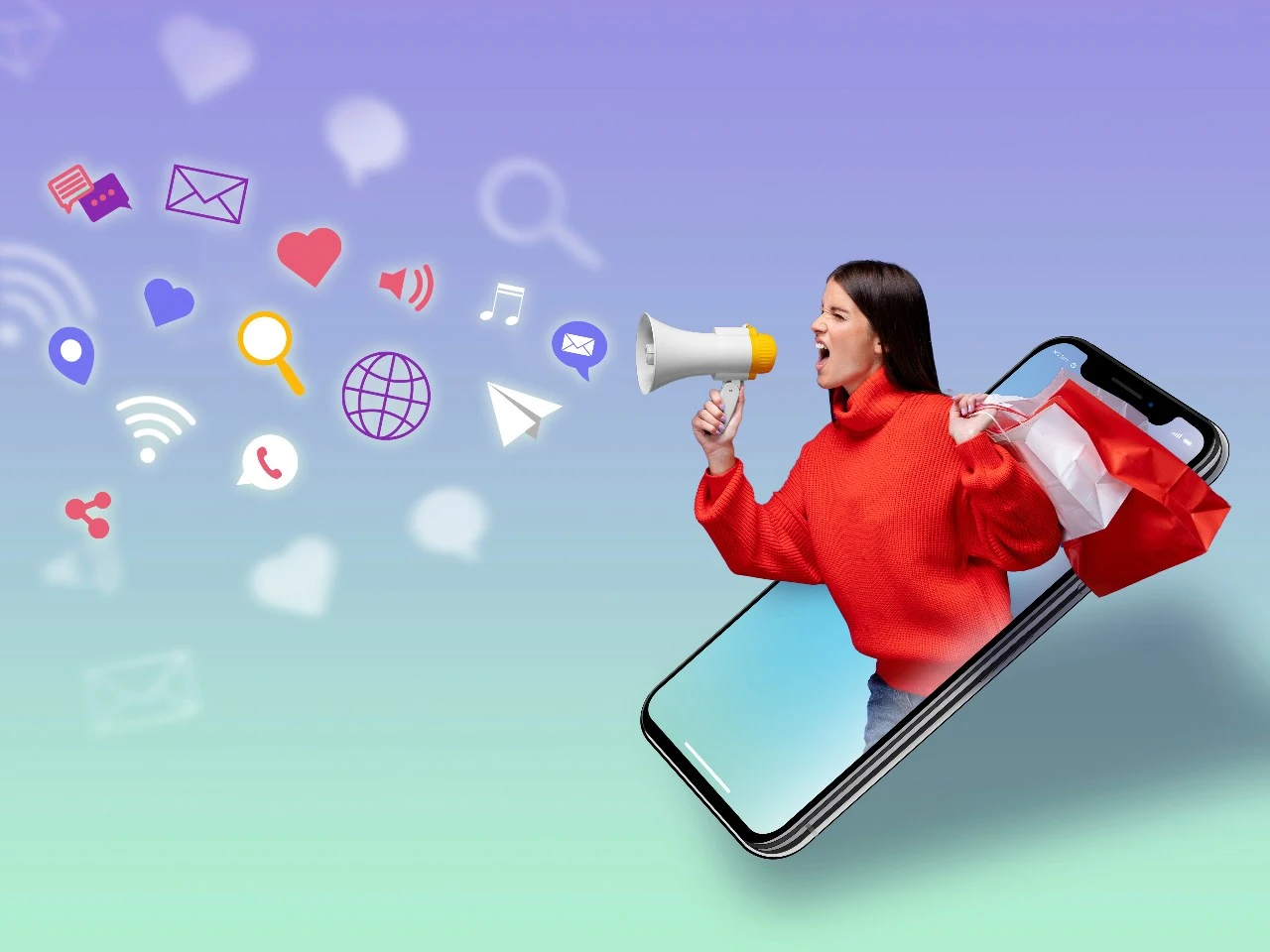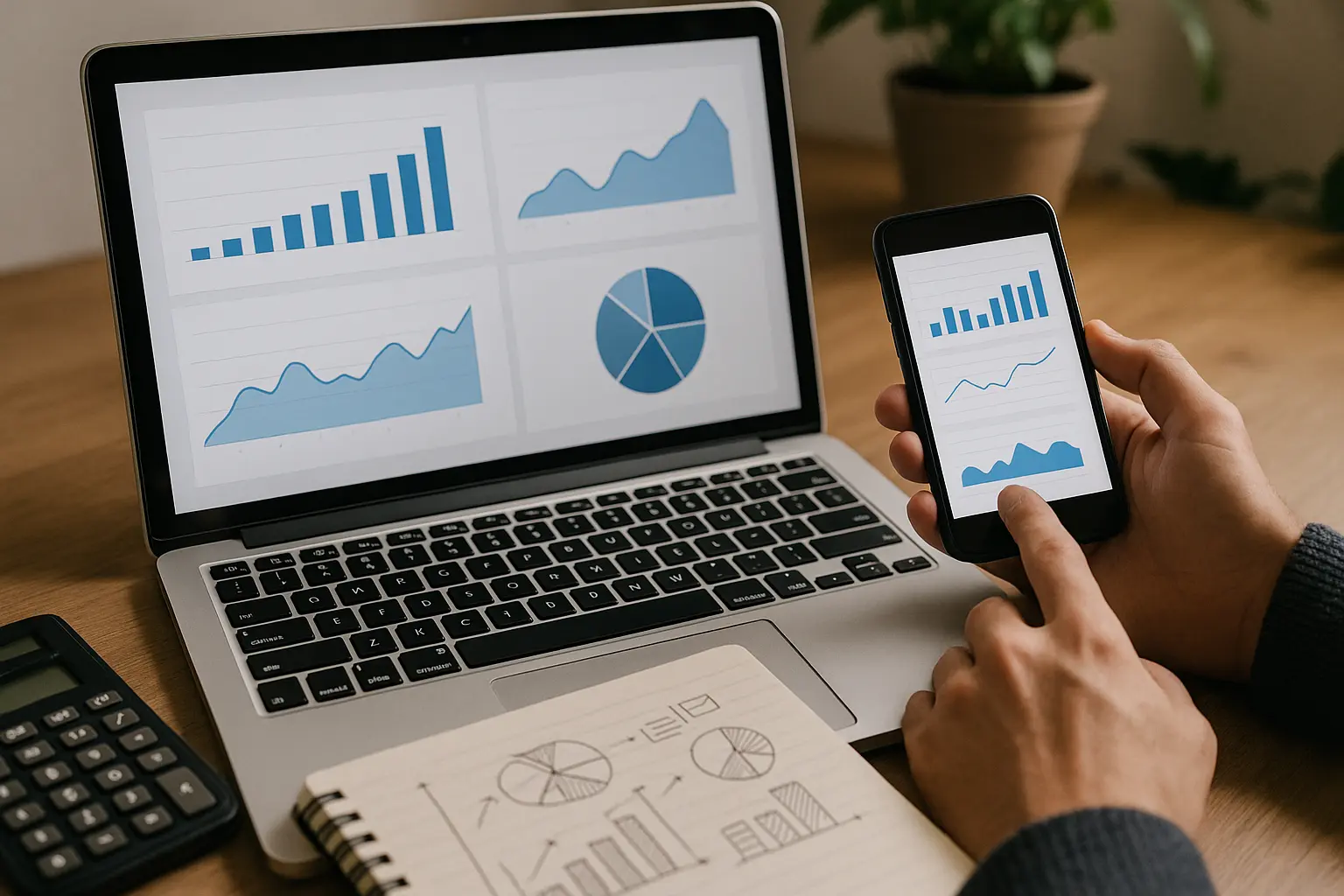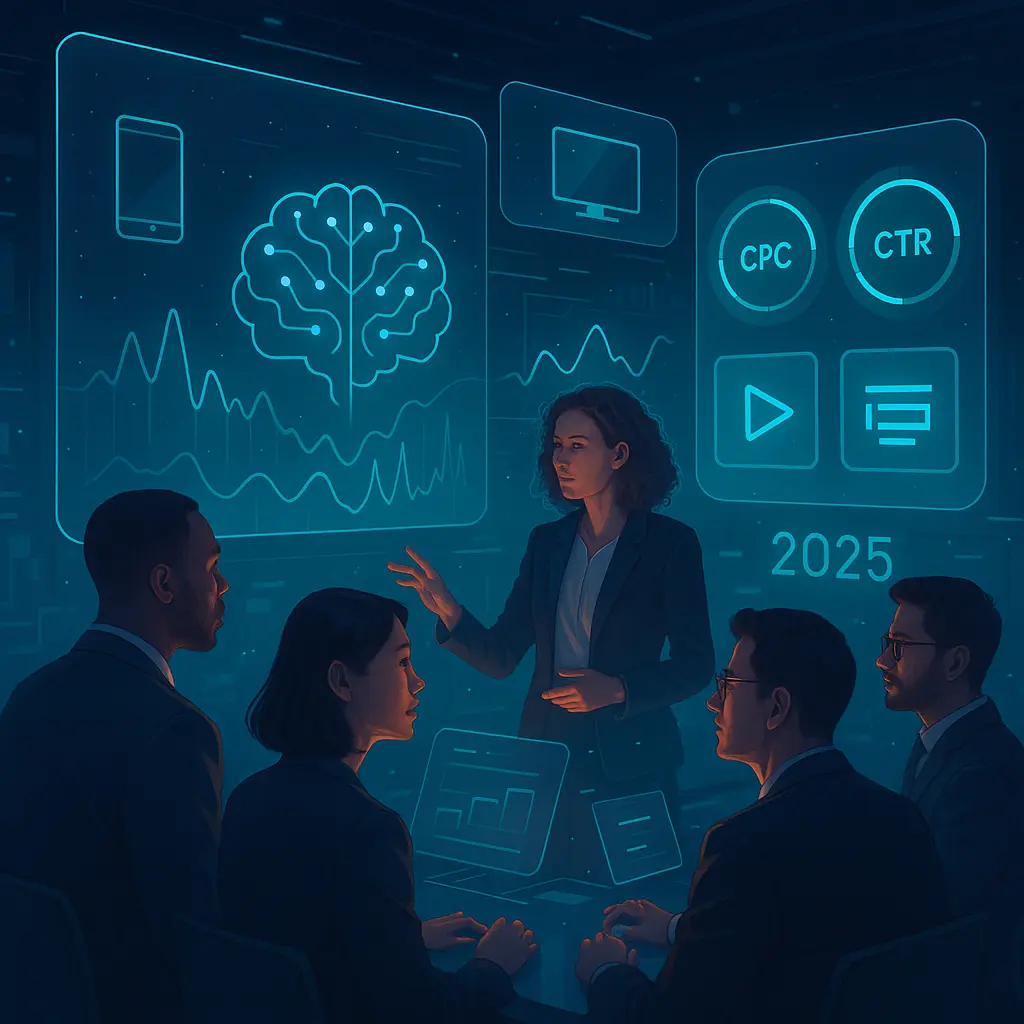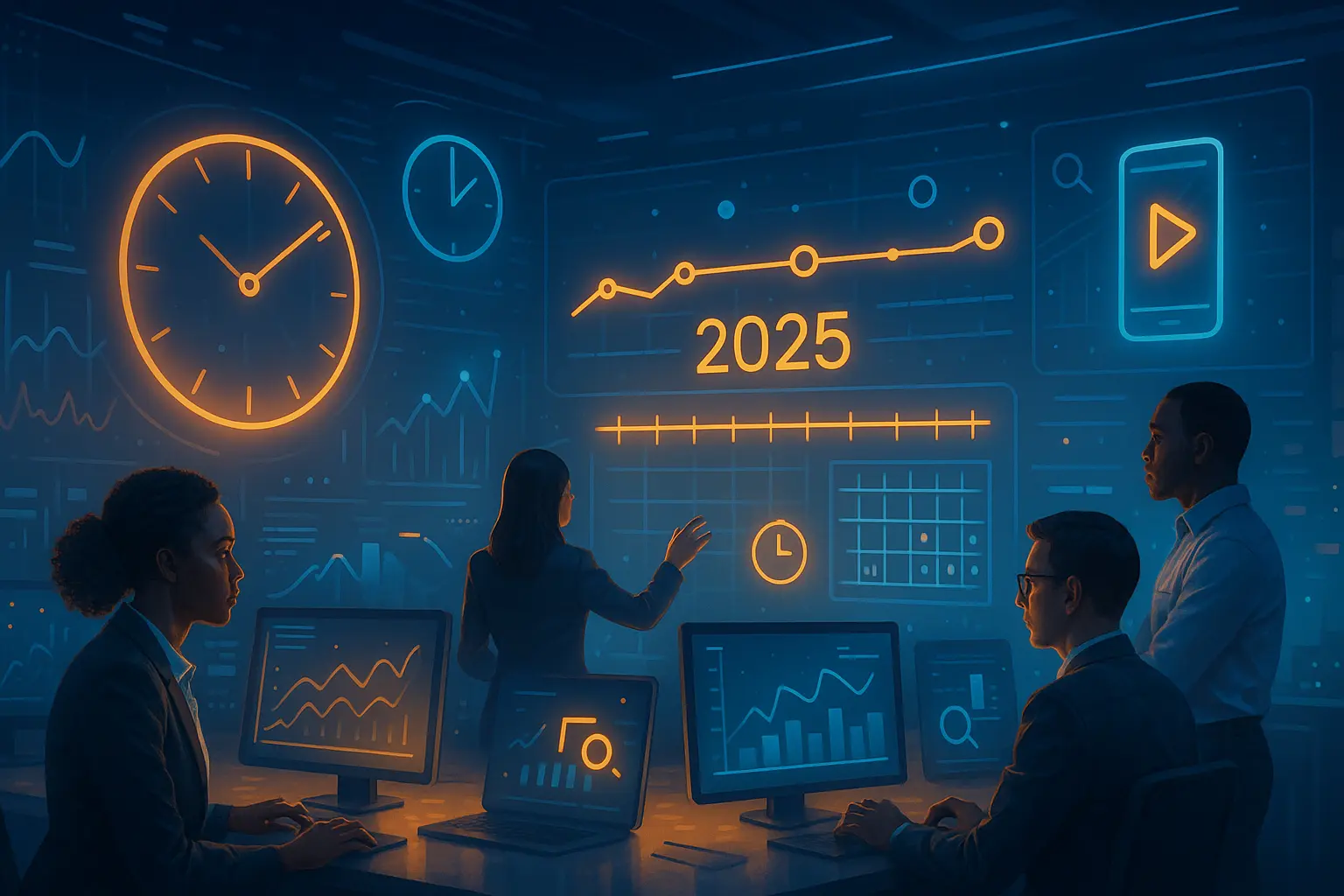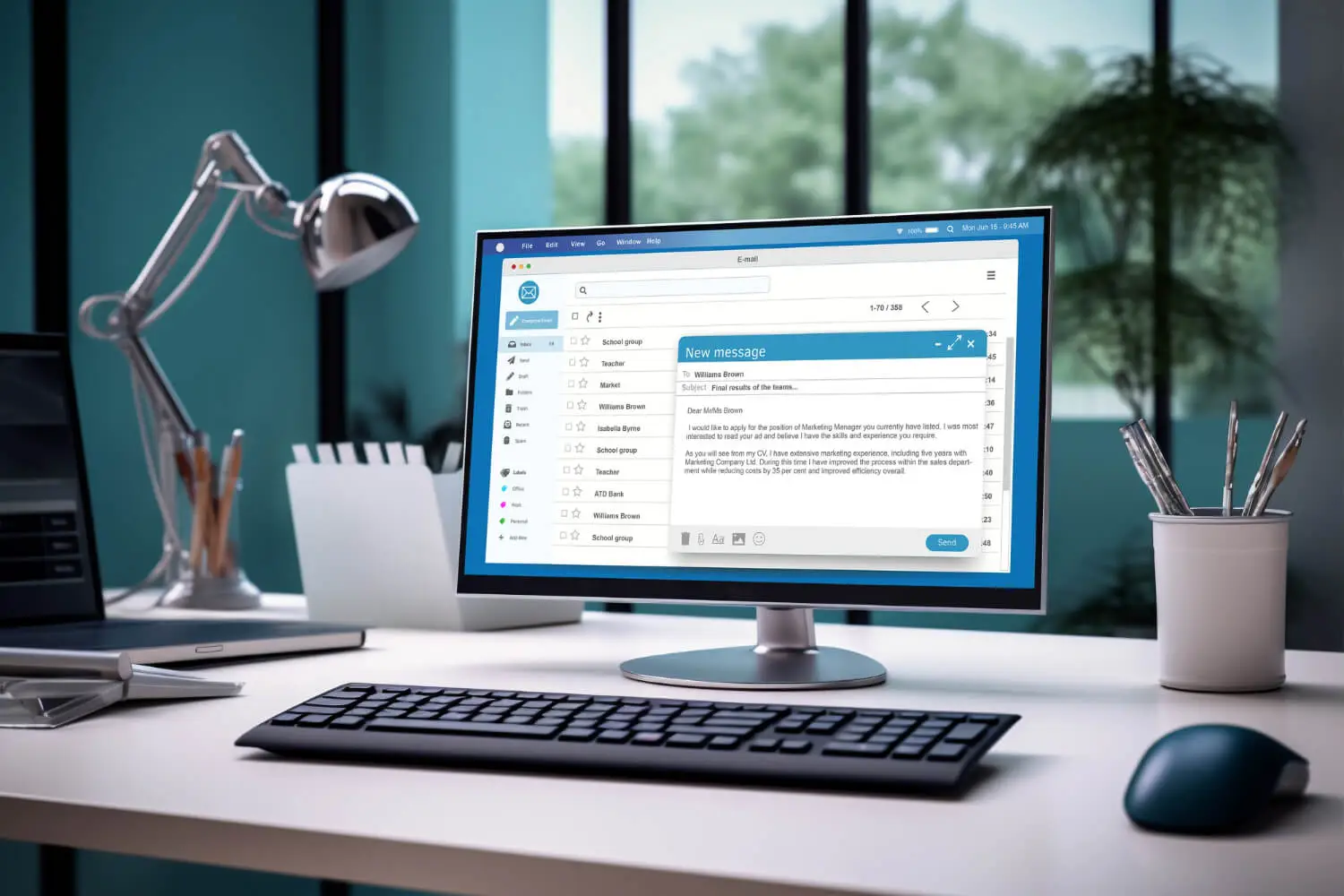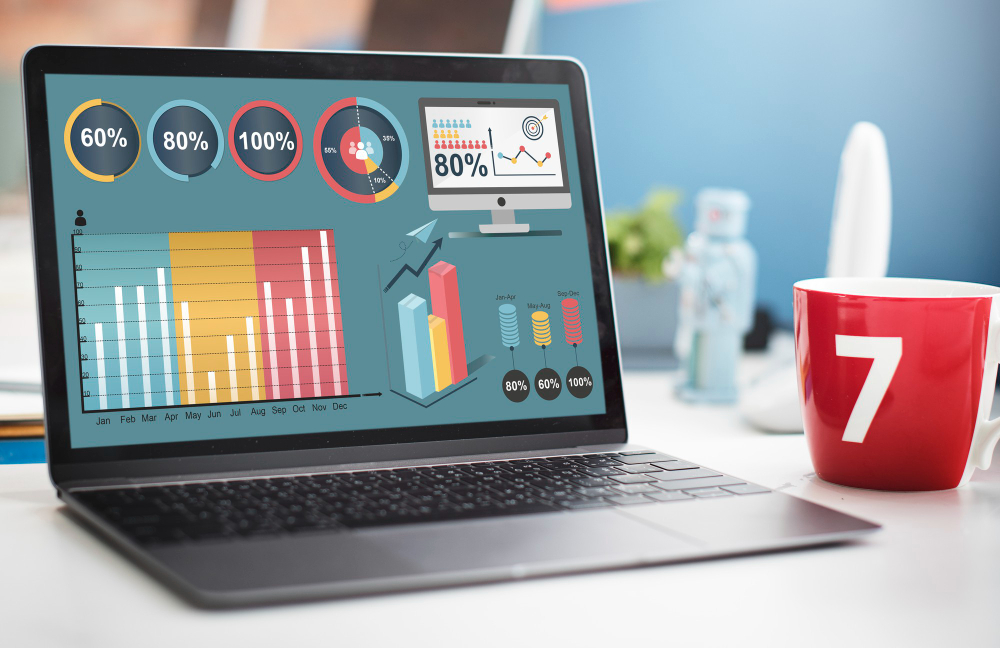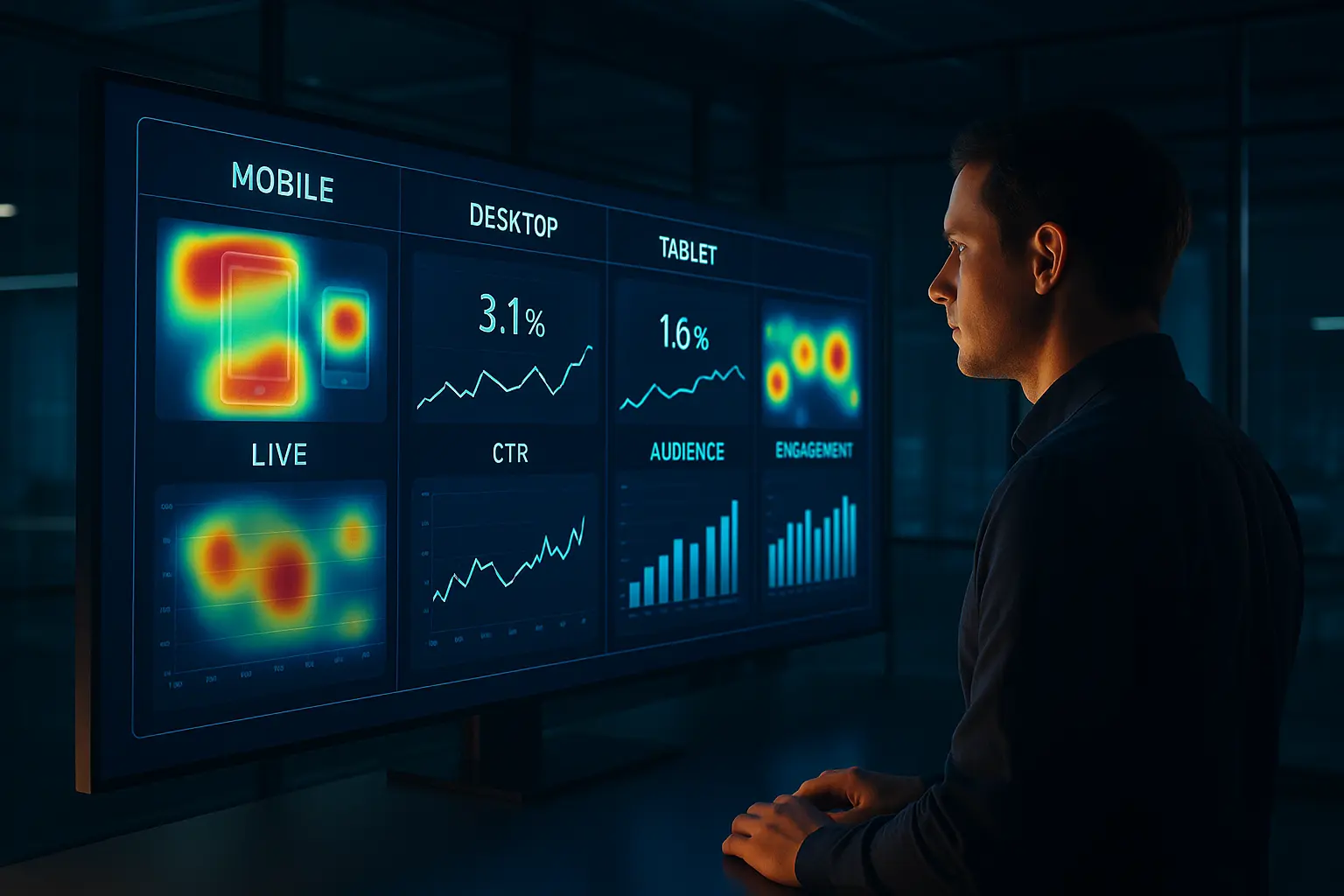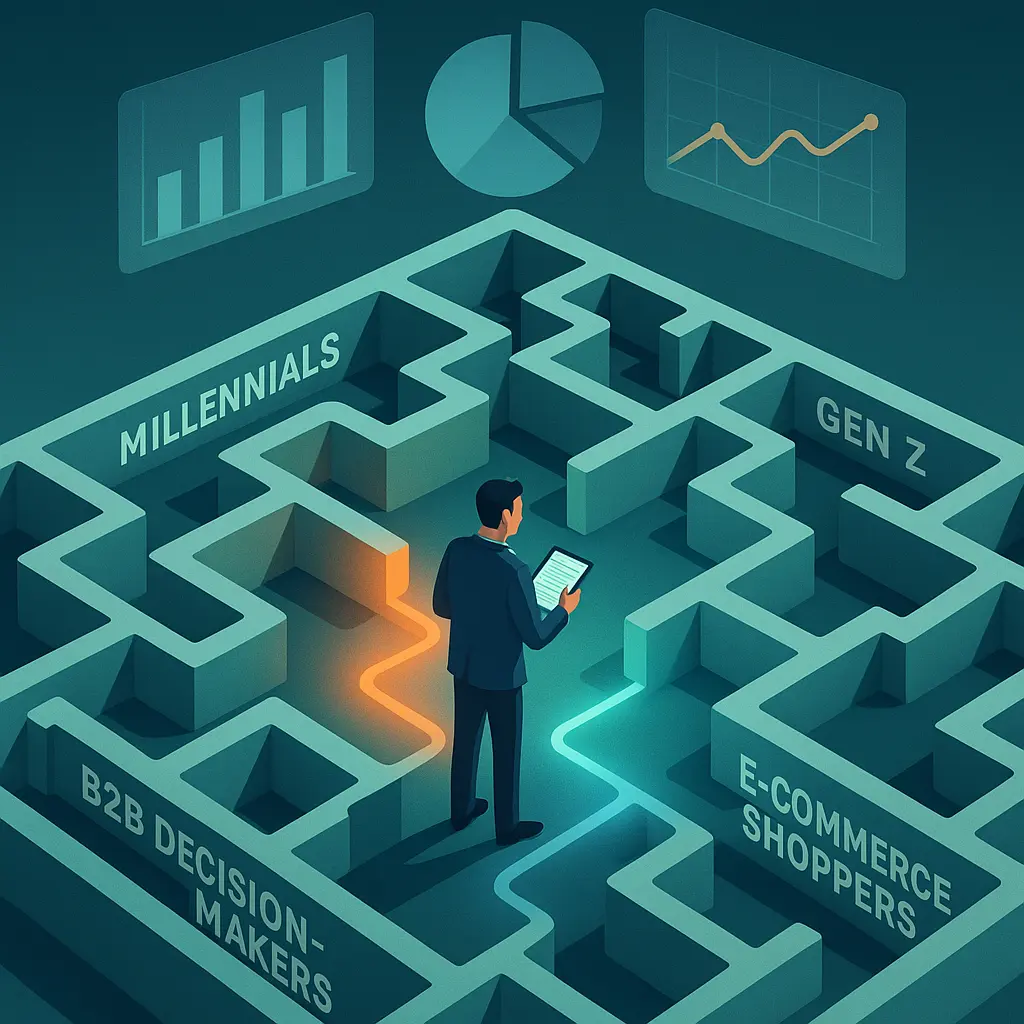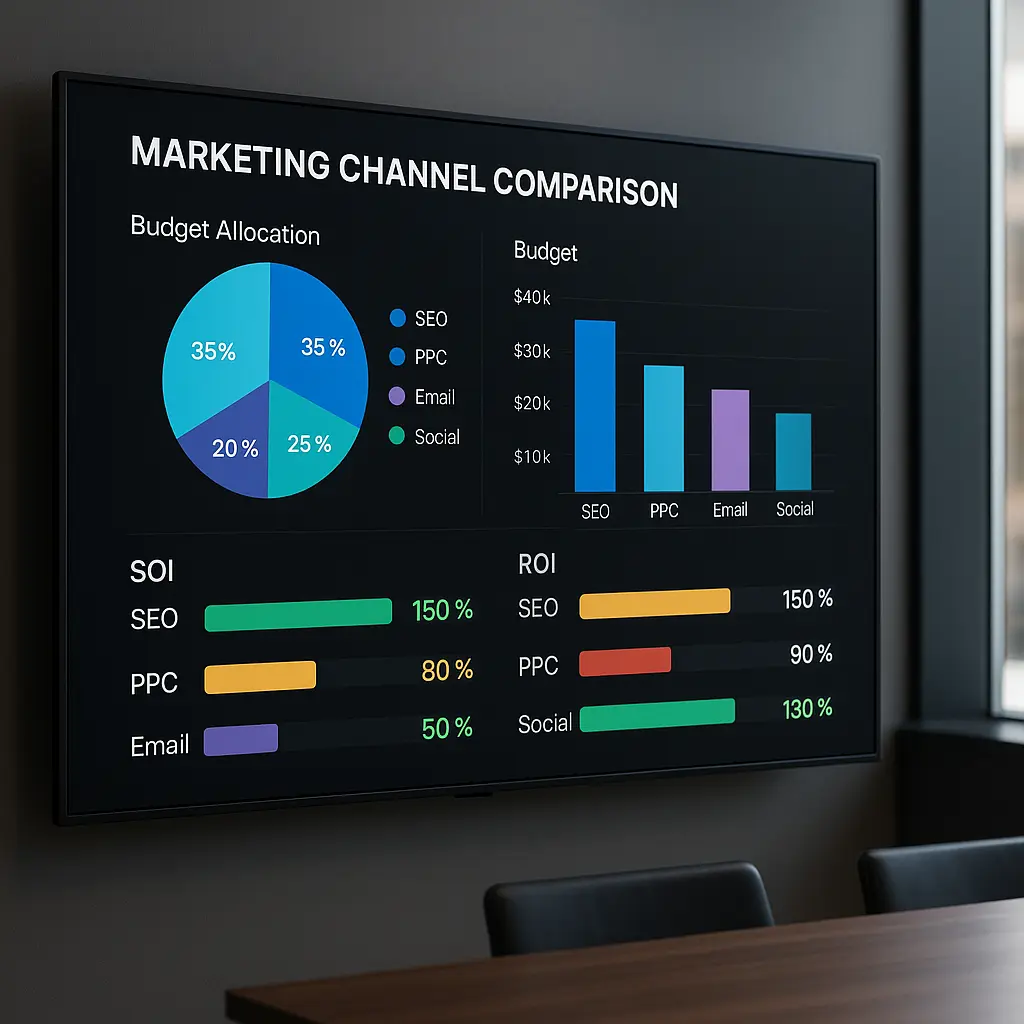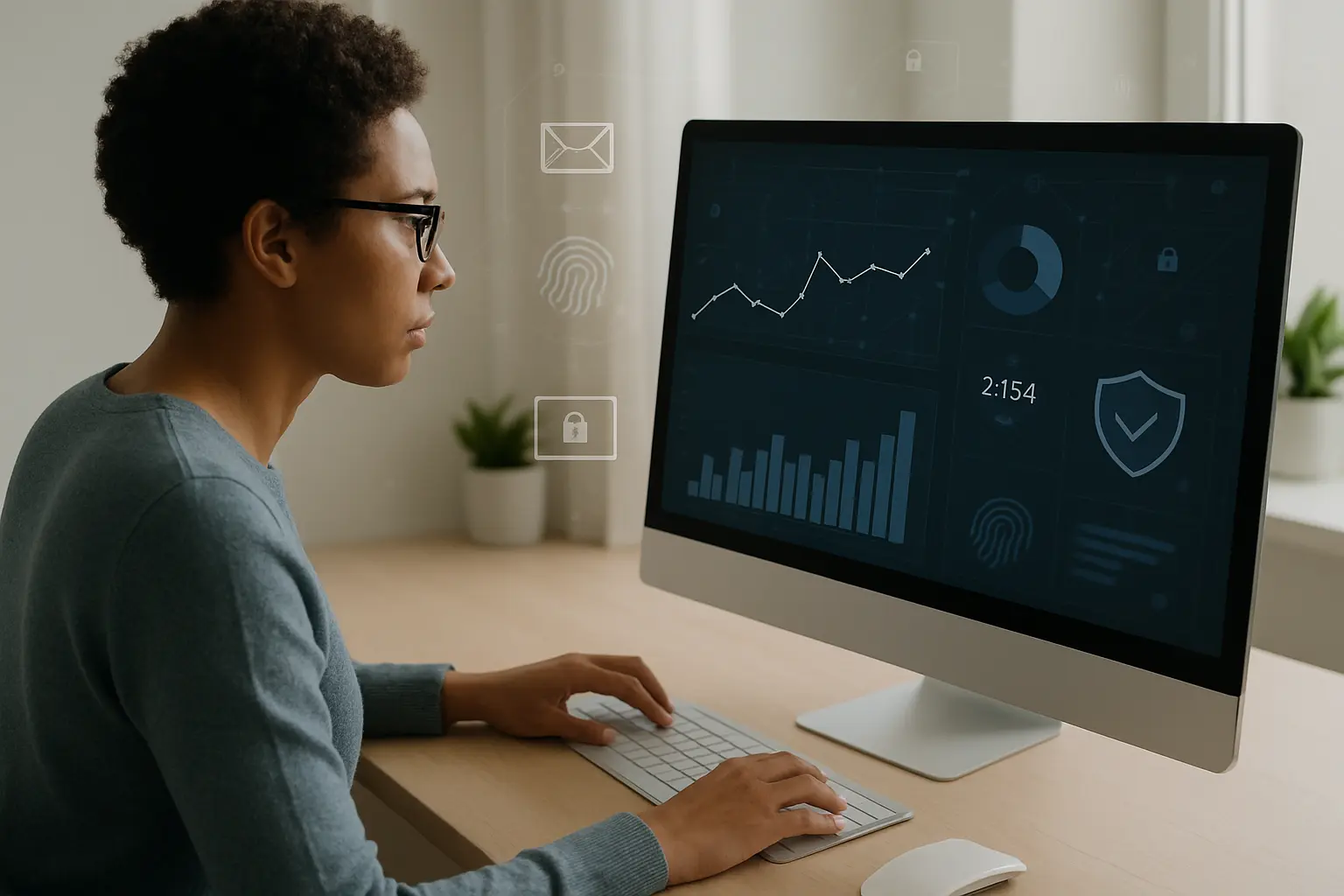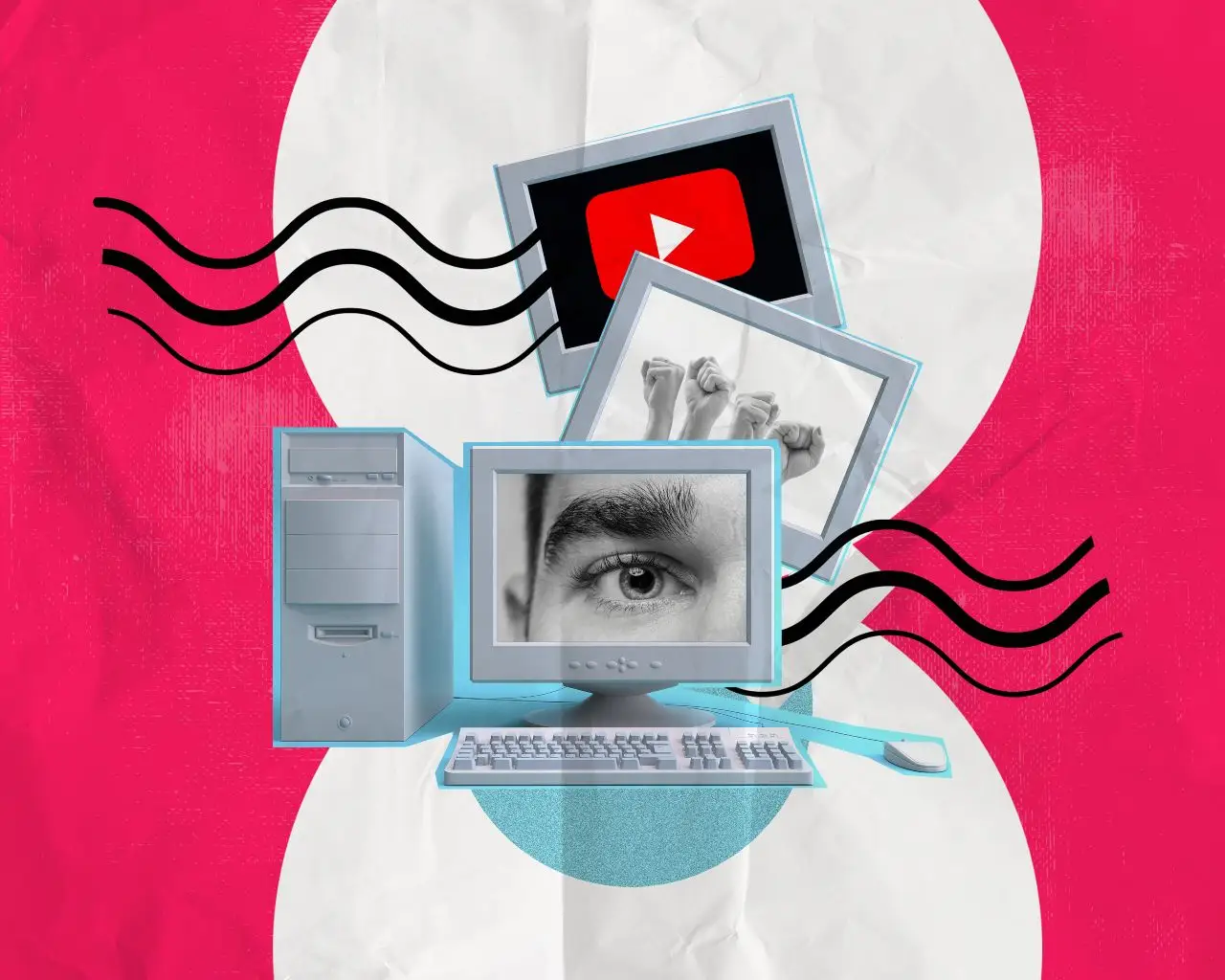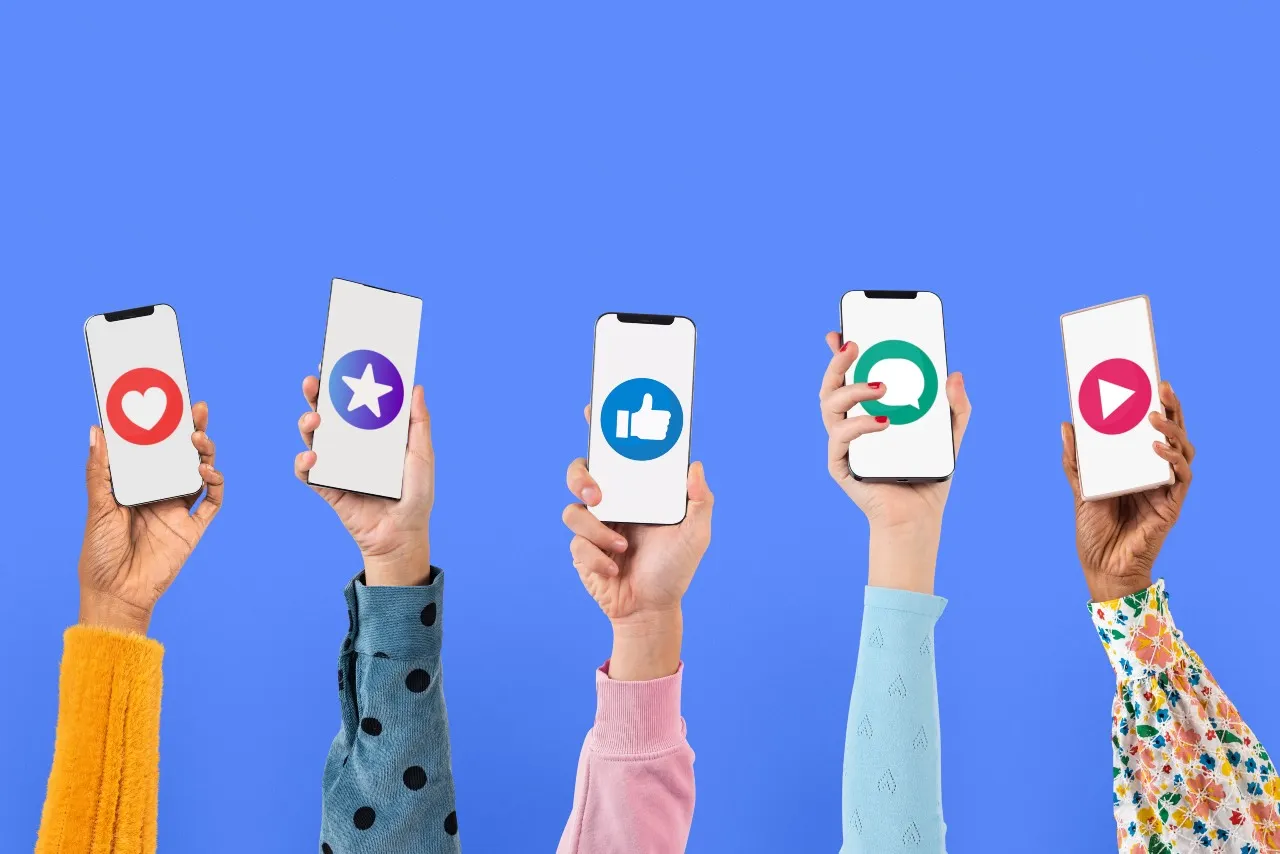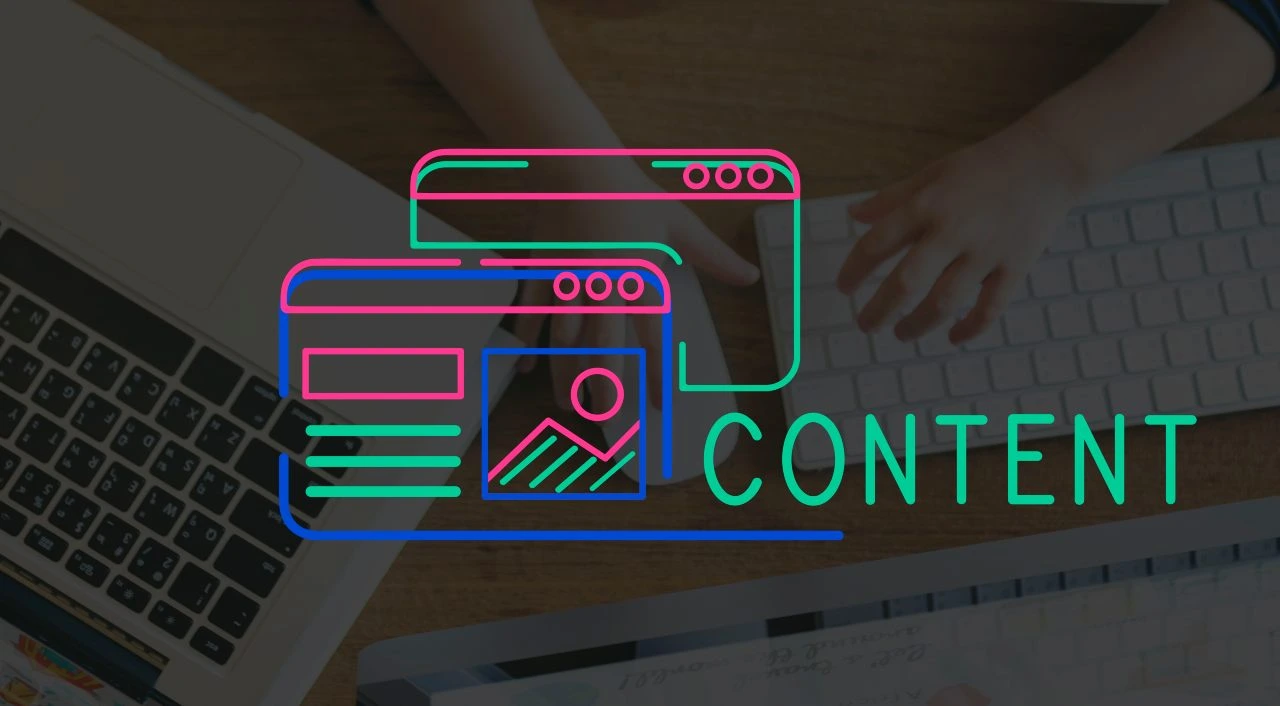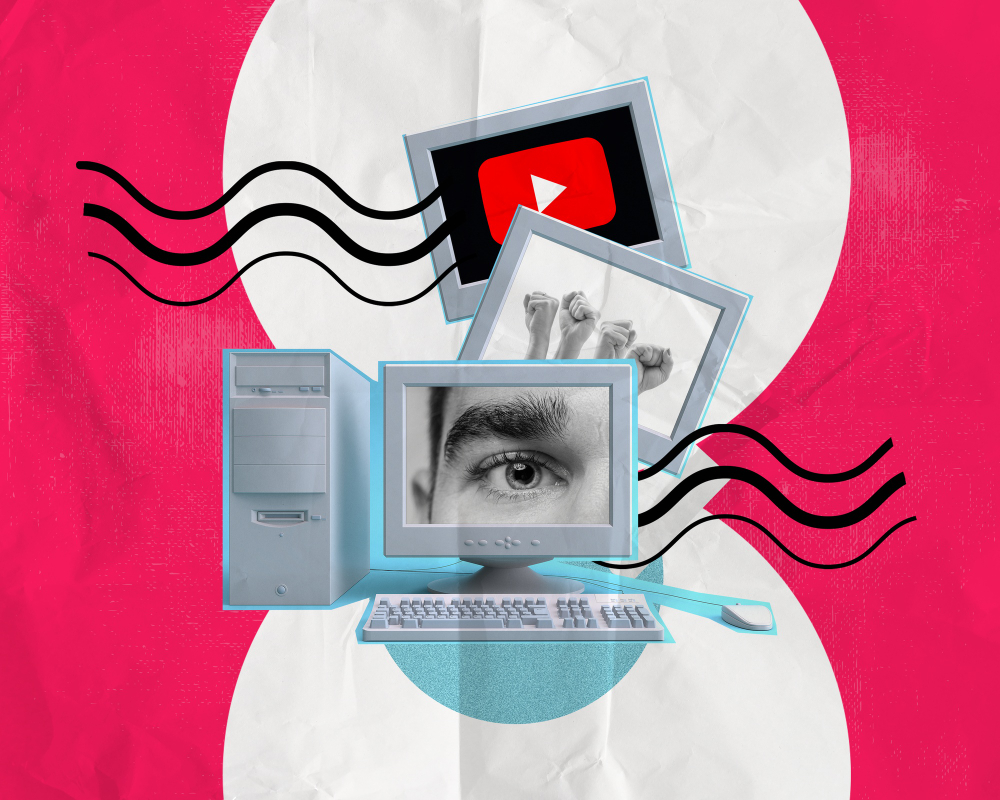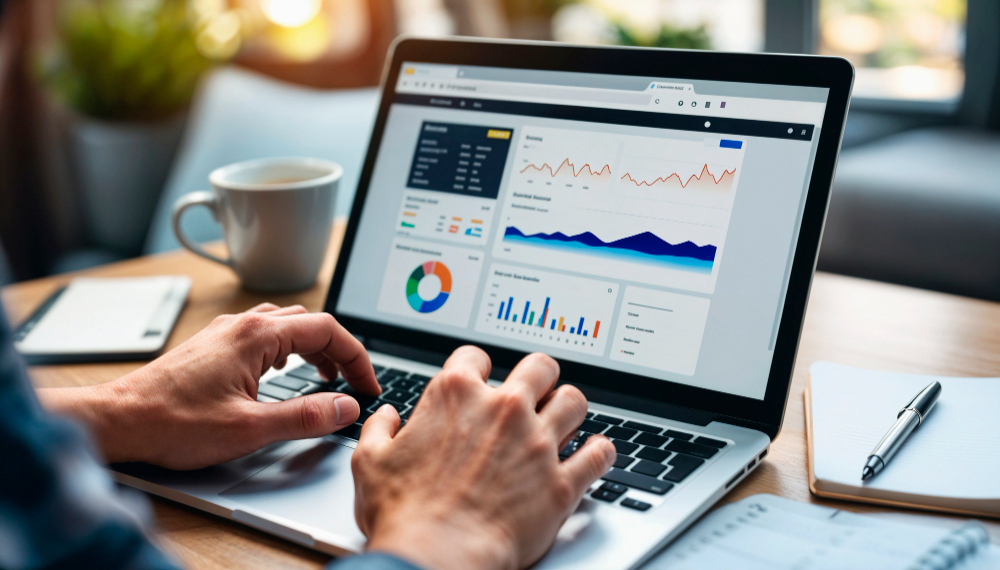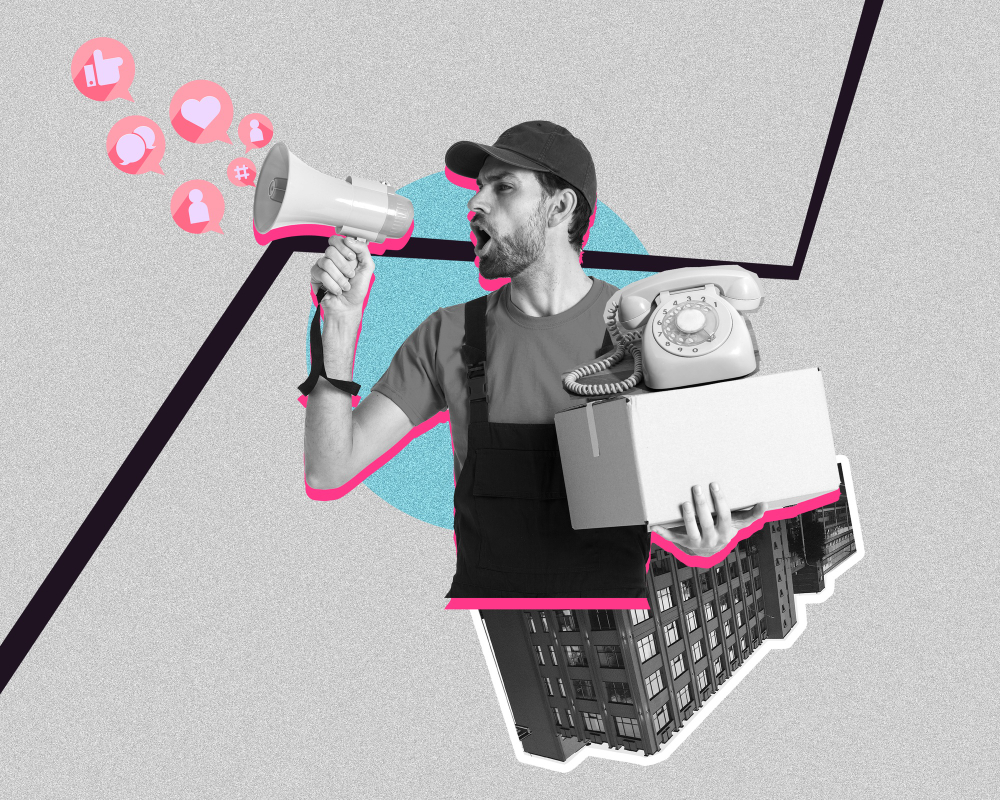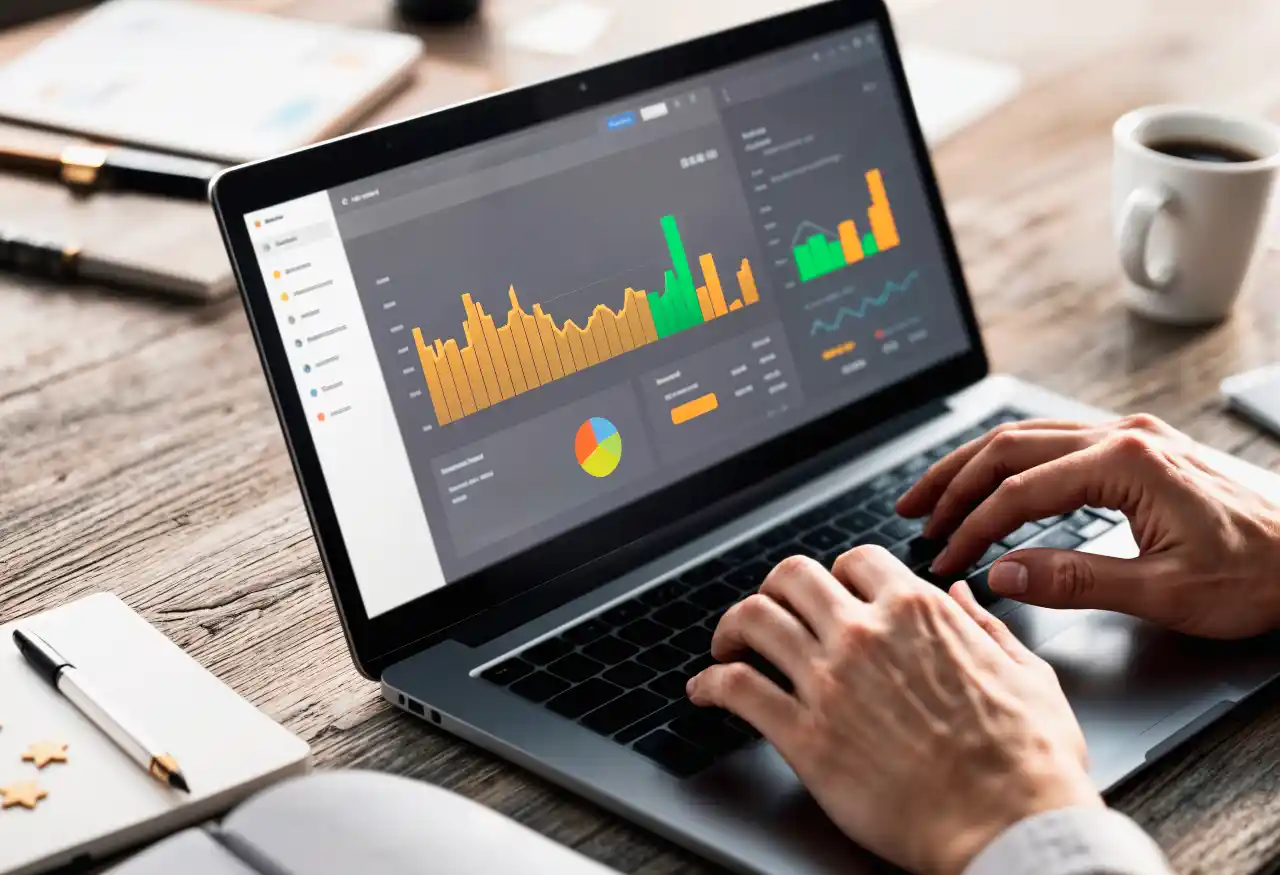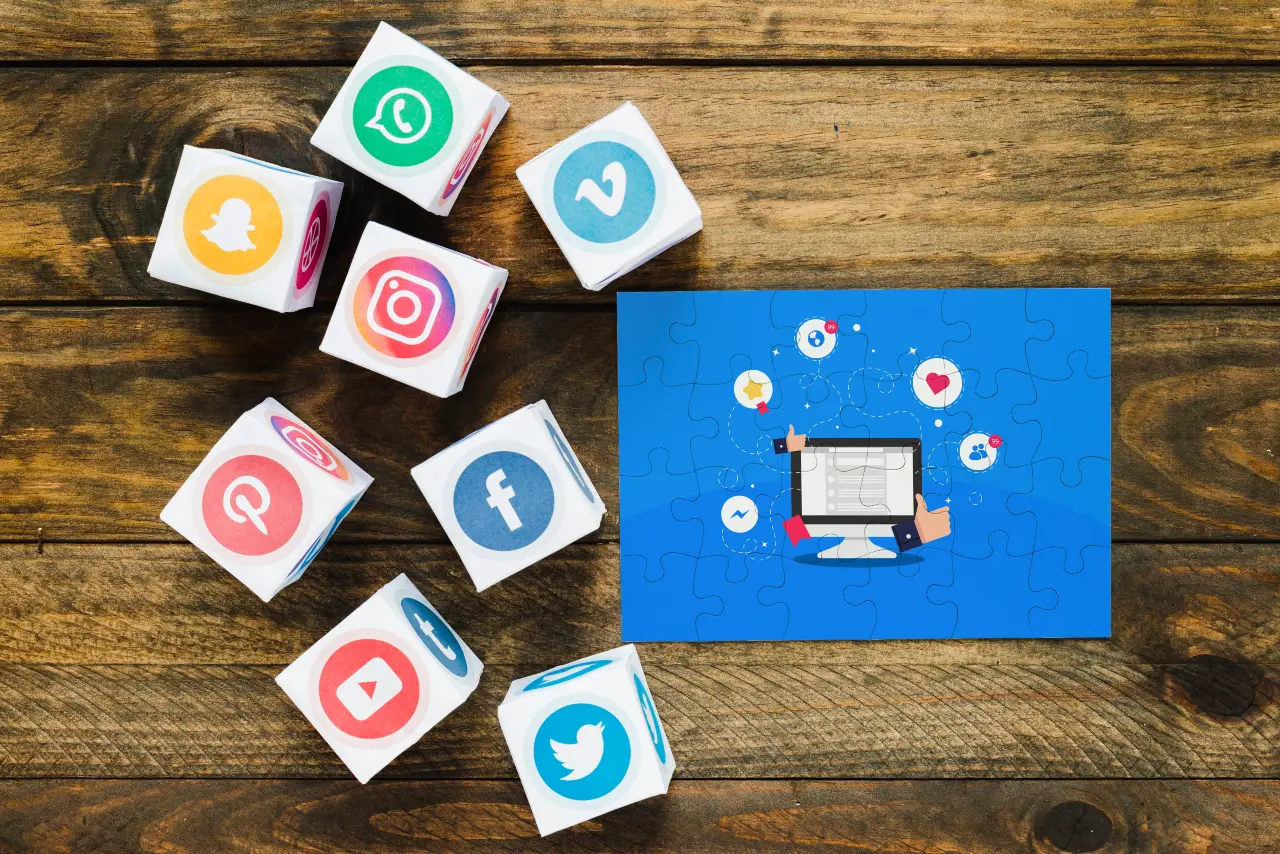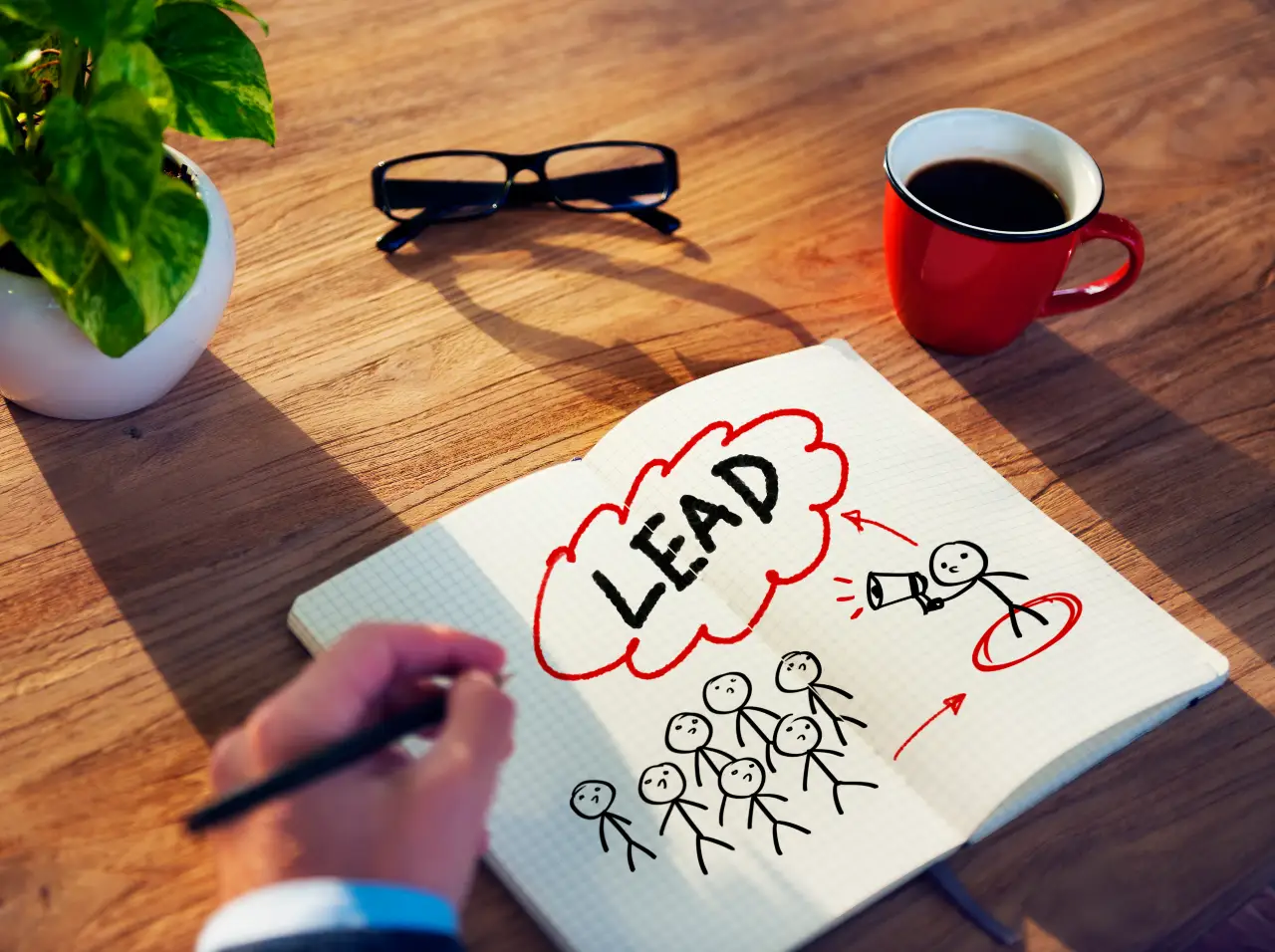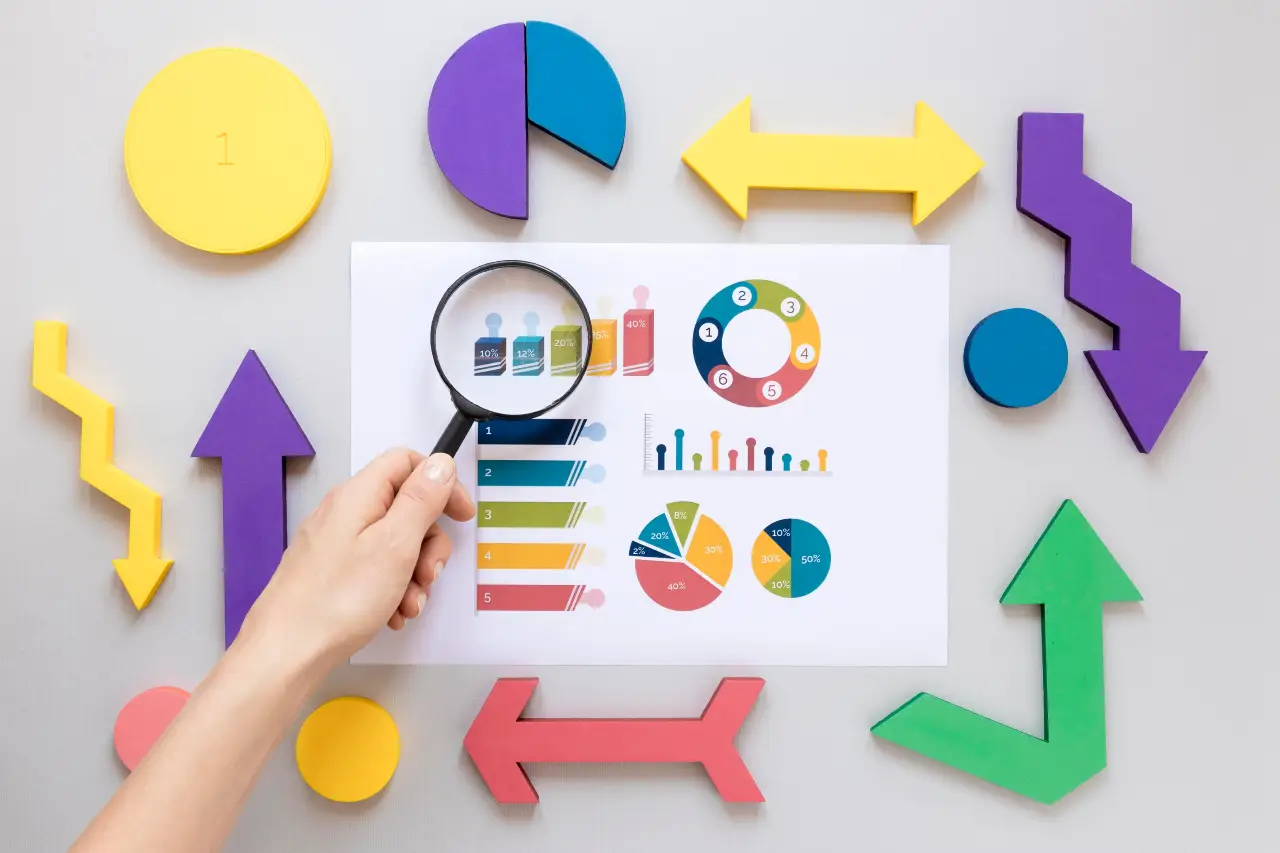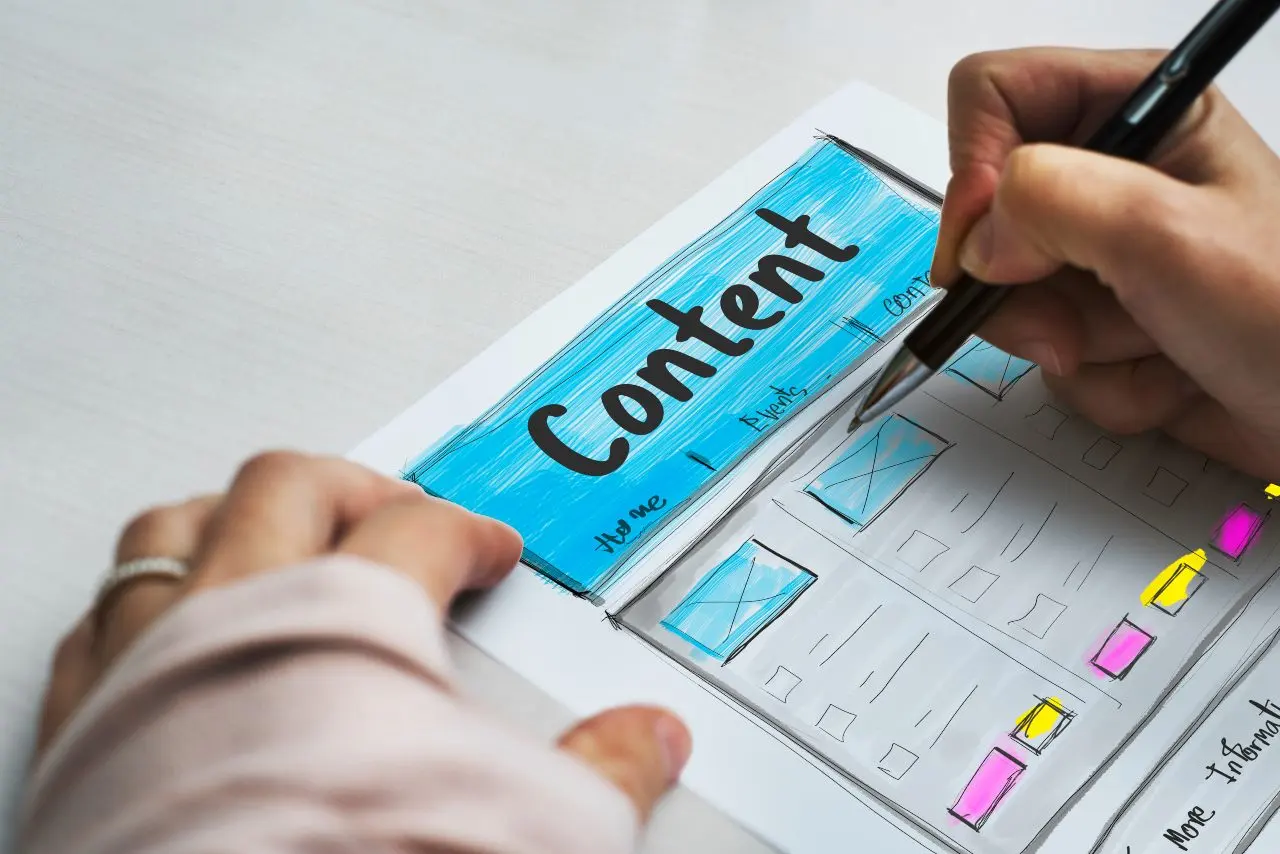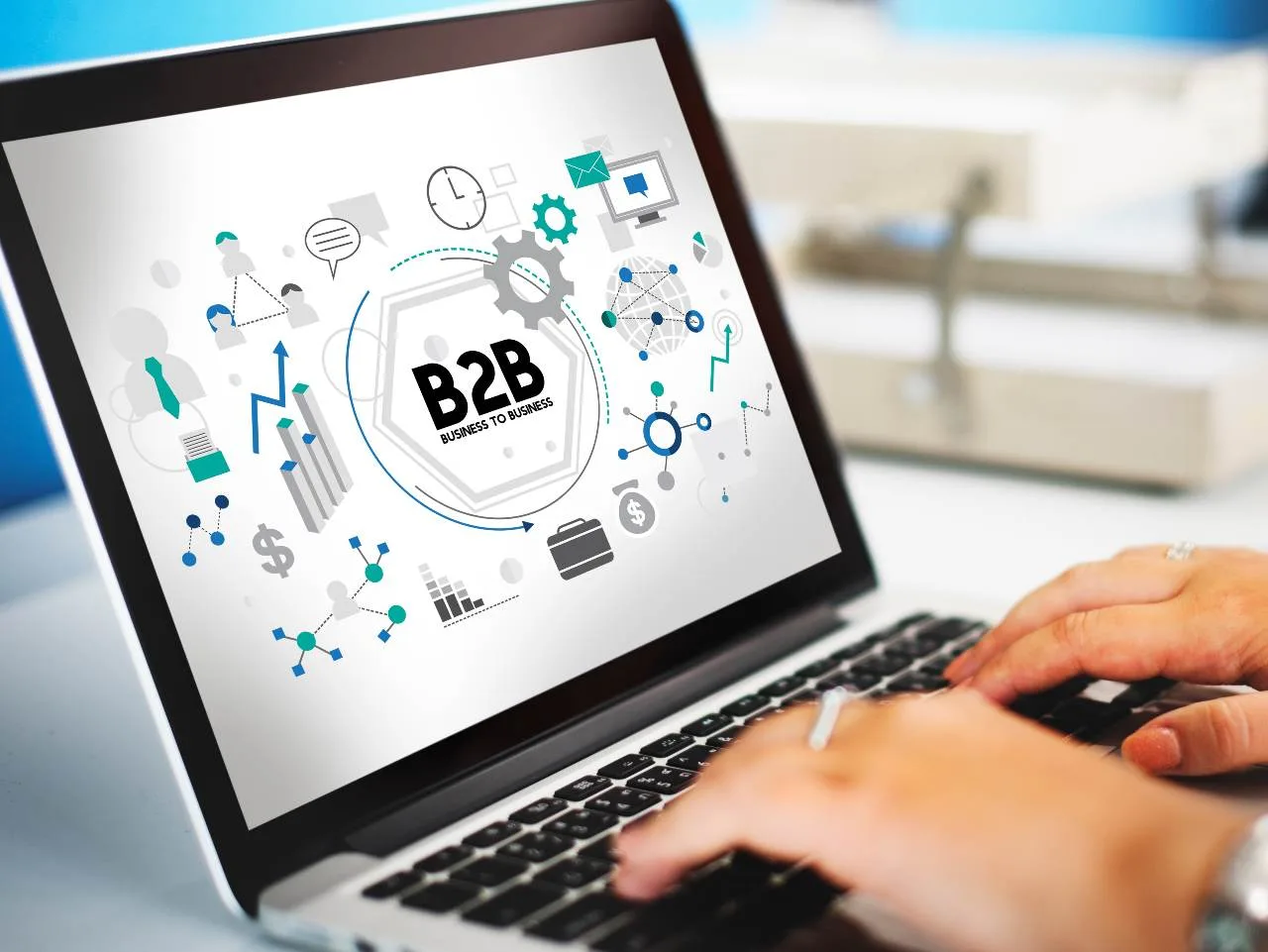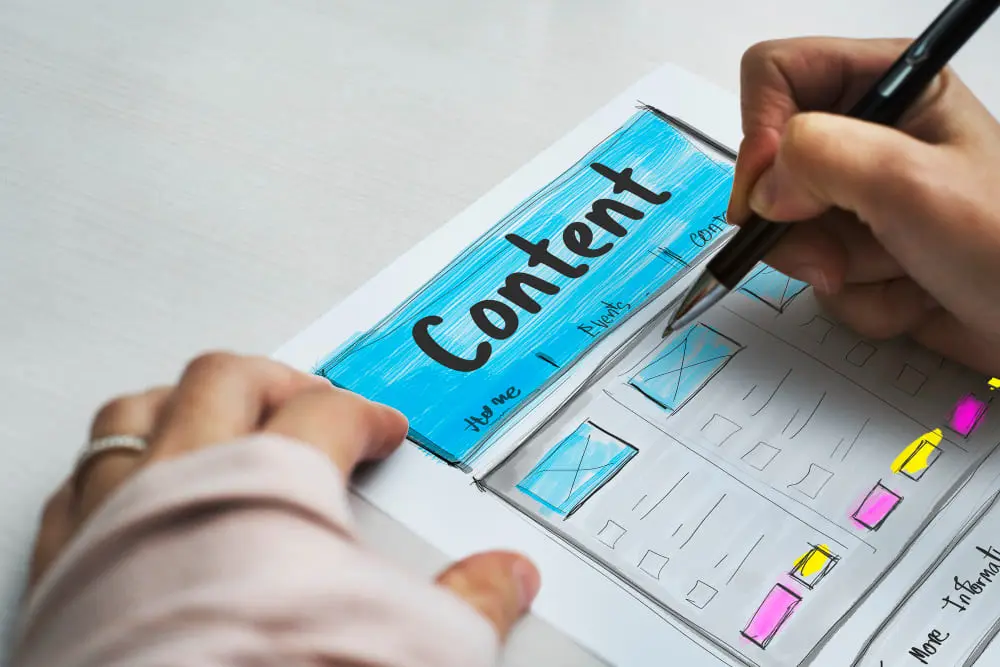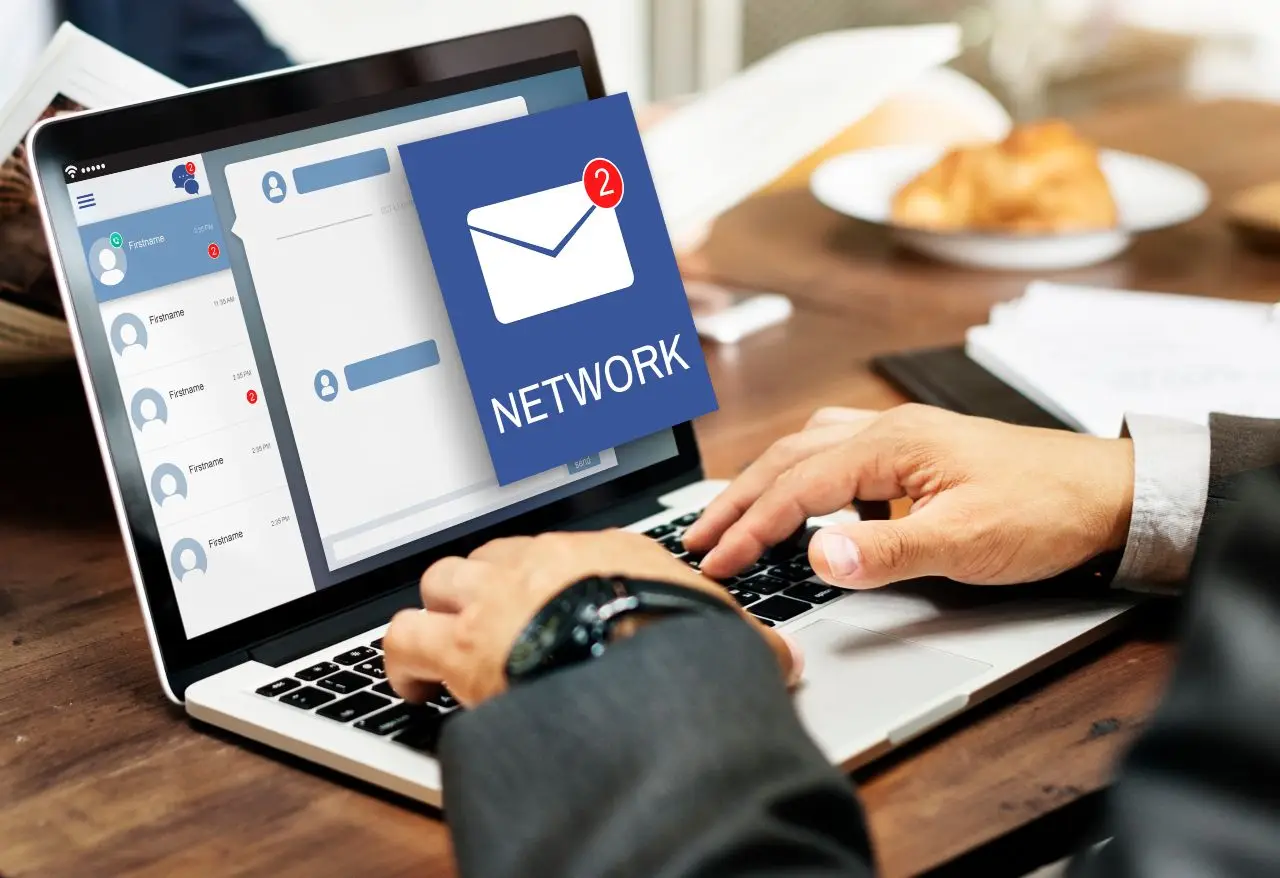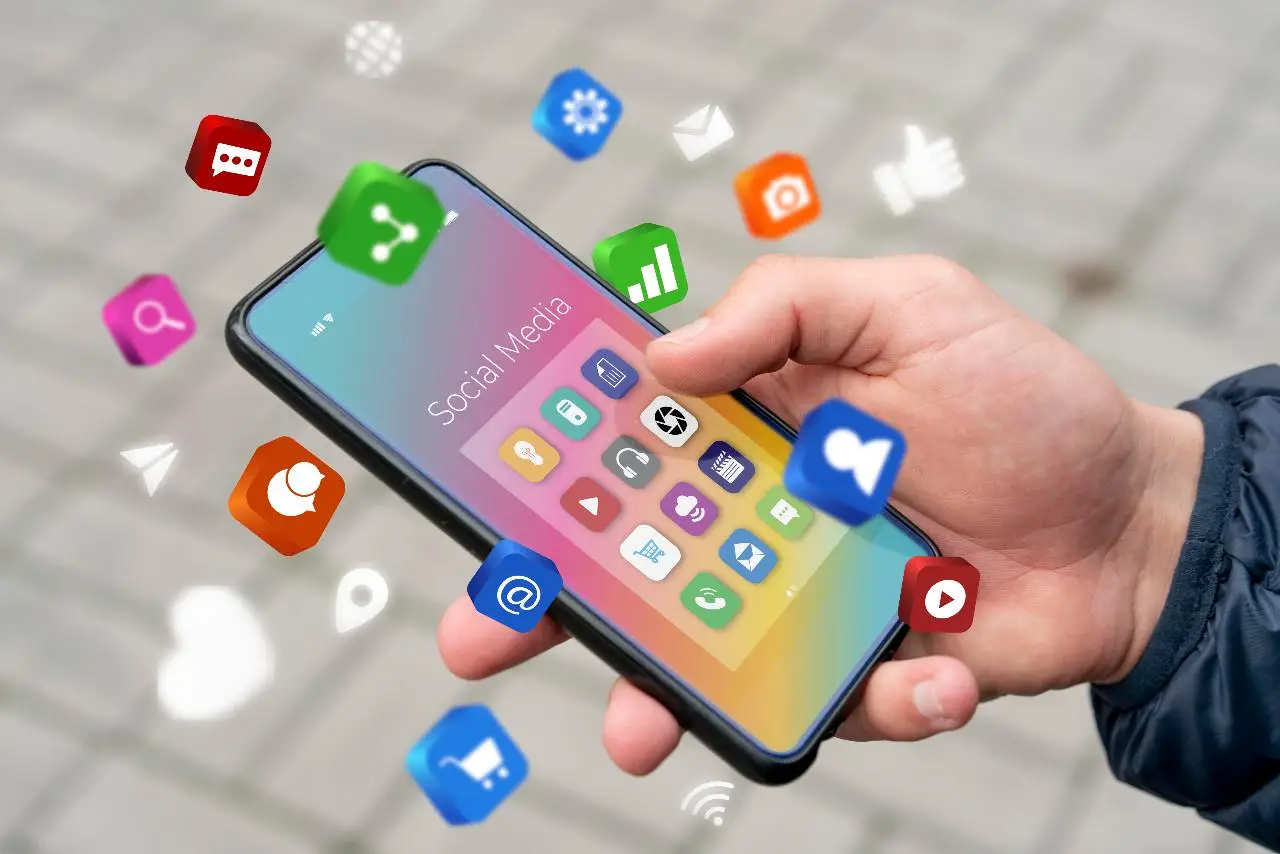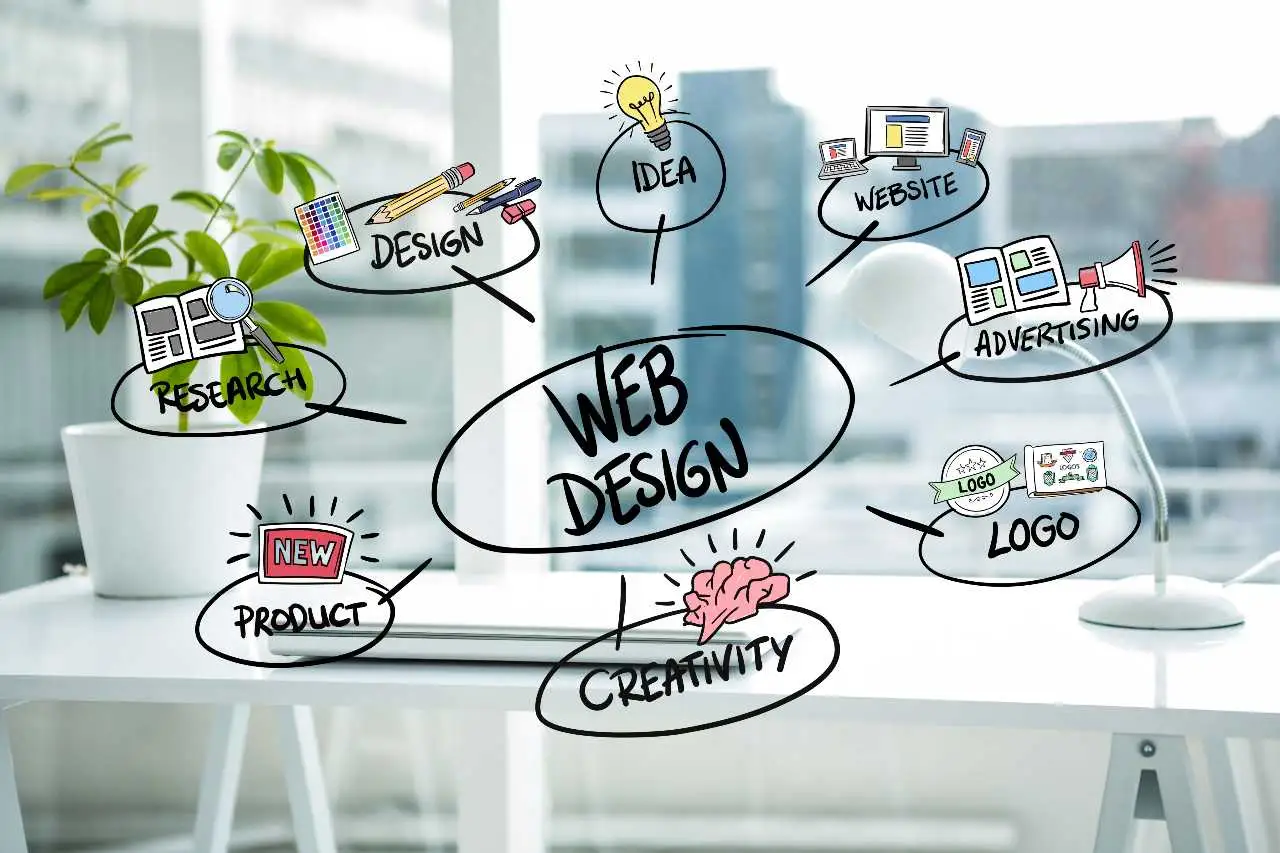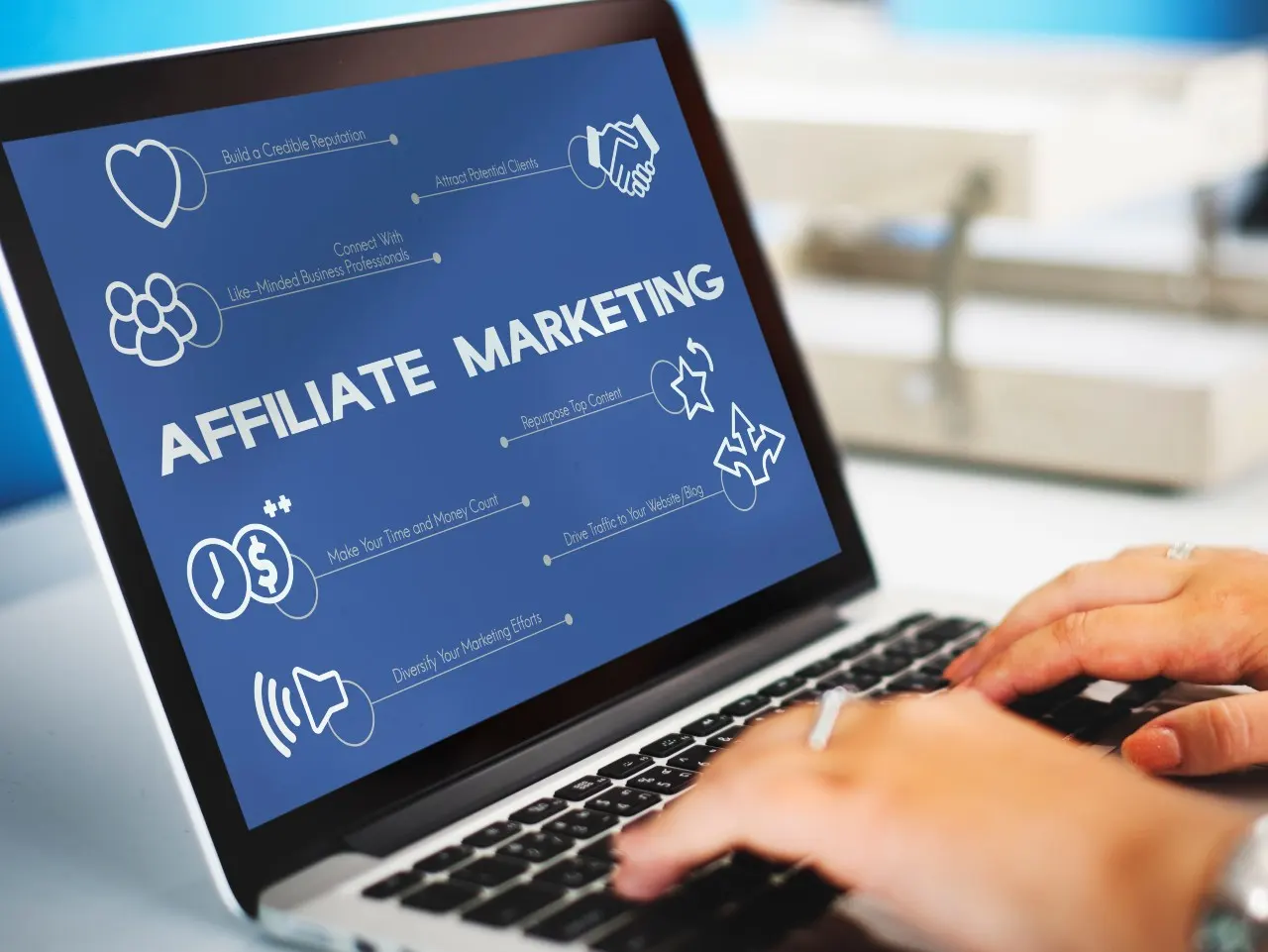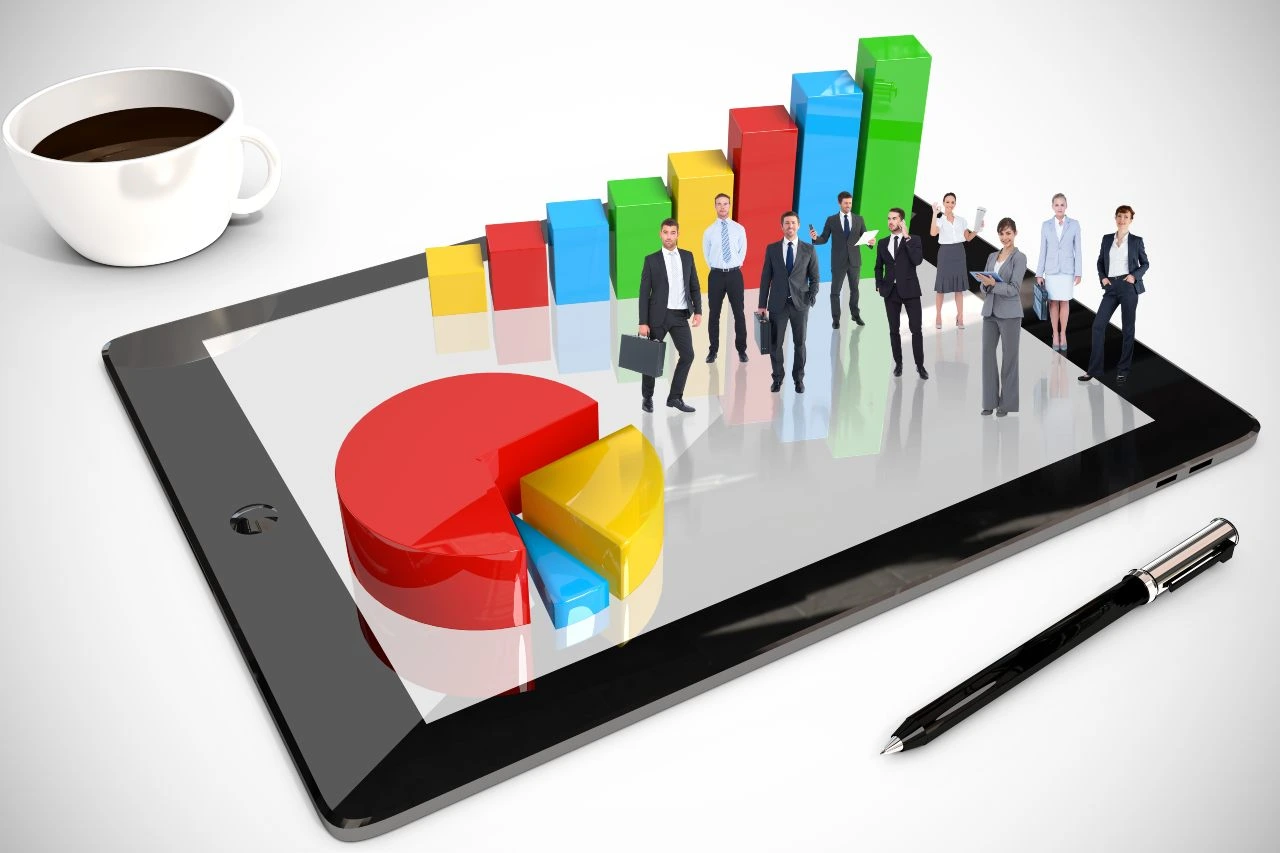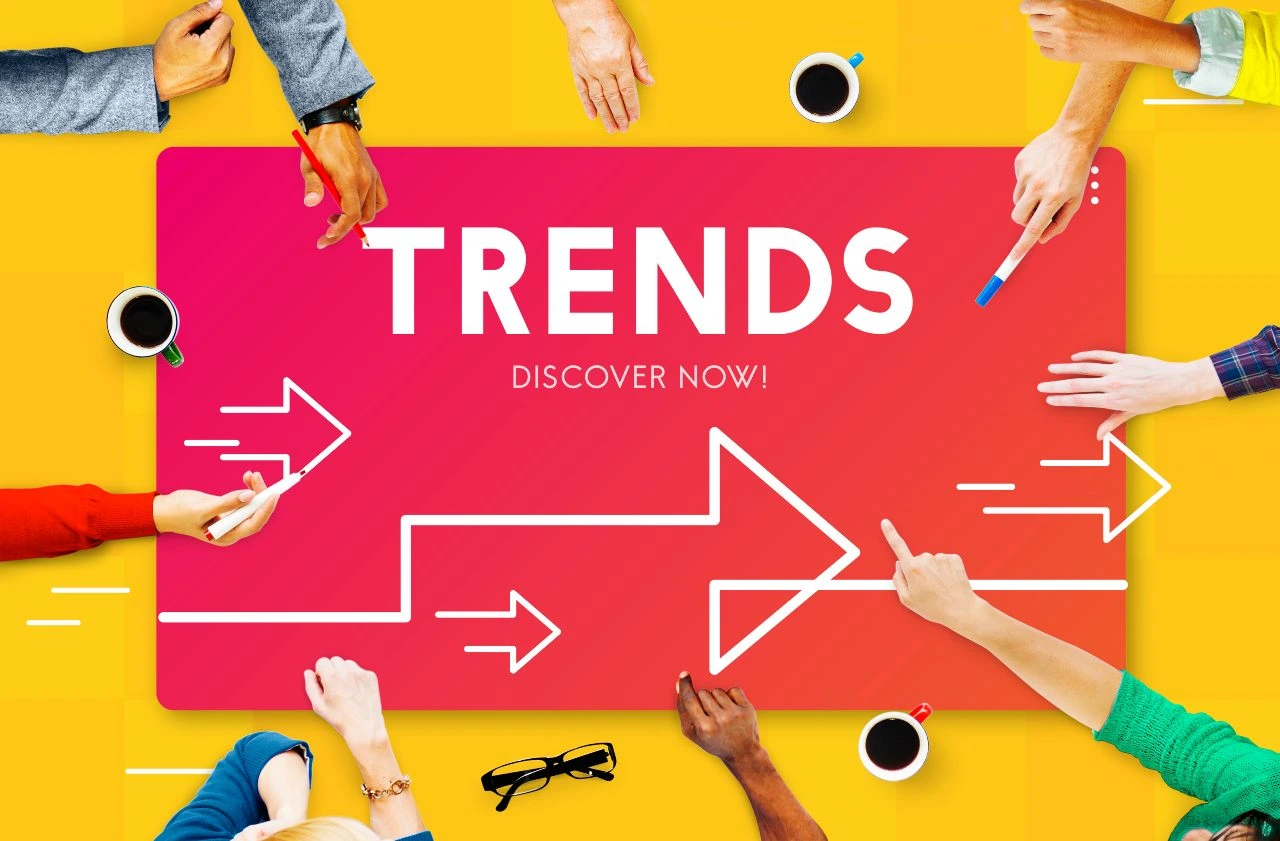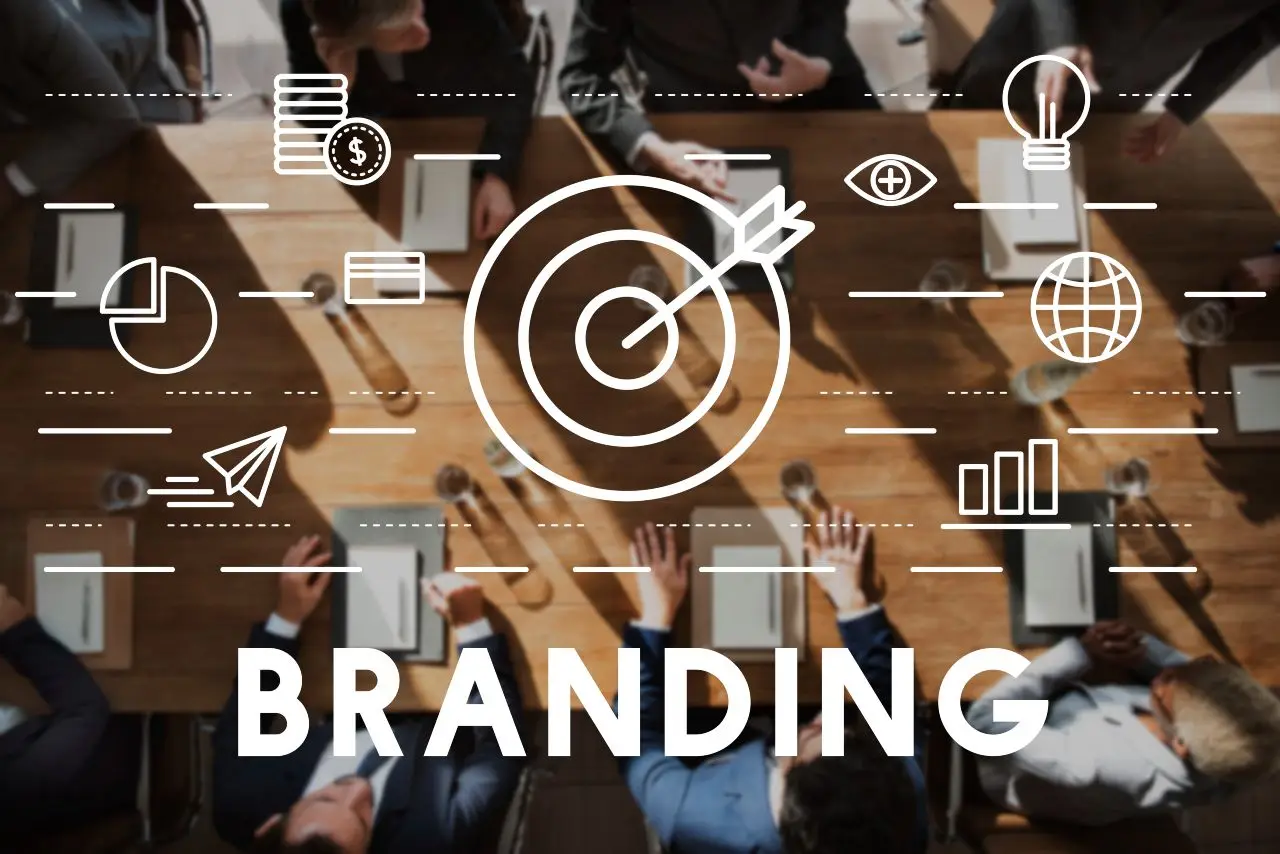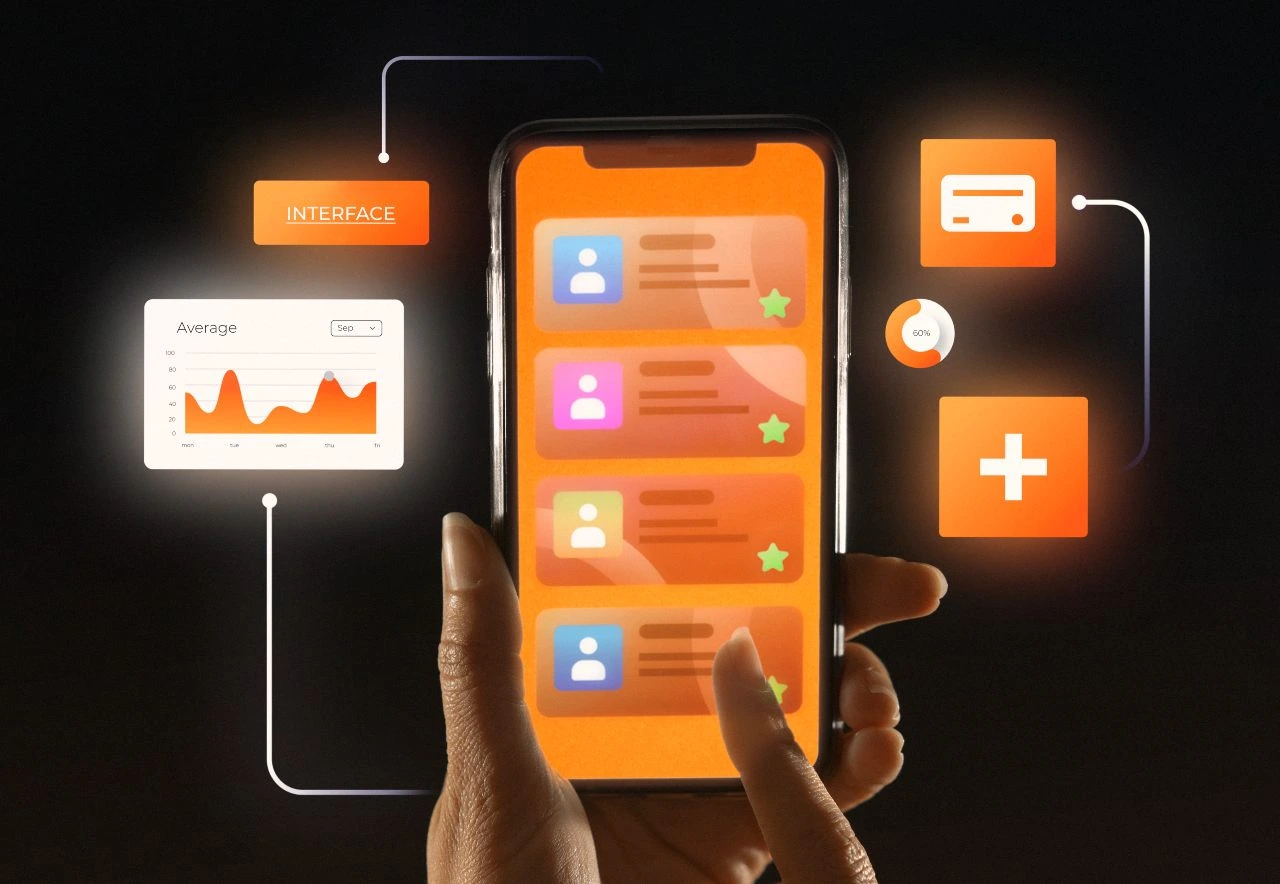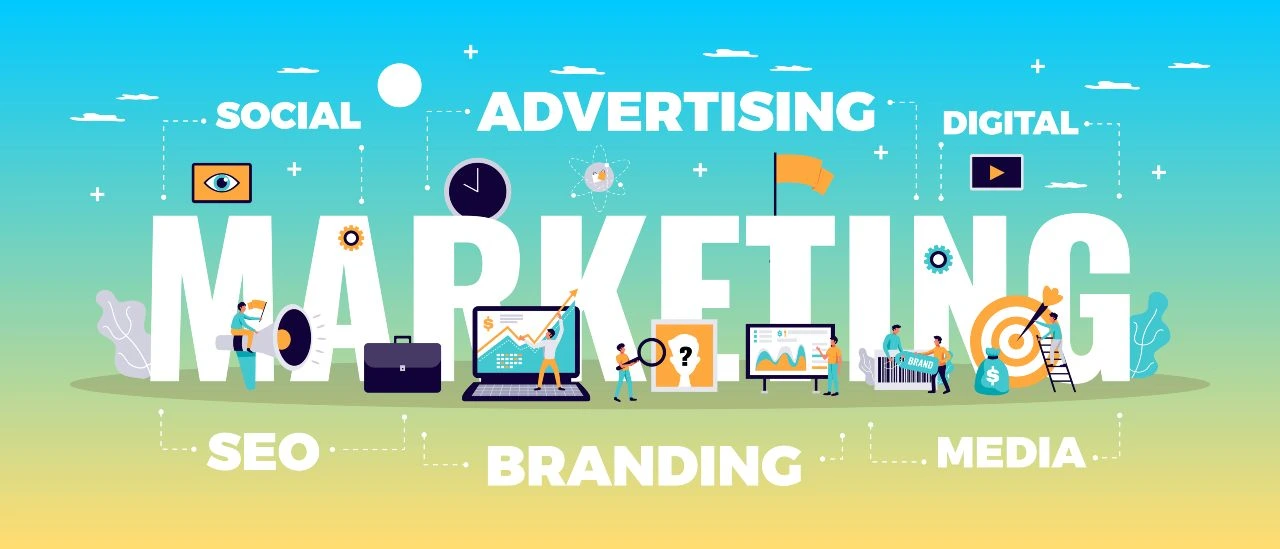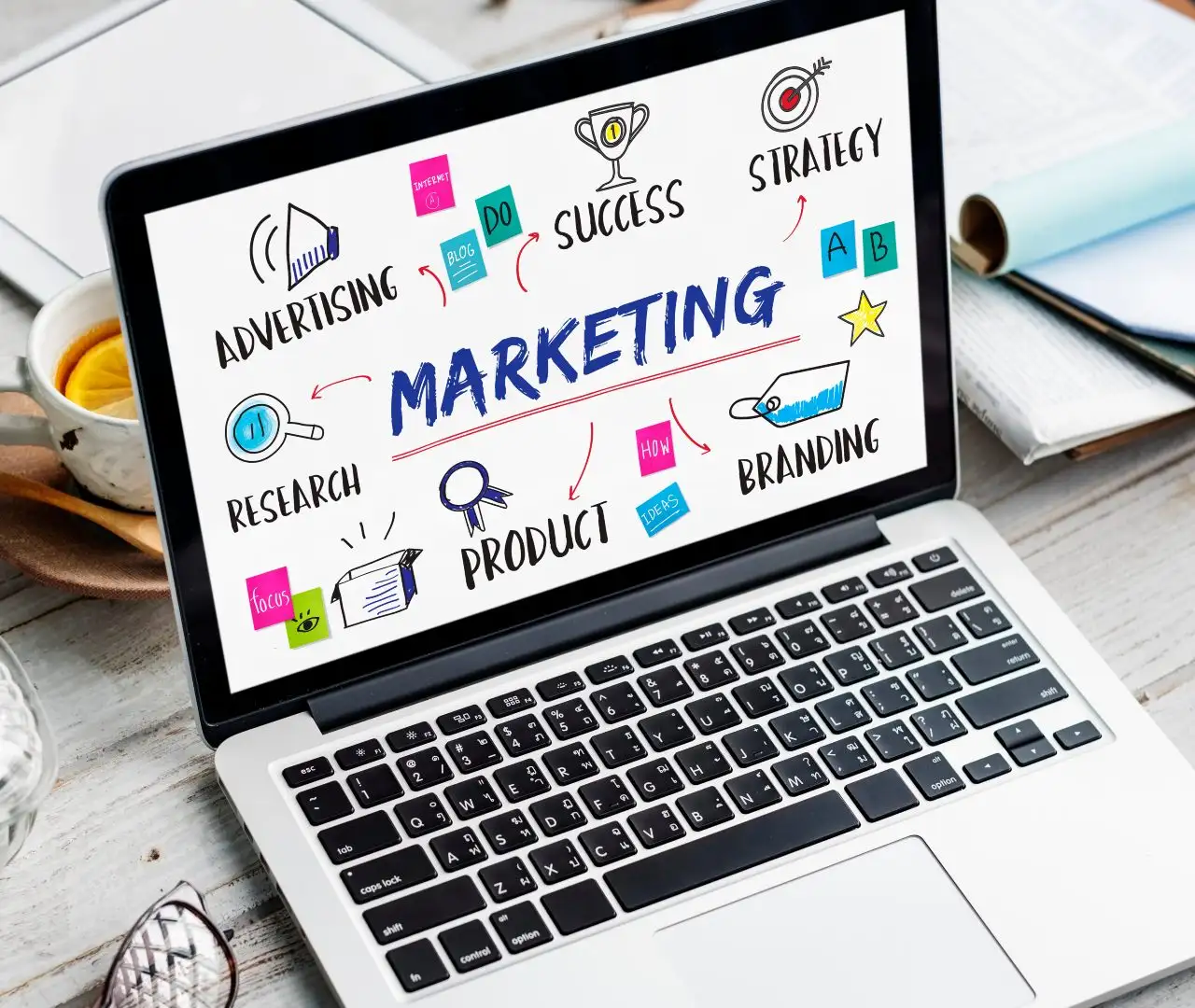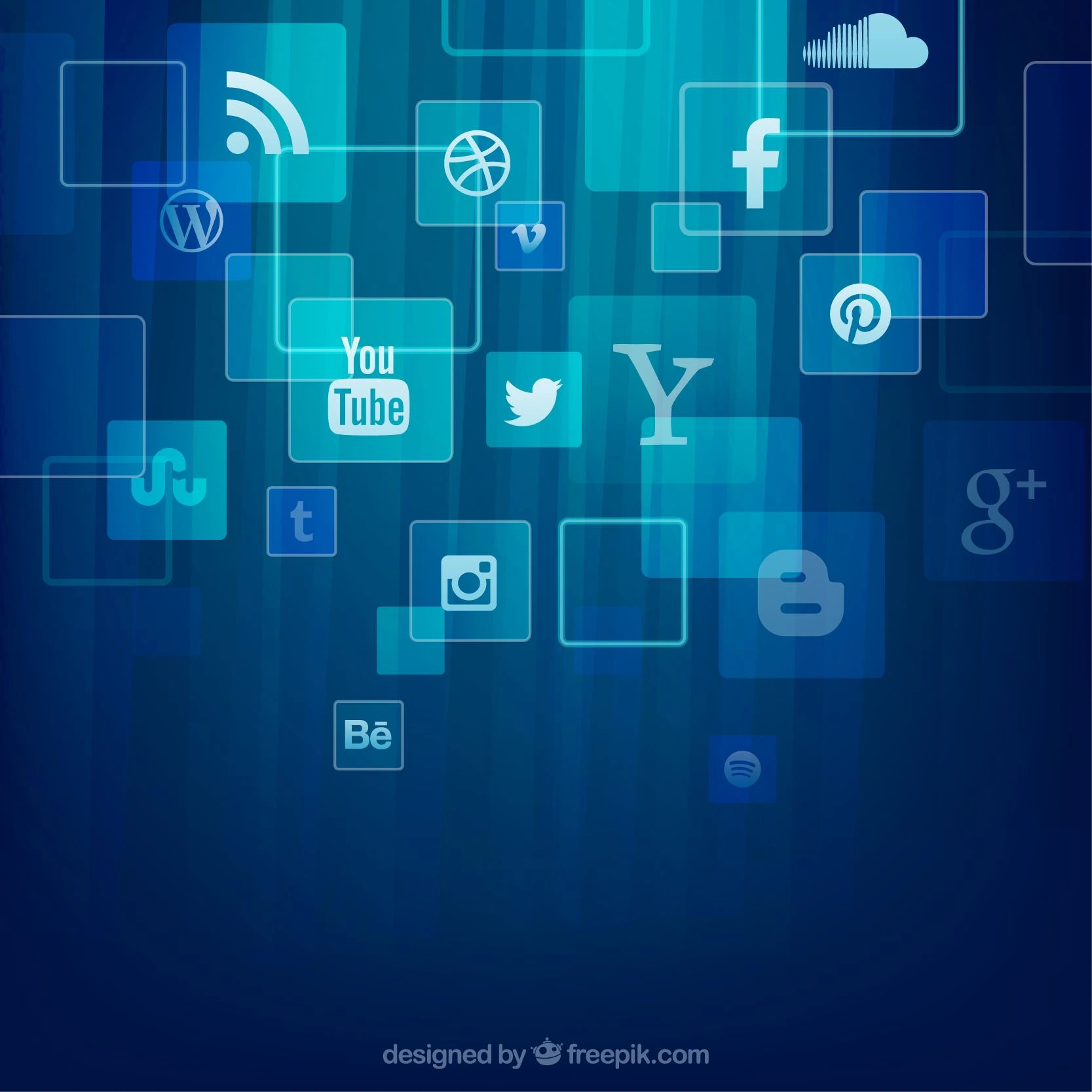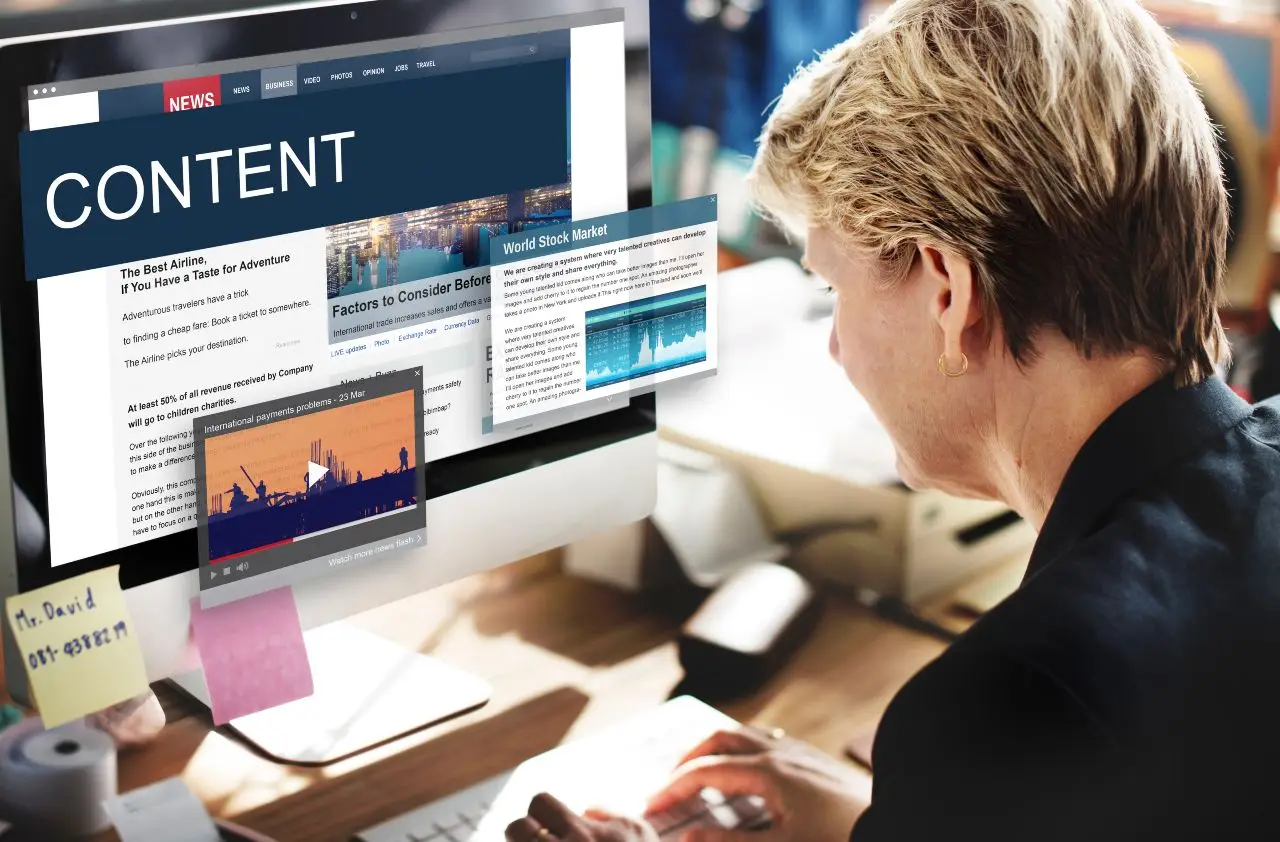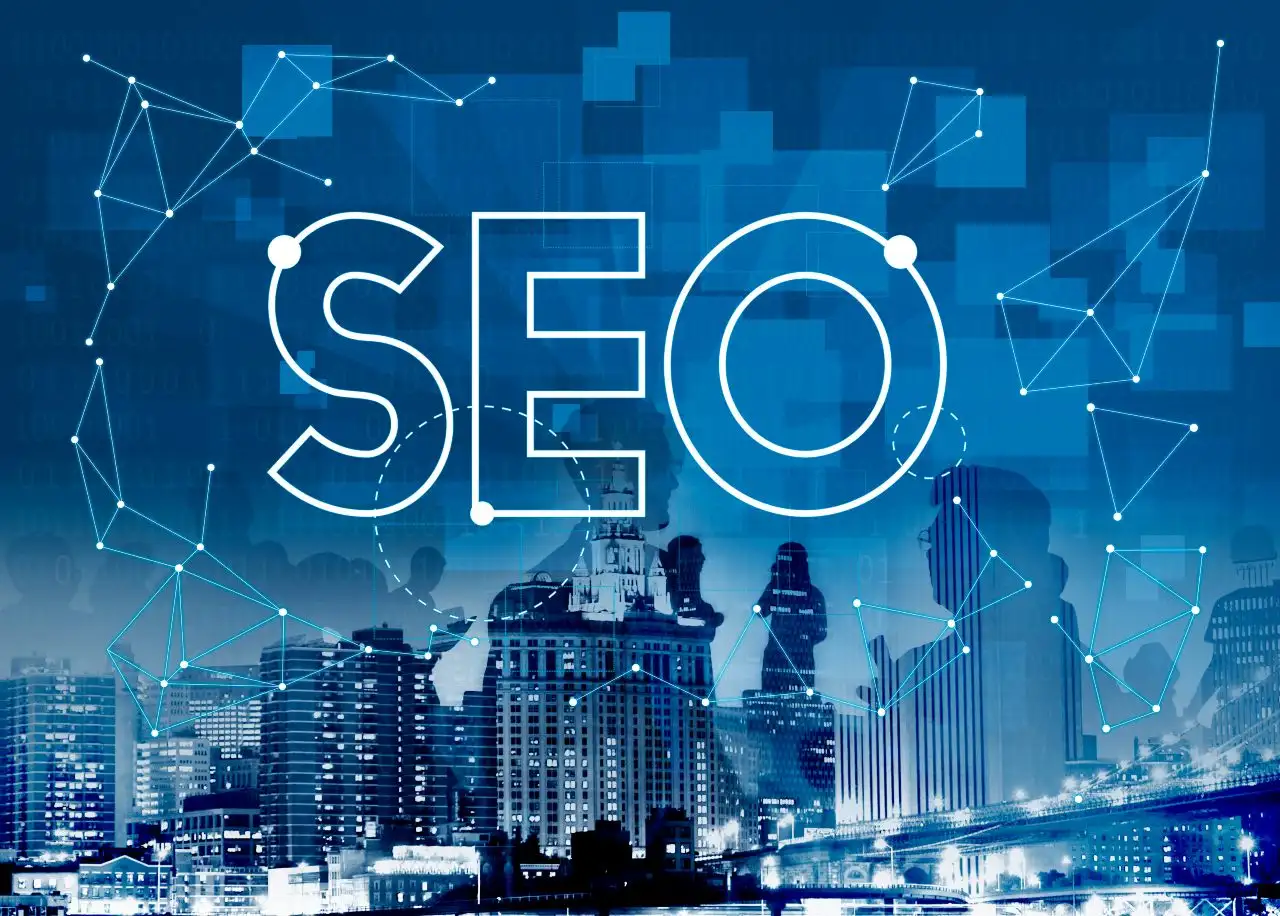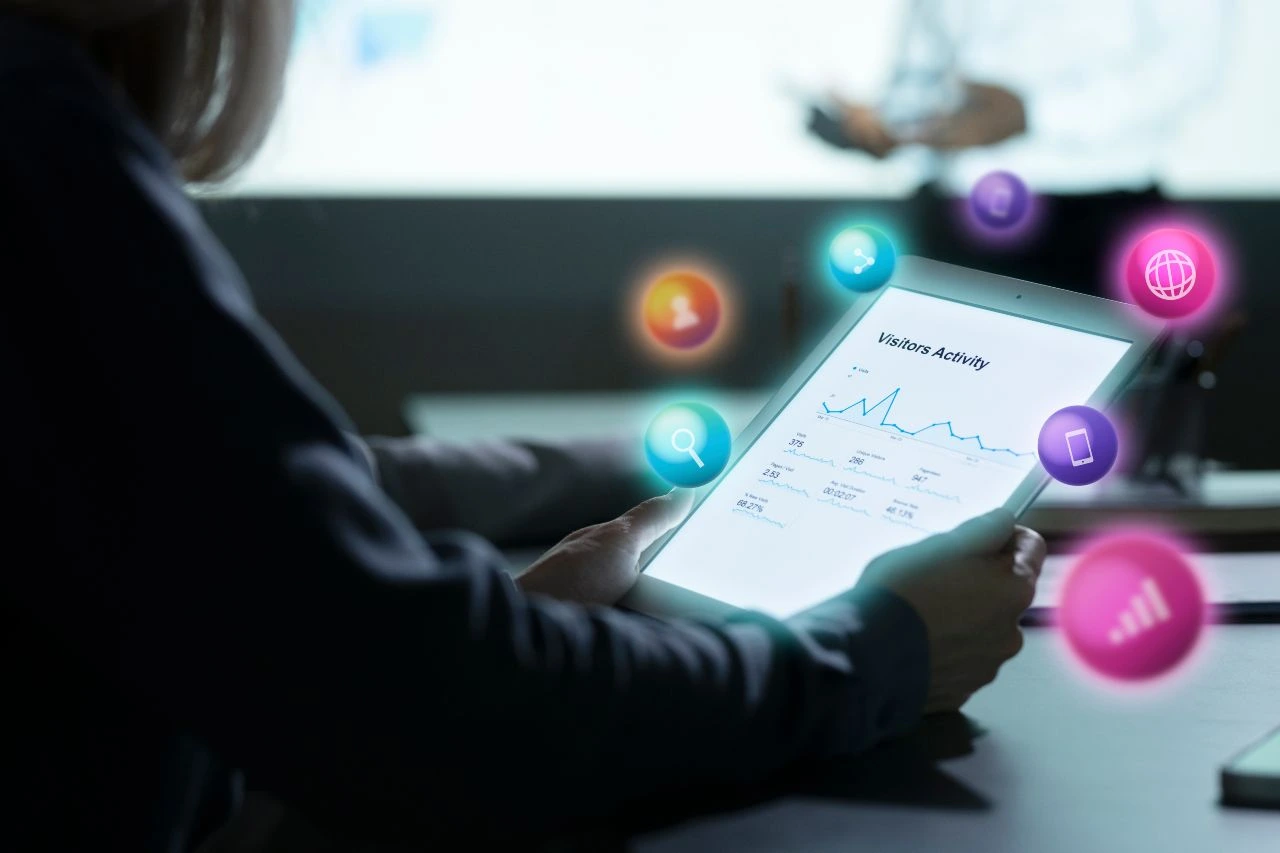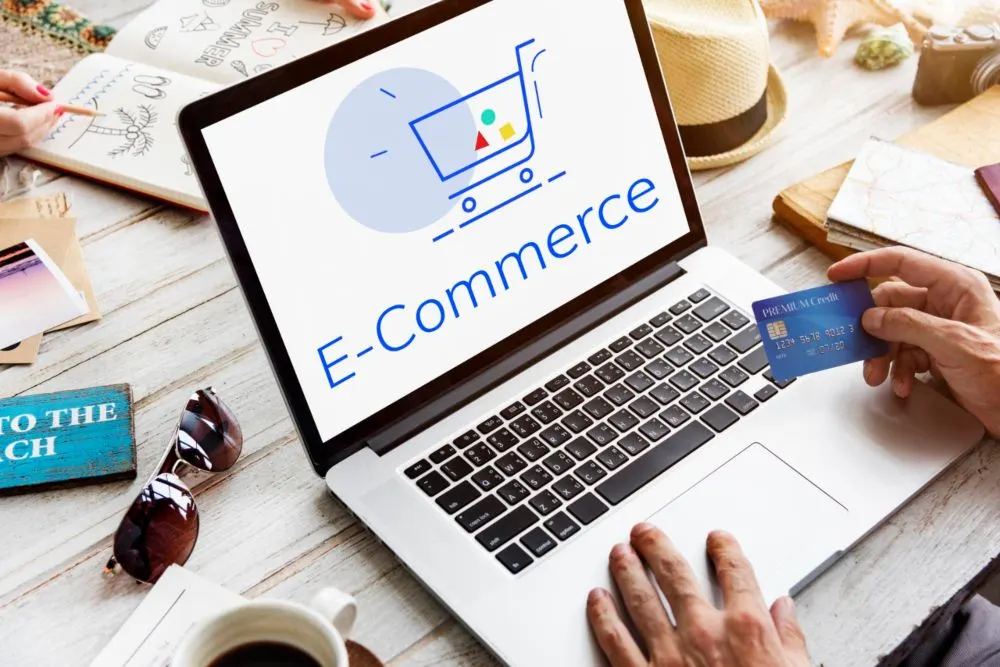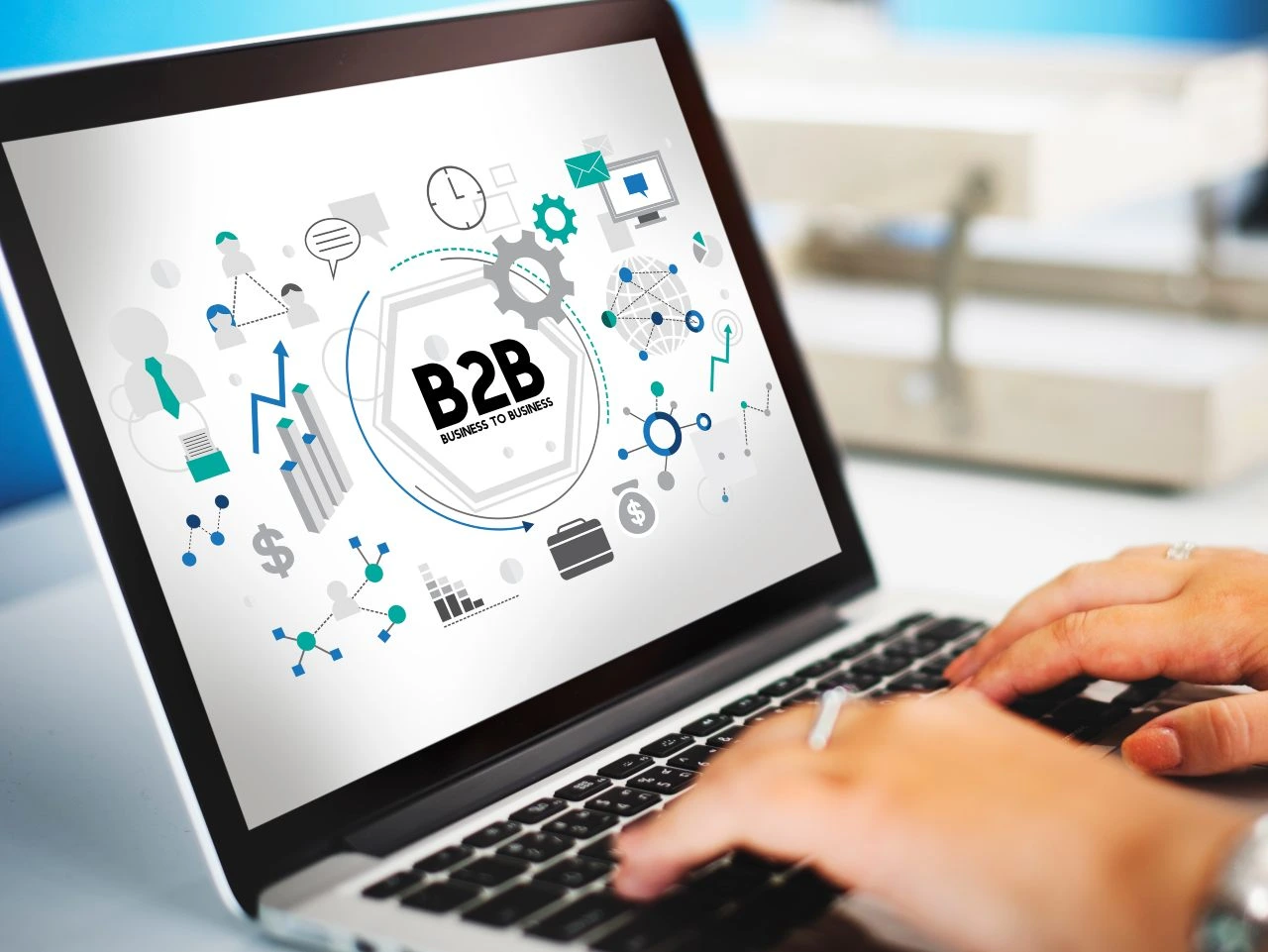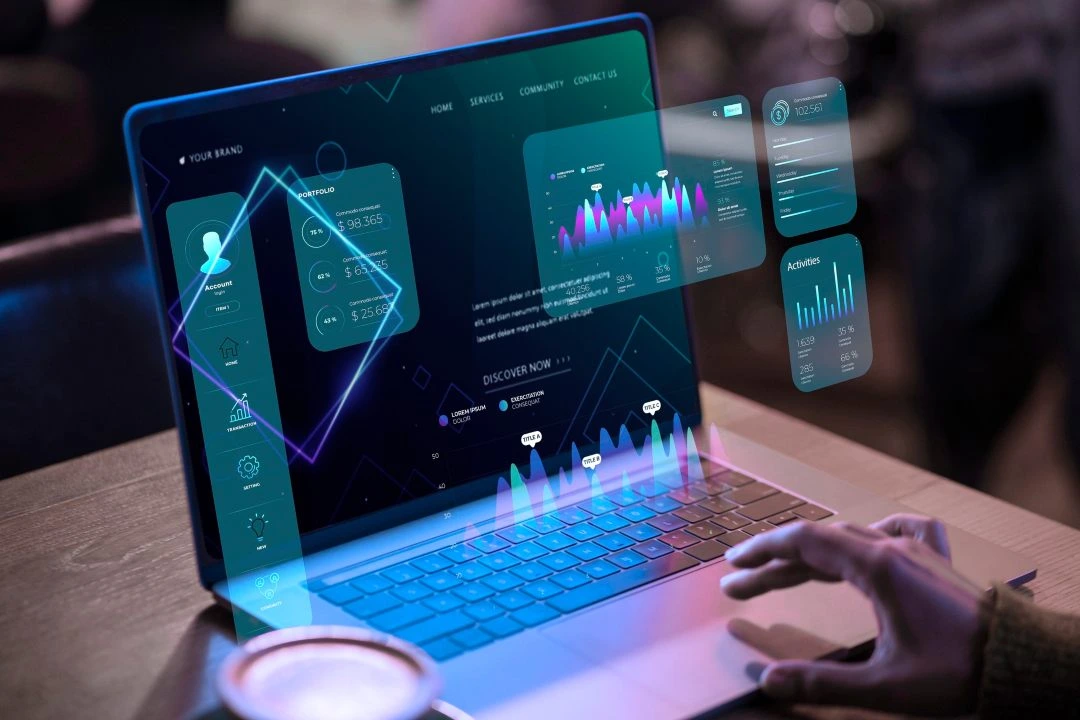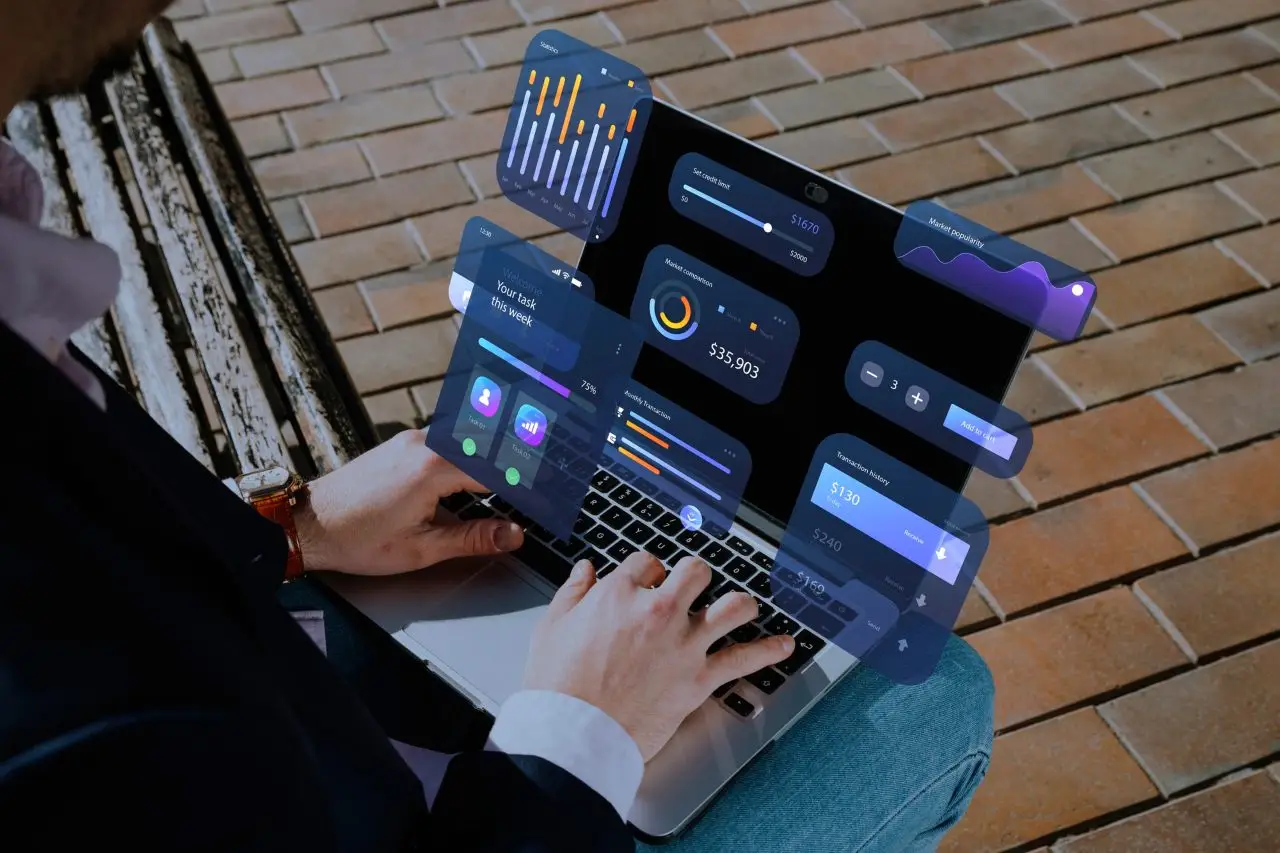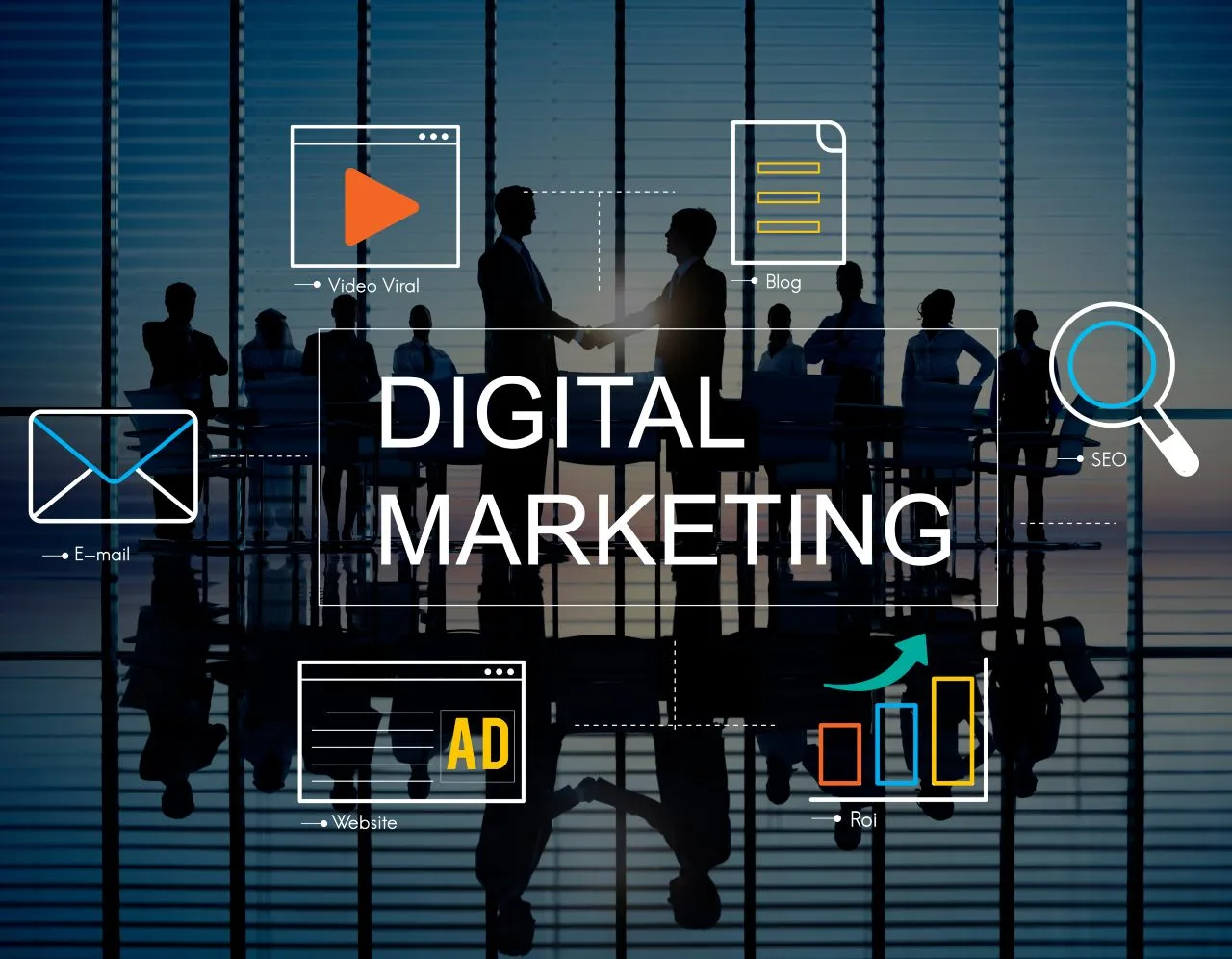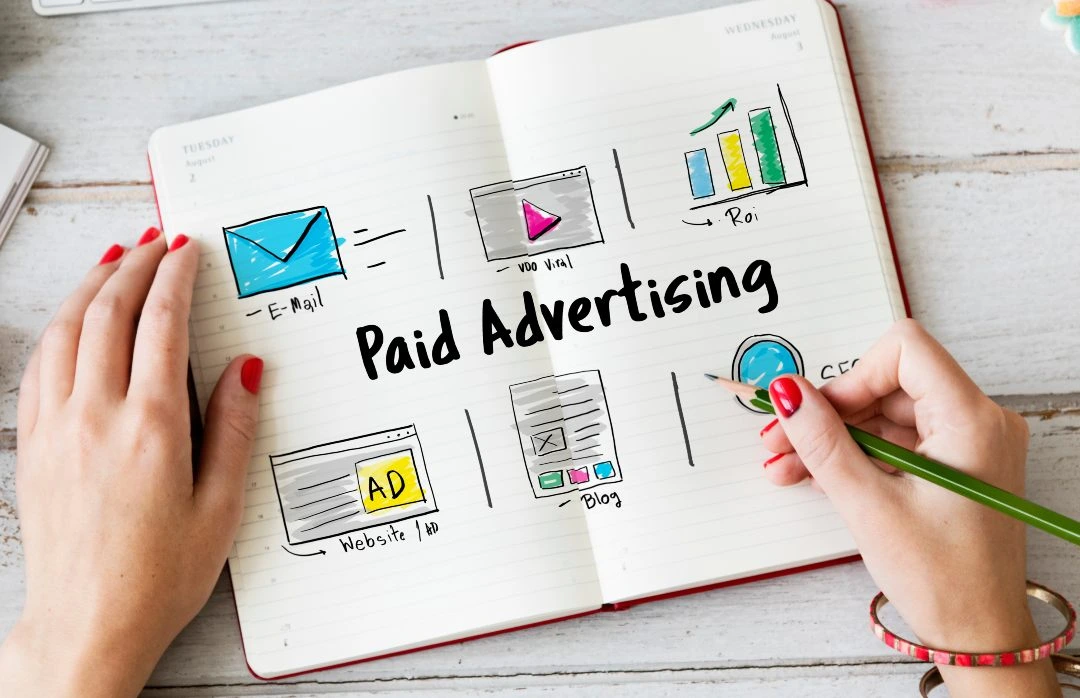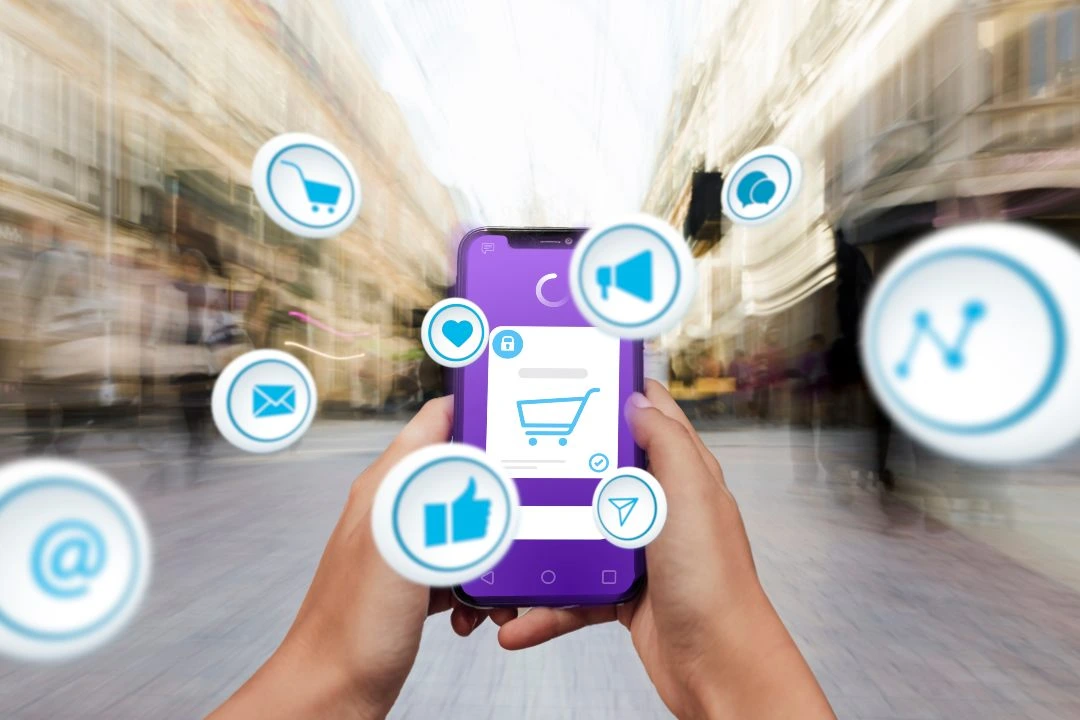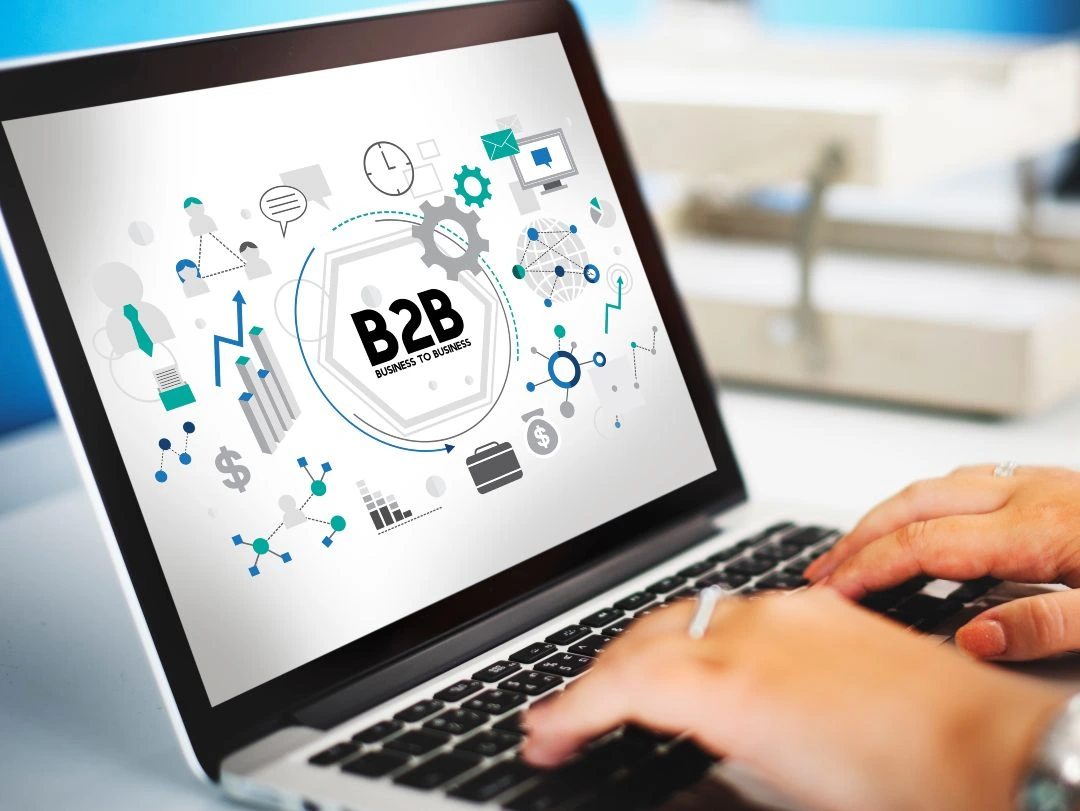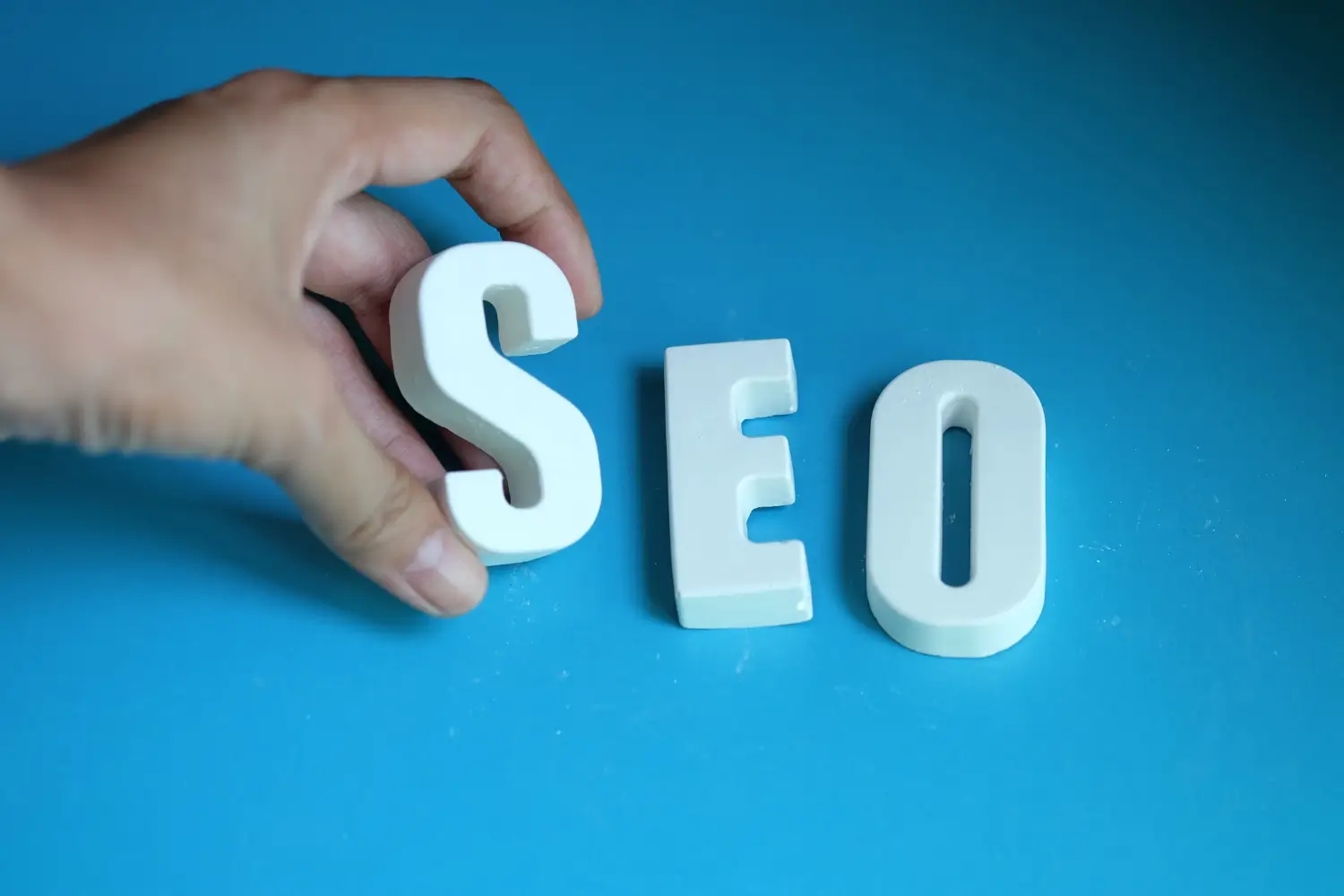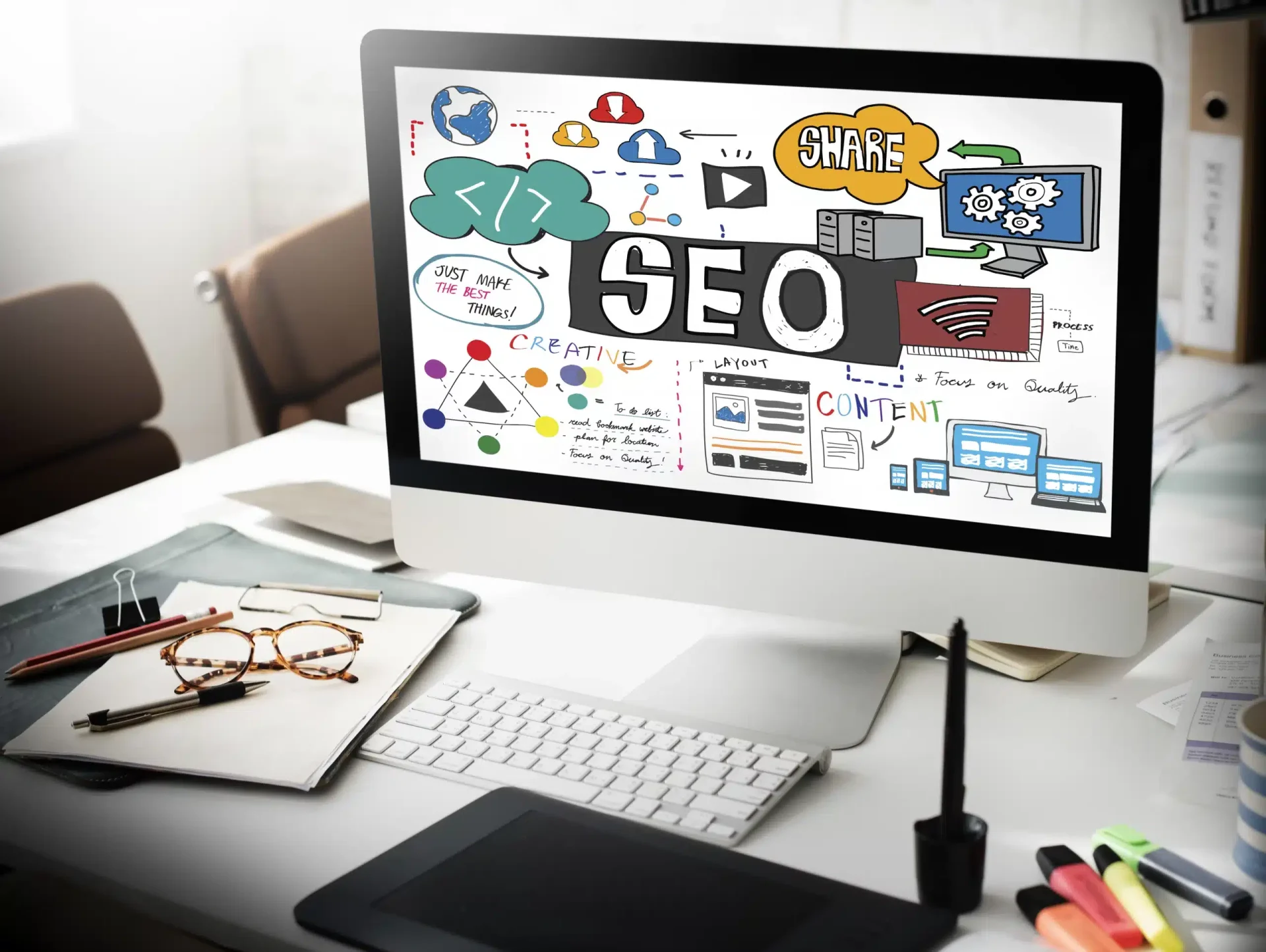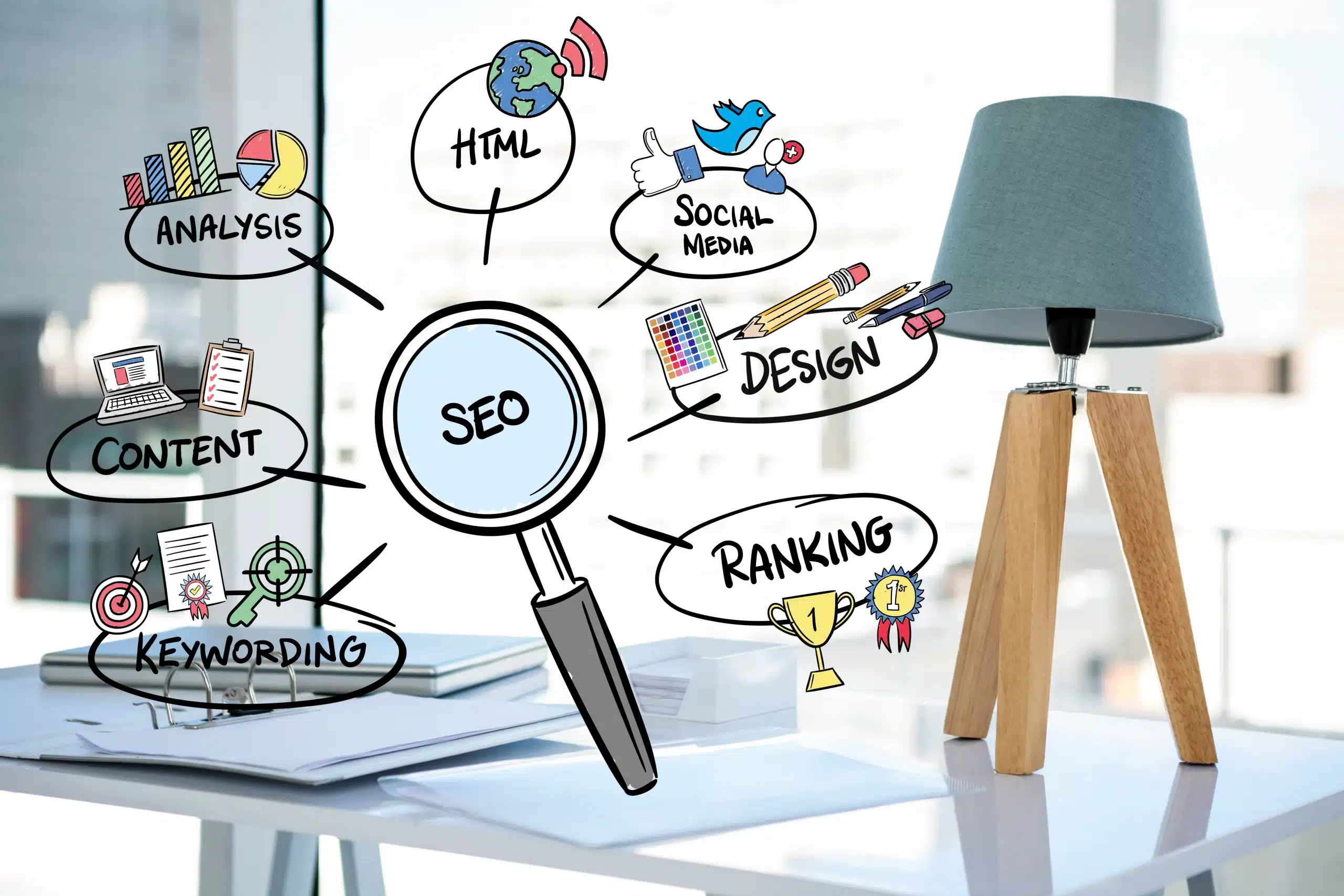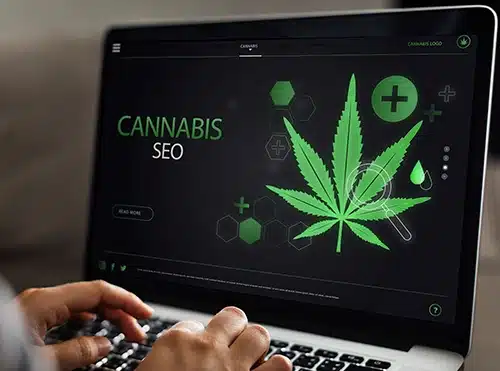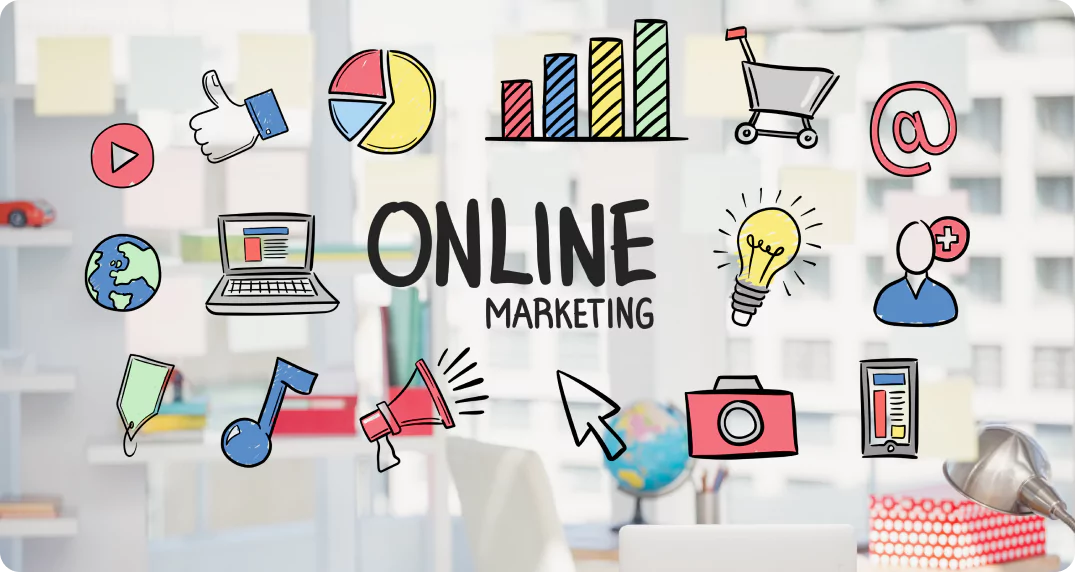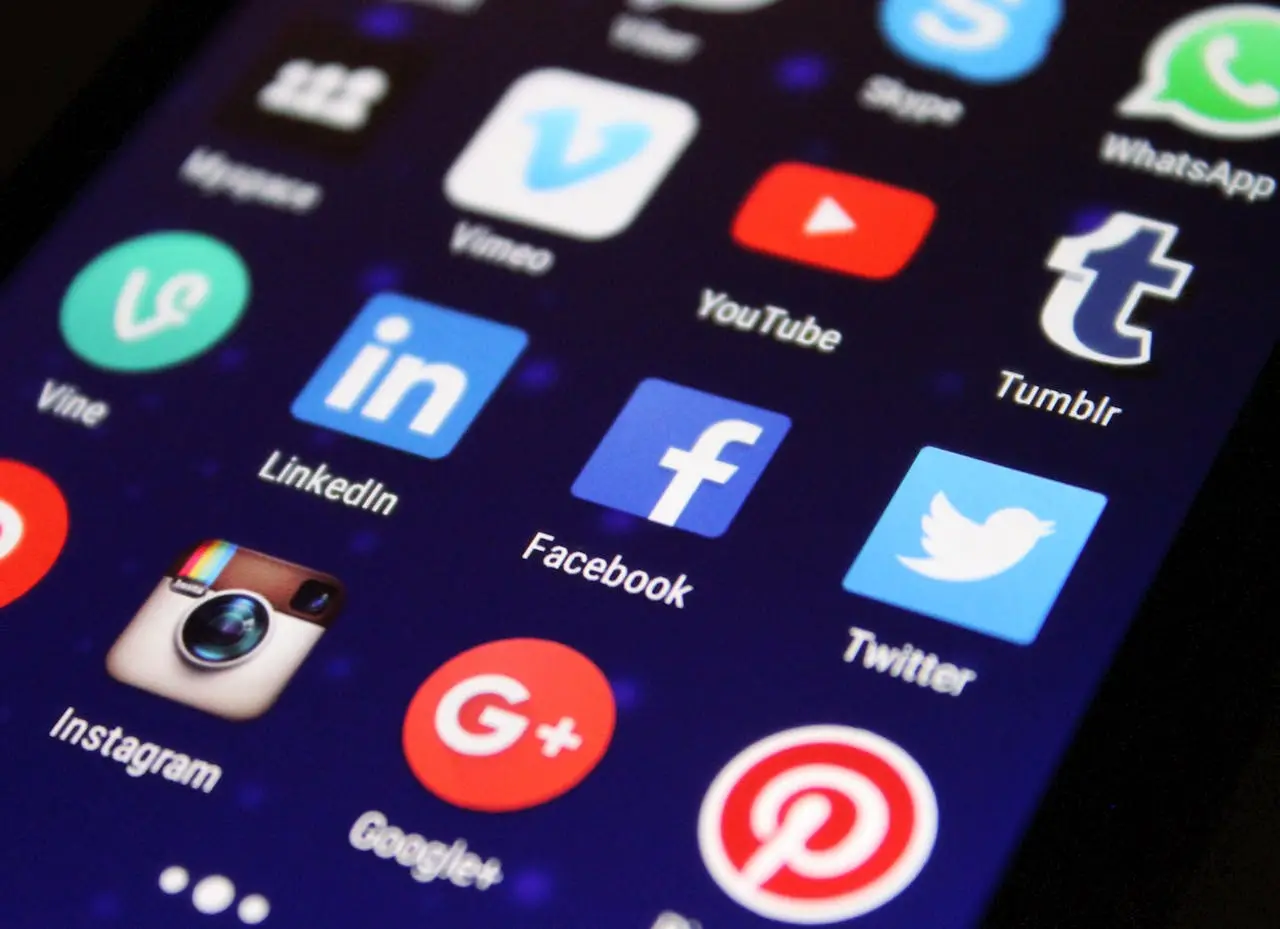Listen to article
Are you ready to revolutionize your B2B marketing strategy? As we look ahead, understanding the critical B2B martech stack trends is more important than ever.
With the digital landscape constantly evolving, B2B marketers need to stay ahead of the curve. What technologies are essential? Which channels should you prioritize? And what are the emerging trends that will shape the marketing landscape in 2025?
From AI-driven content creation to strategic investments in key digital channels, the B2B martech stack is undergoing a massive transformation. As companies strive to generate high-quality leads and measure ROI effectively, it’s crucial to understand the tools and strategies that will drive success.
In this article, we’ll explore the essential components of a winning b2b martech stack 2025, including AI, content distribution, video marketing, email automation. Let’s dive in.
The Rise of AI-Driven Strategies in B2B Marketing
AI is revolutionizing how B2B marketers approach content creation, automation, and audience engagement. With the growing demand for efficiency and personalization, businesses are increasingly adopting artificial intelligence to streamline workflows, reduce costs, and deliver highly tailored customer experiences. This shift isn’t just about keeping up with trends—it’s a competitive necessity, enabling companies to achieve unparalleled scalability and enhanced ROI in an era where precision marketing rules.
- Widespread AI Adoption: As of 2023, over 91% of content marketers integrated AI tools into their content creation workflows. Source
- Time-Saving Benefits: AI-driven writing tools have halved the time marketers spend on content development, cutting it down from 20 hours per week to an average of just 10 hours. Source
- AI-Assisted Content Types: Marketers are leaning on AI to craft blog posts (58%), social media content (55%), and short articles (49%). These tools help overcome writer’s block while meeting fast-paced content demands. Source
- Enhanced Quality and Personalization: 85% of marketers believe AI integration has elevated their content quality, while 77% highlight its role in crafting highly personalized messaging. Source
- Improved ROI: A notable 68% of businesses have reported higher content marketing ROI thanks to AI’s ability to streamline production and perfect content distribution strategies. Source
- AI-Powered Customer Support: While only 36% of marketers currently use AI chatbots, an additional 58% plan to expand their investment in these tools in 2024, citing their role in delivering efficient, personalized customer support. Source
- Audience Insights Through AI: A quarter of marketers (25%) use AI to generate deeper insights into customer behavior, enabling data-driven strategies that resonate better with target audiences. Source
- AI Adoption Among Small Businesses: 67% of small businesses now leverage AI to boost content marketing and SEO, showcasing the growing accessibility and impact of these tools across organizations of all sizes. Source
- AI in Email Marketing: Currently, 34% of marketers using generative AI rely on it to craft email copy, further proving AI’s versatility in communication strategies. Source
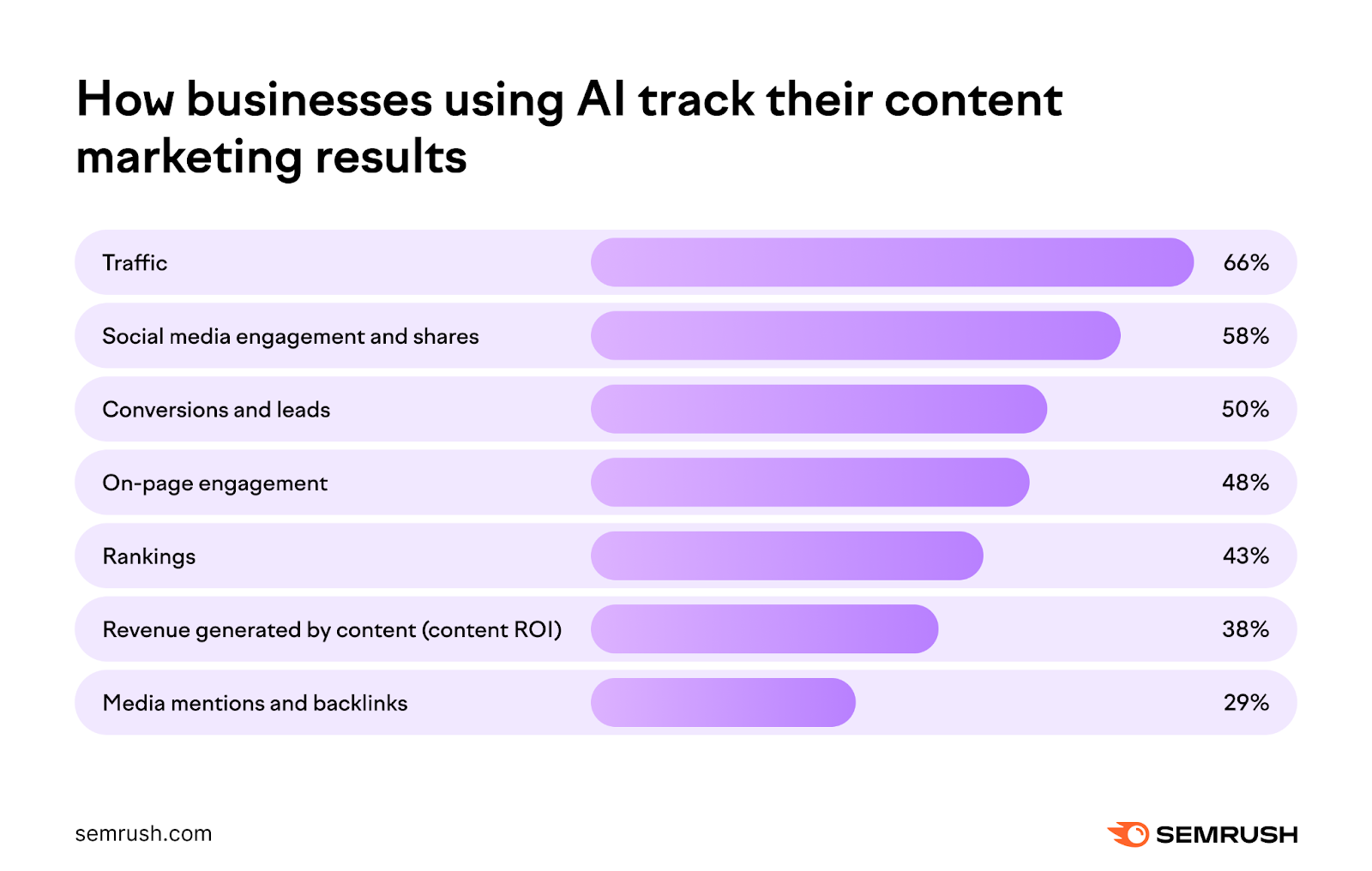
Source: Semrush
Takeaway: Future-Ready Marketing Starts with AI
AI isn’t just reshaping the tools B2B marketers use—it’s redefining the very strategies that drive success in today’s competitive landscape. From drastically reducing repetitive workload to enhancing content relevance, AI empowers brands to connect more effectively with their audiences. As marketing budgets tighten and expectations for ROI heighten, investing in AI-driven solutions isn’t just innovative—it’s transformative.
Pro Tip: When integrating AI into your martech stack, focus on tools that align with your specific goals, whether that’s improving content quality, refining audience insights, or streamlining workflows. Platforms such as Jasper, ChatGPT, or HubSpot’s AI tools are excellent starting points to achieve measurable upgrades in efficiency and personalization.
Where B2B Marketing Dollars Are Headed in 2025
As the digital marketing landscape evolves, B2B marketers are fine-tuning their budgets to focus on technologies and channels that promise the maximum return on investment. In 2025, the emphasis is shifting toward smarter resource allocation, with AI, paid search, social media, email marketing, and robust content strategies taking center stage. These trends don’t just reflect where the industry is today—they reveal where it’s headed, as businesses look to elevate both customer engagement and operational efficiency.
- AI Commands Center Stage: More than 50% of marketers plan to grow their AI investments over the next year, signaling an increasing reliance on AI for automation, data analysis, and personalized marketing. Source
- Social Media Spending Rises: A noteworthy 56% of B2B marketers intend to increase their social media budgets in response to its ability to drive brand awareness and lead generation. Source
- Paid Search Gains Traction: Paid search is becoming a critical lever in performance marketing, with 40% of B2B marketers planning to allocate greater resources to this channel. Source
- Email Marketing Stays Strong: Despite the rise of newer channels, email marketing remains an essential tool for nurturing leads, with another 40% of marketers planning increased investments here. For businesses looking to maximize the impact of this channel, outsourcing email marketing can be a cost-effective strategy to ensure campaigns are expertly managed and deliver measurable ROI. Source
- Advertising and Content Dominate Budgets: A May 2024 study reveals that advertising (19%) and content (17%) remain top priorities in B2B marketing budgets, a focus that is expected to continue shaping strategies in 2025. Source
Takeaway: Balancing Innovation and Proven Strategies
B2B marketers in 2025 are walking a tightrope between innovation and tried-and-true methods. AI is becoming the backbone of martech stacks, powering smarter personalization, automation, and performance tracking. Meanwhile, channels like social media and email marketing are evolving, delivering measurable results while benefiting from AI-driven enhancements. To succeed, marketers must not only adopt emerging technologies like AI but also optimize their use of stalwarts like paid search and email to align with shifting buyer preferences.
Pro Tip:
Future-proof your martech investments by choosing tools that integrate seamlessly and scale with your business needs. For instance, consider platforms that combine AI-driven insights with actionable capabilities in areas like multi-channel campaign management and performance metrics. Beyond technology, monitor industry benchmarks to ensure your channel spend delivers consistent ROI.
Mastering B2B Content Distribution Channels: Insights That Matter
In B2B marketing, simply creating great content isn’t enough—it’s about ensuring it reaches the right audience at the right time. As buyer preferences shift and digital touchpoints multiply, understanding which channels yield the greatest impact can give businesses a competitive edge. From leveraging the ubiquity of social media to harnessing the evergreen power of SEO, the following statistics shed light on where B2B marketers should focus their distribution efforts.
- Social media stands tall as the leading content distribution channel for B2B marketers, with 90% utilizing it to connect with their audiences. Source
- SEO remains indispensable, with 49% of B2B companies prioritizing it over tactics like organic social (43%), paid social (35%), and video (21%). Source
- A majority 66% of B2B buyers rely on internet search results to inform purchasing decisions, placing higher trust in organic search than online ads (35%) or social media (23%). Source
- With 90% of B2B marketers using their company websites as a core distribution channel, it’s clear that having an optimized web presence is non-negotiable. Source
- More than 50% of B2B marketers leverage blogs, email newsletters, and direct email campaigns to share their content and nurture leads. Source
- Tapping into media outreach and public relations, 52% of B2B marketers also utilize speaking engagements and presentations for content distribution. Source
Takeaway: Strategy First, Channel Second
The data underscores one thing: even the best content won’t perform without thoughtful distribution. Social media may dominate, but it works best when paired with a robust SEO strategy and a dynamic mix of channels, ensuring content reaches buyers wherever they are in their journey. For B2B marketers, the key lies in adopting a holistic, omnichannel approach that integrates long-standing practices like blogging and email marketing with the visibility and engagement potential of SEO and social platforms.
Pro Tip:
Don’t stop at distributing content—track its performance across channels. Use insights from analytics tools to identify which platforms resonate most with your audience and refine your strategy accordingly. Tailor your content to each channel’s strengths: use visual storytelling on social, detailed guides on your website, and personalized touchpoints in email campaigns. This not only maximizes distribution efforts but ensures meaningful engagement at every step.
Why Video Should Be at the Heart of Your B2B Marketing Strategy
As digital innovation transforms how businesses communicate, video has emerged as a critical tool in the B2B marketing arsenal. It’s no longer just a medium for consumer brands—video is reshaping how B2B marketers educate prospects, build trust, and drive conversions. Whether it’s a 30-second product demo or an in-depth customer success story, video content meets the rising demand for engaging, digestible, and scalable communication. But what really sets video apart is its ability to humanize your brand in a landscape where personal connections often take a backseat to automation.
- Video has been identified as the most effective content type for B2B marketers, easily shared across websites, email, and social media. Source
- Blogs that incorporate video marketing receive three times more inbound links than articles that only contain text. Source
- Short-form videos have emerged as the most viewed type of marketing content on the internet. Source
- According to a Gartner study, 65% of B2B buyers use YouTube to inform their decisions, highlighting the platform’s importance in the B2B buying process. Source
Takeaway: Video Amplifies Trust and Decision-Making in B2B
The stats don’t lie—video has become a cornerstone for building credibility and accelerating the B2B buyer journey. By integrating video into your content strategy, from thought leadership clips to customer case studies, you’re not just improving engagement—you’re creating opportunities to influence decision-makers at critical stages. Furthermore, platforms like YouTube are no longer optional; they need to be prioritized as key channels for buyer education. Remember, your competitors are already harnessing the power of video marketing, so the sooner your strategy adapts, the better equipped you’ll be to stand out in a saturated marketplace.
Diversify your video efforts to reach wider audiences. Use SEO-friendly long-form videos for product tutorials, eye-catching short-form clips for social platforms, and customer interviews for nurturing trust. Tools like Vidyard, Loom, or Wistia can help you streamline video production without sacrificing quality, ensuring consistent delivery of high-impact content.
If you’re rethinking your broader B2B digital strategy, it’s worth exploring how video integrates seamlessly with a B2B website strategy. A well-optimized website paired with compelling video content can significantly enhance user experiences, improve lead generation, and drive conversions.
The Role of Email in Driving B2B Marketing Success
Email marketing remains a vital pillar in the B2B marketing framework, thanks to its ability to seamlessly combine scalability and personalization. In an era where B2B buyers demand tailored communications that address their specific pain points, email serves as a direct channel for building meaningful relationships. When paired with automation and personalization, it becomes a powerful tool for nurturing leads, shortening sales cycles, and driving long-term ROI.
- Nearly 50% of US B2B marketers view email as the most impactful element of their multichannel strategy. Source
- The global email user base is expected to grow to 4.6 billion by 2025, an increase from 4 billion in 2020. Source
- Email marketing is projected to generate $13.69 billion in revenue globally by 2025, nearly doubling its 2020 value of $7.5 billion. Source
- Personalized campaigns are on the rise, with 52% of email marketers planning to implement personalization, and 48% looking to lean into automation. Source
- While 55% of marketers use email primarily to boost sales, only 44% utilize it for lifecycle marketing, leaving untapped opportunities for customer retention and engagement. Source
- Around 35% of marketers aim to increase their use of automated email workflows, reflecting the continued focus on efficiency and scalability. Source
- Email newsletters remain indispensable, with 81% of B2B marketers relying on them as their top content marketing tool. Source
- As of 2023, 79% of B2B marketing companies and agencies report email as their most effective content distribution channel. Source
- For outreach, 77% of B2B buyers prefer email as their primary method of communication. Source
- Email newsletters rank high in content strategies, with 73% of marketers identifying them as a crucial element of their approach. Source
Takeaway: Personalization and Automation Unlock Email’s Full Potential
Despite its maturity as a channel, email marketing continues to grow and evolve, proving its staying power in the crowded B2B martech landscape. However, today’s buyers expect more than generic outreach—they crave content that speaks directly to their needs and challenges. Incorporating personalization, automation, and AI-driven solutions into your email strategy can help you meet these expectations while scaling your efforts. Whether through personalized product recommendations, behavior-triggered campaigns, or industry-focused messaging, the ultimate goal is to create relevant, timely interactions that build trust and drive conversions.
Pro Tip:
Leverage dynamic segmentation to group subscribers by demographics, behavior, or their stage in the buyer’s journey. This allows you to deliver hyper-relevant messages that increase your open rates, click-throughs, and overall ROI. Also, make it a habit to A/B test subject lines, email designs, and CTA placements to continually fine-tune your campaigns for better performance.
Must-Have Tools for a Robust B2B Martech Stack
In the fast-paced realm of B2B marketing, success hinges on having the right tools to drive efficiency, personalization, and data-driven decisions. With buyers expecting tailored experiences and measurable outcomes, a sophisticated martech stack is no longer optional—it’s essential. The tools marketers choose today can make or break how effectively they manage, distribute, and optimize their content strategies. Here’s how the most commonly used technologies are shaping the backbone of modern B2B marketing:
- 87% of B2B marketers leverage analytics tools to track, measure, and refine their content marketing efforts. Source
- Content management systems (CMS) are used by 63% of B2B marketers to efficiently organize and distribute content across channels. Source
- Marketing automation software helps 55% of B2B marketers streamline workflows and scale their campaigns. Source
- 43% of B2B marketers use webinar and online presentation platforms to engage prospects with interactive and educational content. Source
Takeaway: Build a Martech Ecosystem, Not Just a Stack
Selecting the right tools is only part of the equation; their real power lies in how seamlessly they integrate with one another to support a unified strategy. A highly effective B2B martech ecosystem doesn’t just streamline processes—it enables marketers to deliver personalized experiences at scale while staying agile in response to market changes. As marketing channels grow more diverse, the tools you choose should facilitate collaboration across departments, centralize data, and simplify reporting to achieve better outcomes.
Take your martech stack to the next level by prioritizing tools that integrate well with other platforms in your ecosystem. Focus on building a centralized data hub, such as a CRM connected to your analytics and automation tools, so that every touchpoint delivers actionable insights.
B2B Marketing Priorities: Lead Generation and ROI Measurement
B2B marketers are increasingly focused on generating high-quality leads and proving the ROI of their marketing efforts. These priorities reflect the need for efficient and data-driven strategies in a competitive landscape.
- Growing a high-quality lead pipeline is the top priority for 37% of B2B marketers. Source
- Other key priorities for B2B marketers include implementing AI technology (35%), using data to drive decisions and measure performance (33%), and building relationships with new customers (32%). Source
- Driving new business is the top priority for 84% of marketers, yet only 27% feel they are effective at it. Source
- 42% of marketers identify proving the ROI of marketing activities as a top inbound marketing priority for the coming year. Source
- 70% of B2B organizations have increased their budget for lead generation activities. Source
- 48% of B2B marketers struggle with generating enough leads, while 24% face challenges in converting leads into revenue. Source
B2B marketers are prioritizing lead generation and ROI measurement to optimize their marketing efforts. The focus on data-driven decision-making highlights the importance of leveraging technology to improve efficiency and effectiveness. Invest in marketing analytics tools to track and measure the performance of your campaigns, allowing you to demonstrate ROI and make data-backed decisions.
Tackling B2B Martech Obstacles: Insights for 2025 Success
As the digital advertising ecosystem undergoes seismic shifts, B2B marketers are at a pivotal crossroads. From the sunsetting of third-party cookies to the persistent struggle of measuring ROI, the challenges ahead are not just technical—they’re strategic. The ability to future-proof martech stacks and align them with business goals will determine which brands thrive in this increasingly complex landscape.
- A notable 41% of marketers have no plans to adopt cookieless targeting methods, even as Google phases out third-party cookies in 2024. Source
- A staggering 85% of B2B marketers admit difficulty in connecting marketing performance to tangible business outcomes. Source
- Around 47% of marketers fail to measure the ROI of their content marketing efforts. Source, Source
- Alarmingly, 41% of B2B businesses report underutilizing their marketing automation platforms. Source
- Email-driven content marketing remains vital for B2B marketers, contributing to brand awareness (87%), demand and lead generation (74%), and lead nurturing (62%). Source
Key Takeaways: Clear Strategies for Long-Term Martech Wins
The statistics reflect a critical truth: a significant portion of businesses are not yet equipped to navigate the challenges of a privacy-first, ROI-driven digital ecosystem. Delaying adaptations, such as embracing cookieless tracking or maximizing automation, will not only hinder growth but also invite competitors to gain an edge. To safeguard the efficacy of your martech stack, B2B organizations must focus on proactive data strategies, integrate advanced analytics tools, and streamline workflows to unlock the full potential of automation.
Pro Tip:
Start by establishing a framework for measuring marketing outcomes that link directly to business KPIs. Utilize lightweight tools like Google Analytics 4 or attribution platforms to track ROI, and explore emerging AI-driven tools to optimize workflows and predictive analytics. Preparing today will ensure you’re not playing catch-up tomorrow.
Conclusion
The 2025 B2B martech stack is a blueprint for marketing innovation, designed to meet the demands of a more data-driven, personalized, and AI-infused future. From the growing influence of AI in content creation and audience analytics to the enduring power of email marketing and the surge in video content, the modern B2B landscape is evolving at an unprecedented pace. Marketers who strategically invest in AI tools, optimize content for SEO, and prioritize customer-centric channels like social media and email will stand out in a crowded marketplace.
However, with these opportunities come challenges. Navigating the cookieless future, proving ROI, and fully leveraging automation tools require thoughtful planning and strategic deployment. Prioritizing first-party data, refining lead generation strategies, and balancing automation with personalization are critical steps toward success in this dynamic environment.
If you’re ready to supercharge your business, partner with Scopic Studios—an AI‑driven digital marketing agency that blends innovation with execution. Our team will craft and implement a future‑proof martech plan that drives measurable growth. Let’s bring your B2B marketing vision to life.
About Creating B2B Martech Stack Trends: Tools, Channels, and Priorities for 2025
This guide was written by the Scopic Studios team and reviewed by Araksya Hakobjanyan, SEO Lead at Scopic Studios.
Scopic Studios delivers exceptional and engaging content rooted in our expertise across marketing and creative services. Our team of talented writers and digital experts excel in transforming intricate concepts into captivating narratives tailored for diverse industries. We’re passionate about crafting content that not only resonates but also drives value across all digital platforms.
Note: This blog’s images are sourced from Freepik.

